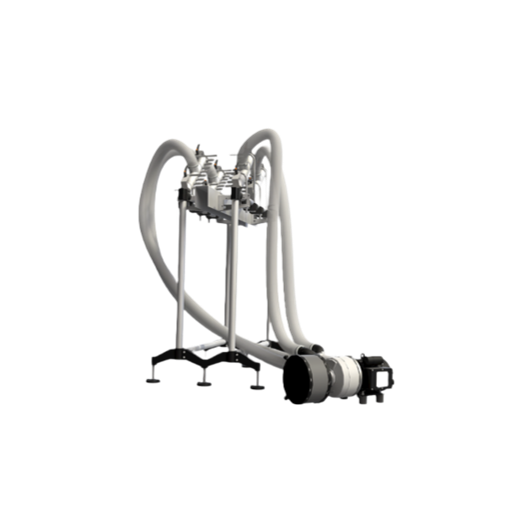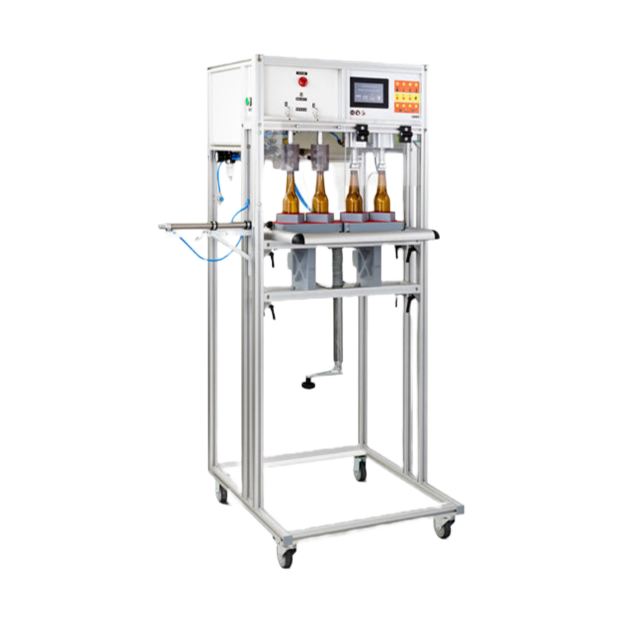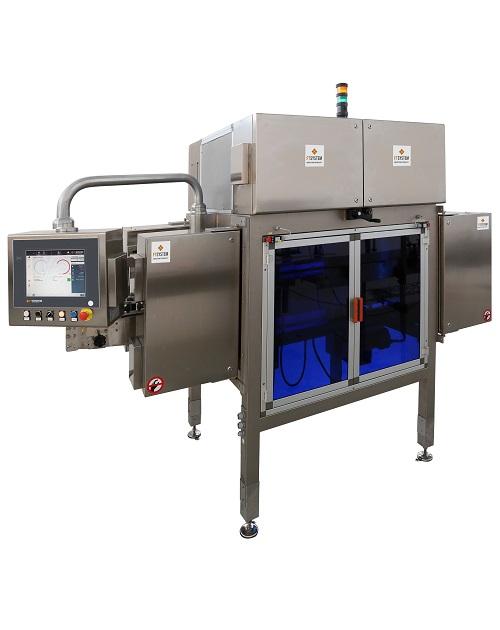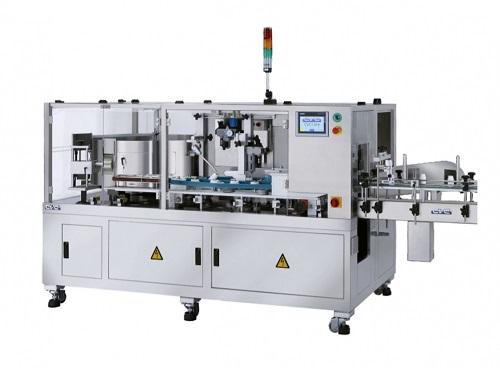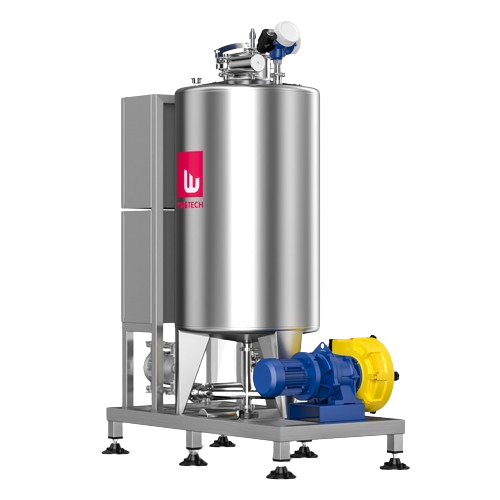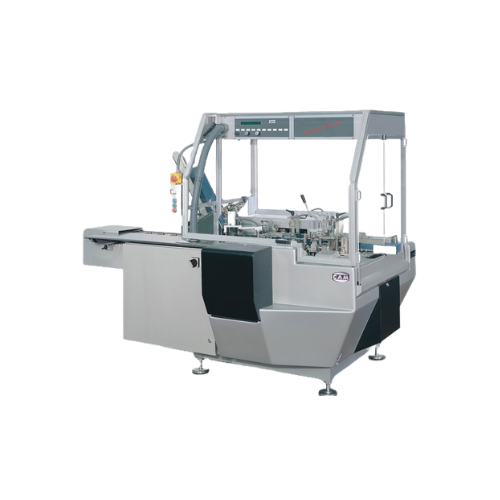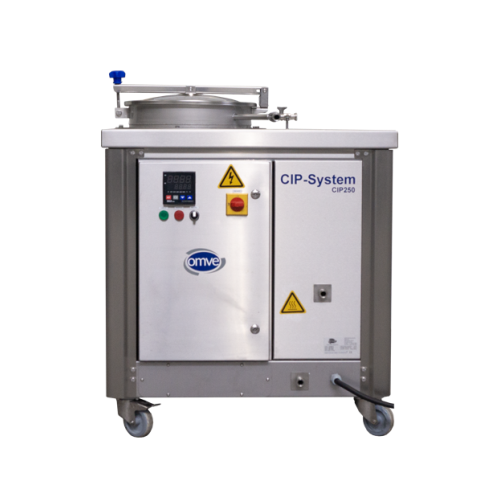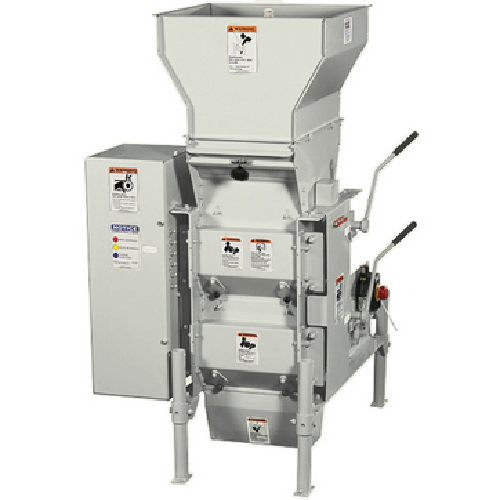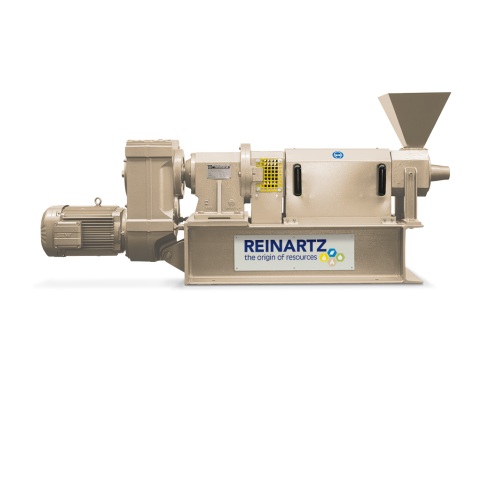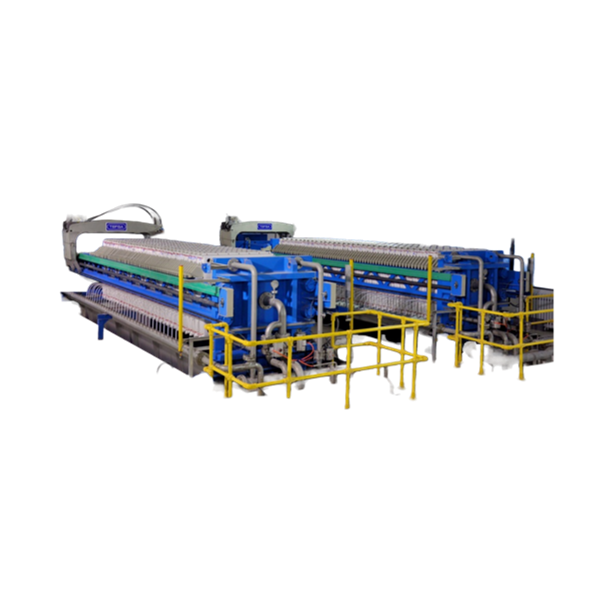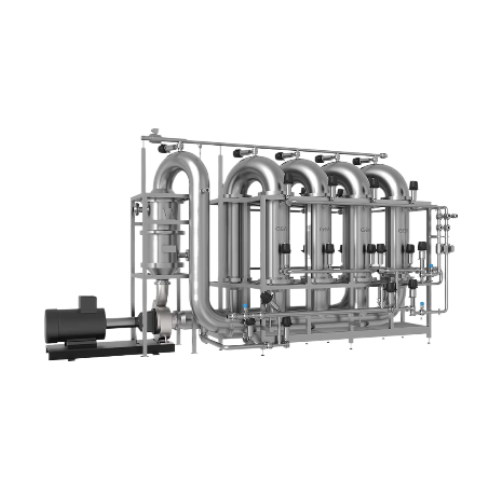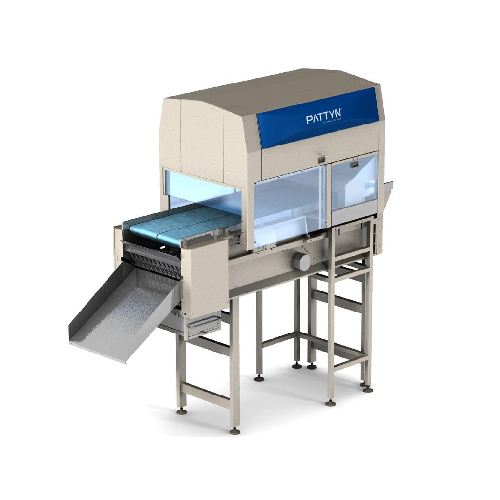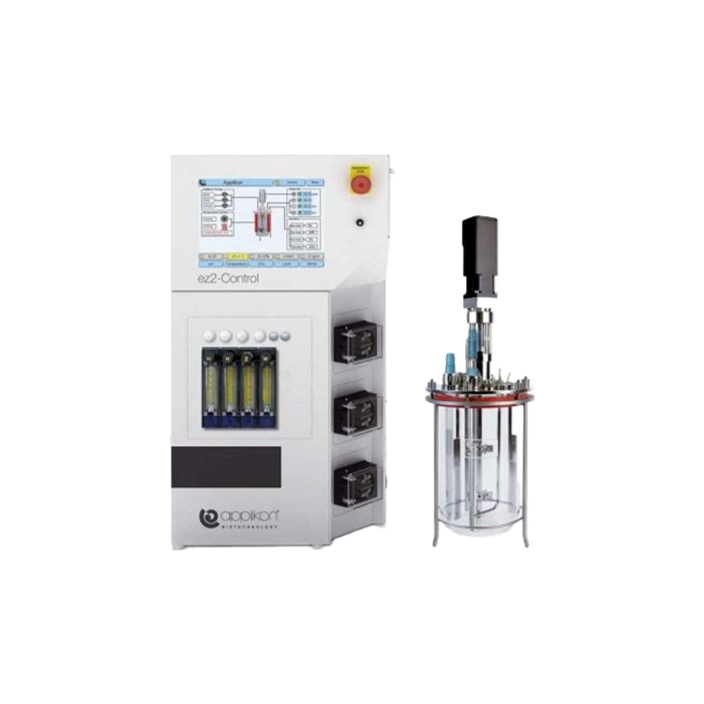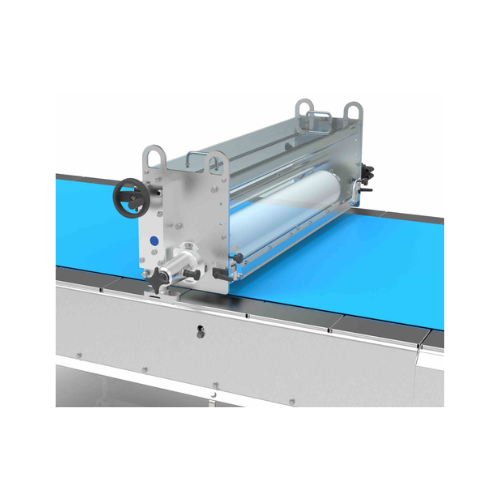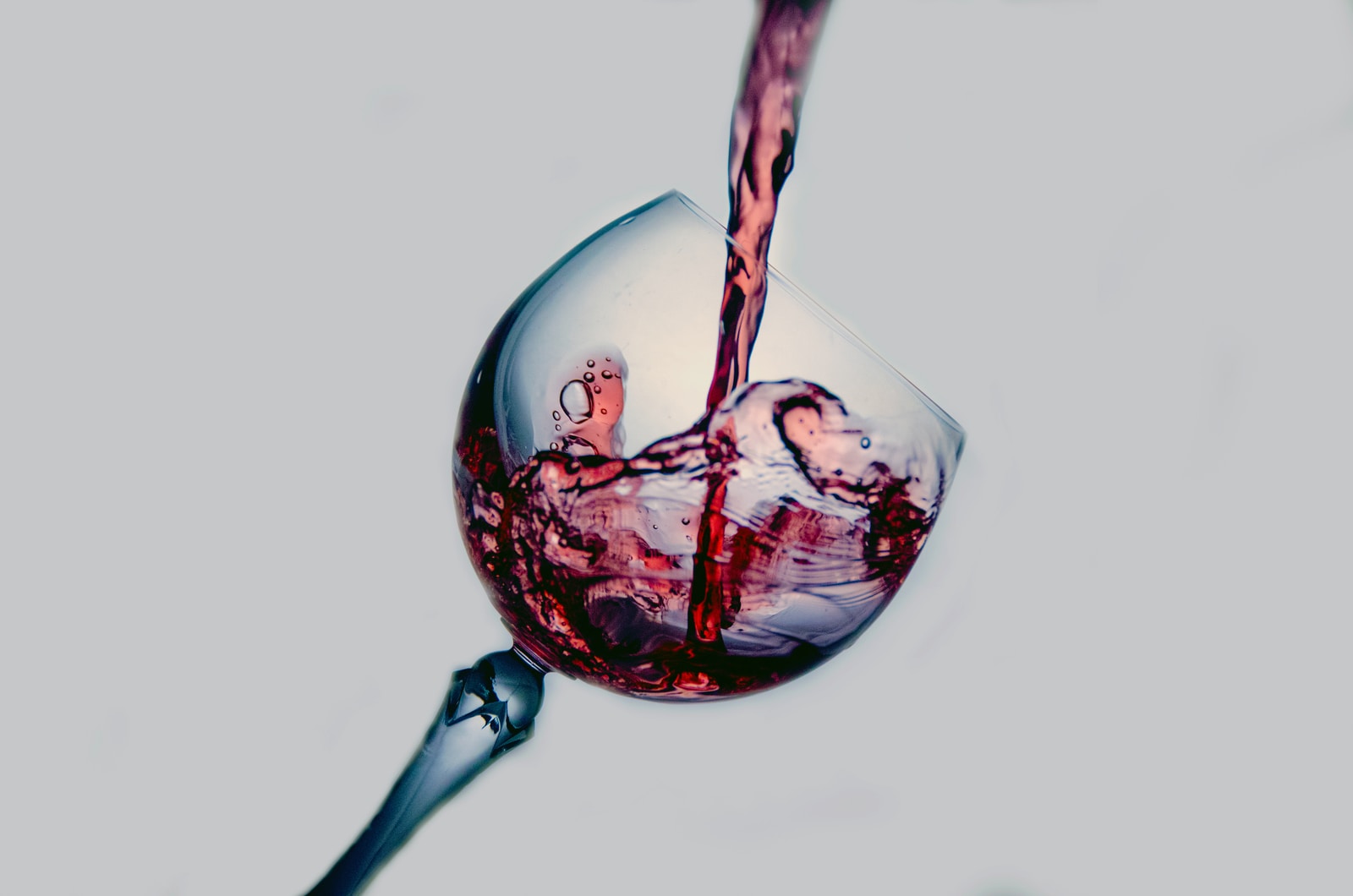
Making Wine
Find innovative production technology for making wine and connect directly with world-leading specialists
The winemaking process starts with harvesting and crushing grapes, goes through fermentation, ageing and finishes with packaging. Winemaking supplies vary according to the desired wine and the production or plant size.
Select your wine process
Tell us about your production challenge
First procedures for making wine: picking grapes
The harvesting process begins with winegrowers manually picking up grapes. It may also happen with harvesting machines, which speed up the process. They function as a usual tractor but with vibrating “arms” that pick the grapes and put them on a carpet. There, the equipment removes insects and branches. Some wine varieties are more difficult to harvest with machinery due to the fragility of the berries.
Winemaking supplies to extract juice out of grapes
While you can experience stomping grapes in some wine festivals or vineyards around the world, machines usually do the maceration work. Crushers can be combined with a destemmer, which opens the grapes to get their juice. They also separate the fruit from the steam, as the name suggests. In this phase, grape juice gets in contact with grape skins – in the case of red and rosé wines, at least. White wines usually cannot have contact with the skins, as if affects their sweet taste.
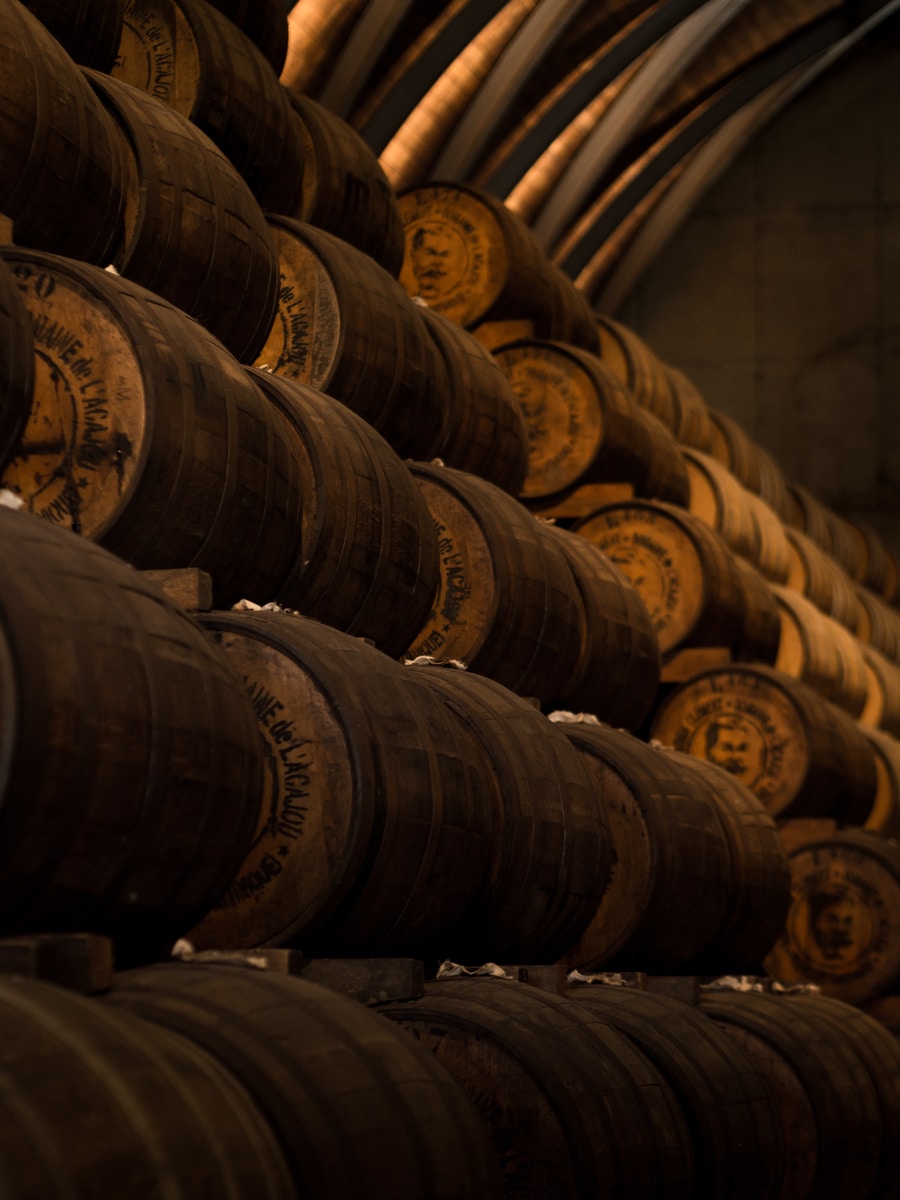
Choosing winemaking equipment for fermentation and ageing
Fermentation is the next step in the winemaking process, and vessels change according to what you seek in your wine. It can be either a stainless steel, wood or concrete container, or even an amphora jar. The choice affects the fermentation temperature, which is harder to control depending on the material. White wines ferment under lower temperatures than red ones because the cold helps maintain their fruity flavors and colors. Either way, fermentation at low temperatures helps extract a more flavory taste out of the wine.
After fermentation, the wine goes to a tank or barrel, where it ages. Maturation develops complex aromas and smoother tastes. The next step is to bottle the aged wine.
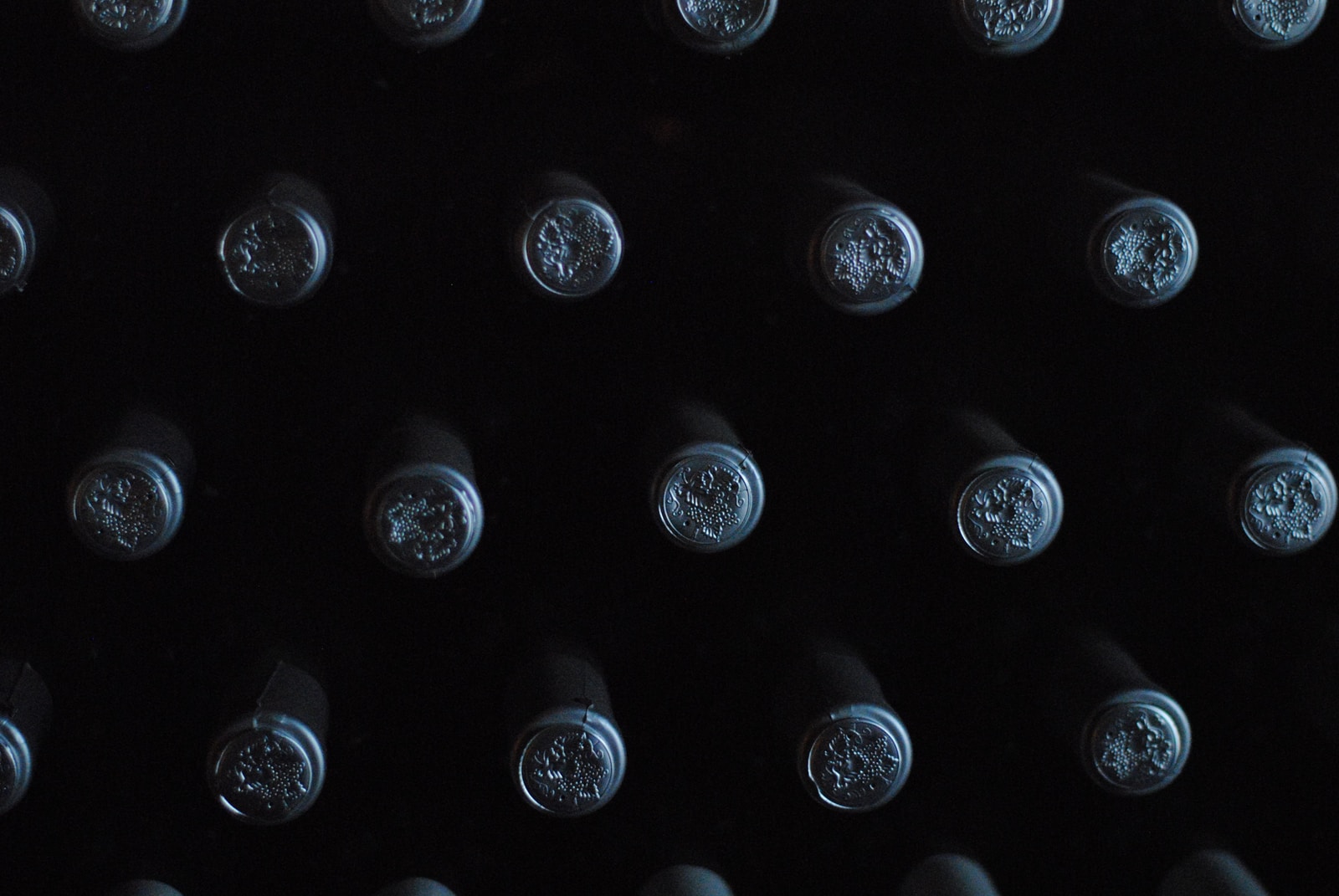
Bottling and packaging winemaking supplies
You may choose between semiautomatic and automatic machines that will pump your wine into the bottles. They can be adjusted with the maximum level of liquid you want in the bottle and their systems discard damaged bottles. After bottling, sterilization is an essential step to reduce the chances of contamination. Once cleaned, you can pack the wine bottles.
You can choose different winemaking supplies for packaging. One possibility is to opt for cartons with partitions, for instance, to avoid damaging the bottles. You can find both preformed partitions and non-preformed partitions; have in mind that the latter saves costs and still protects your bottles from crashing against each other. The packaging process of wrapping the bottles can be automated from the very opening of the carton.
Which wine technology do you need?
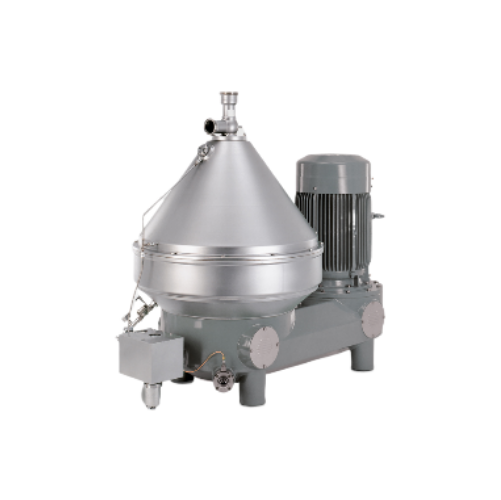
Separators for biochemicals
Achieve precise separation and purification of complex biochemical mixtures with self-cleaning c...
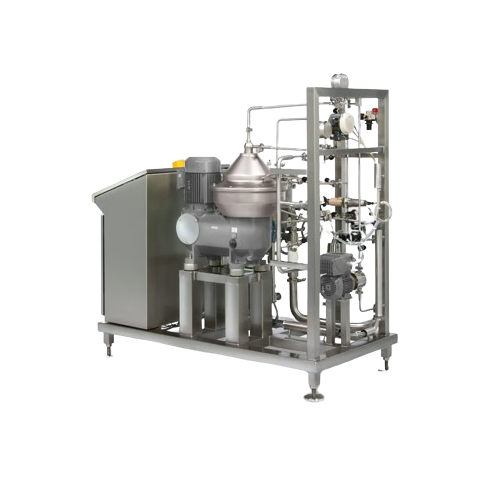
Clarifier for beverages
Enhance beverage clarity and purity with high-performance centrifugal separation, expertly designed t...
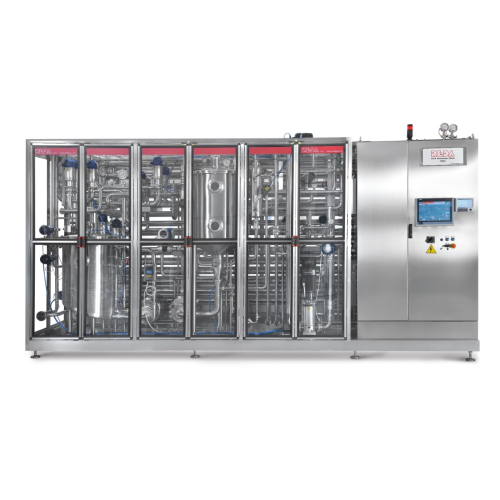
Uht sterilization for drinkable milk
Ensure long shelf-life and food safety without compromising the natural qualities of y...
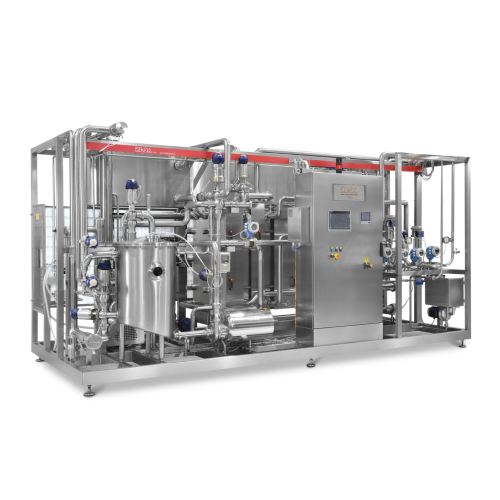
Pasteurizer for extended shelf-life (esl) milk
Extend the shelf life of milk while maintaining its taste and nutritional i...
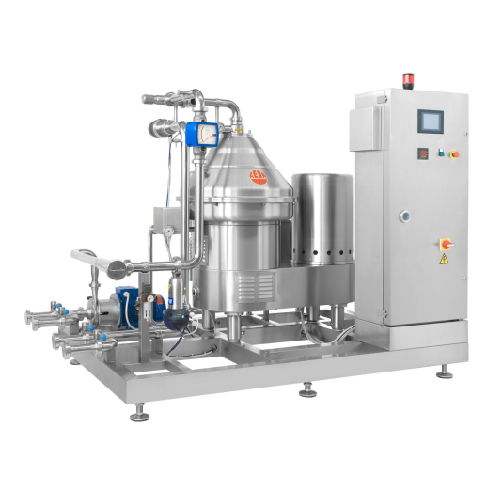
Wine clarification system
Enhance your wine production by effectively removing unwanted solids and reducing oxidation risk, ...
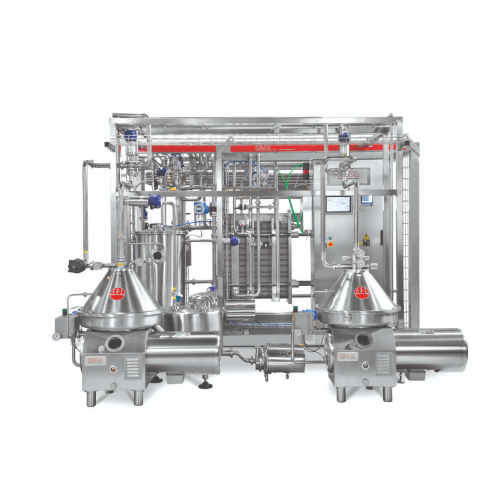
Milk pasteurizer for whey and cream
Ensure optimal product safety and quality with advanced heat exchange technology, reduc...
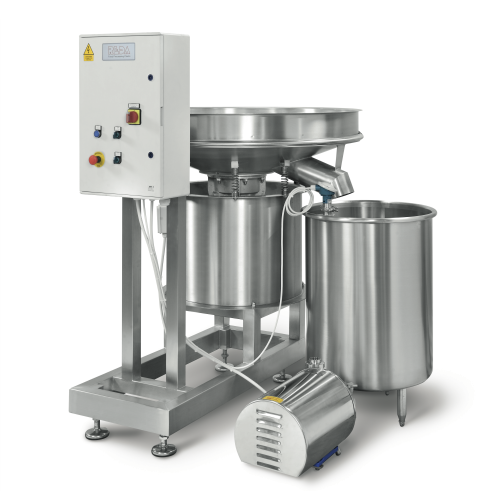
Whey processing line
Streamline whey processing by transforming byproducts into high-value proteins, catering to diverse nutr...
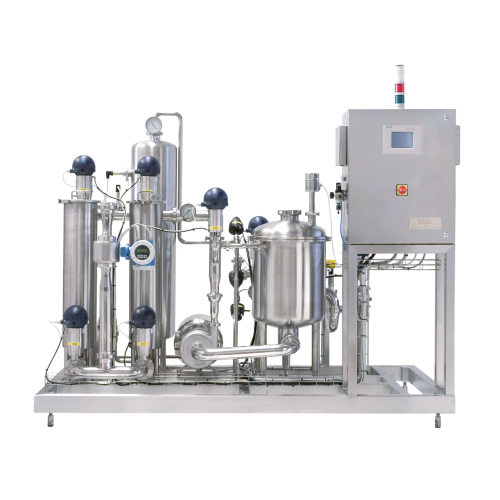
Milk collection system for bulk tankers
Optimize milk transfer and storage with a reliable system that reduces discharge ti...
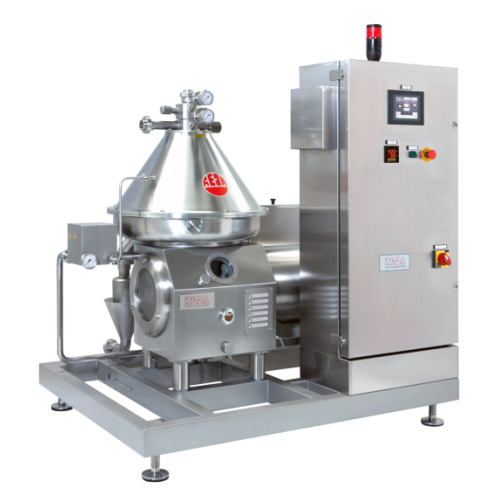
Milk skimming separators for dairy applications
Enhance dairy production with high-efficiency skimming separators that opt...
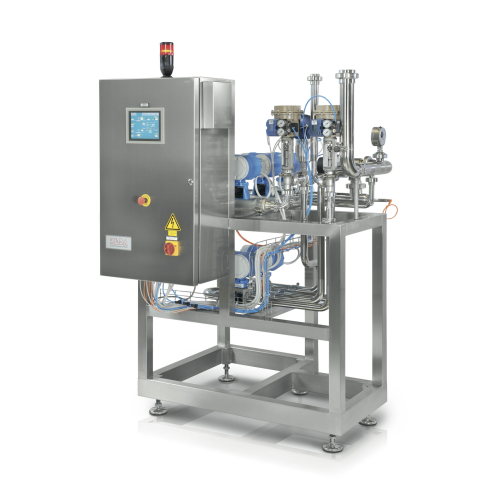
Milk standardization system
Achieve precise milk and cream fat standardization with this advanced inline system, optimizing ...
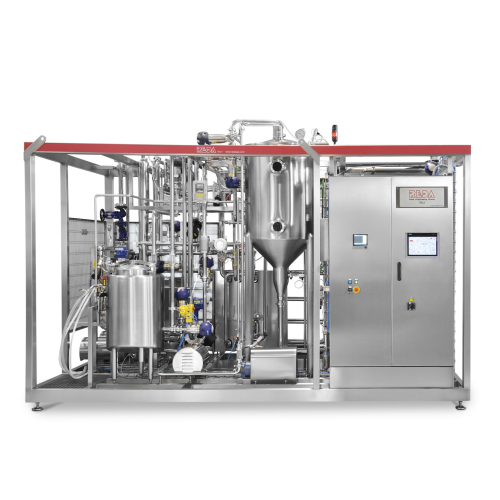
Pasteurizer for fresh milk
Ensure your dairy and beverage lines achieve optimal product safety and quality by leveraging adv...
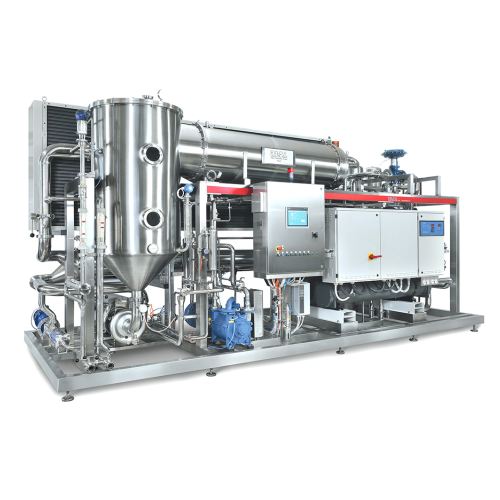
Grape must concentration solution
Optimize the alcohol content and flavor profile of your wines by efficiently concentratin...
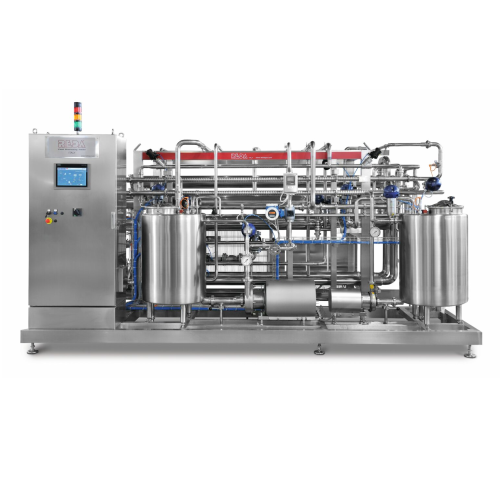
Membrane filtration for whey concentration
Enhance your liquid processing with advanced membrane filtration designed to im...
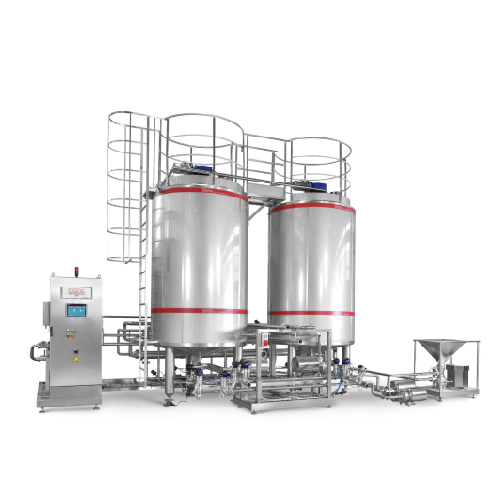
Blending and mixing unit for dairy and beverages
Achieve precise recipe control and high-quality results by seamlessly int...
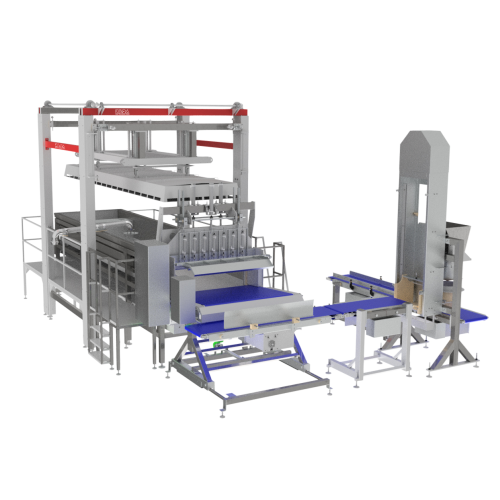
Cheese forming units for hard and semi-hard cheeses
Optimize your cheese production process with advanced moulding and pr...
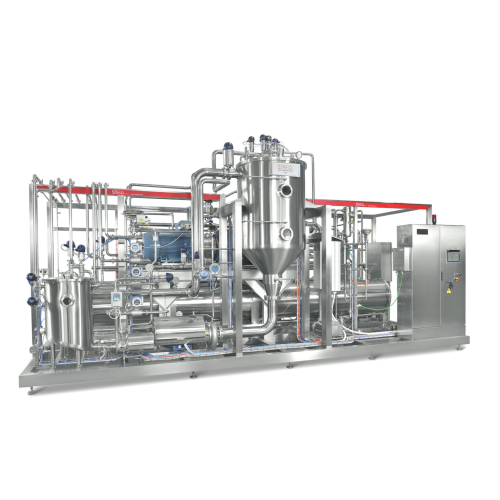
Low temperature evaporator for heat-sensitive food products
Efficiently concentrate sensitive liquid products while pres...
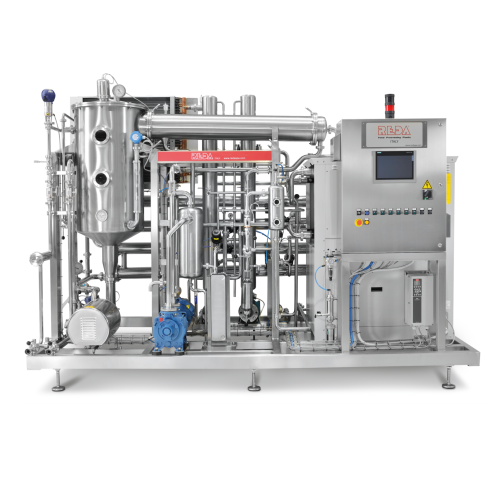
Wine dealcoholization system for low-alcohol wines
Struggling to meet market demands for low-alcohol wines? Achieve preci...
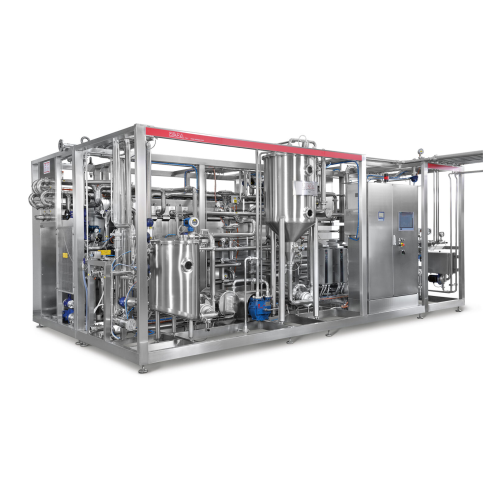
Milk evaporator for dairy industry
Optimize your liquid food production with precise control over evaporation processes, en...
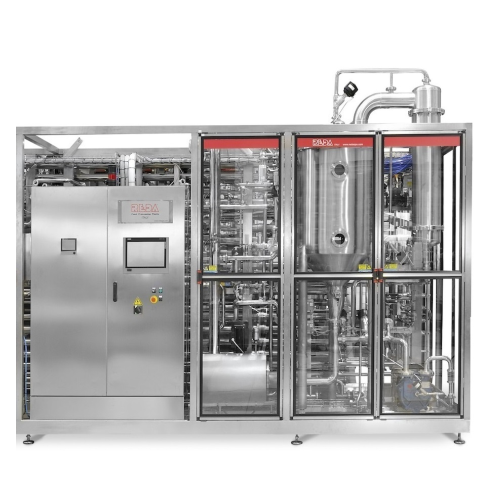
Vacuum deaeration with aroma recovery for juices
Eliminate oxygen from liquid foods to prevent oxidation while retaining v...
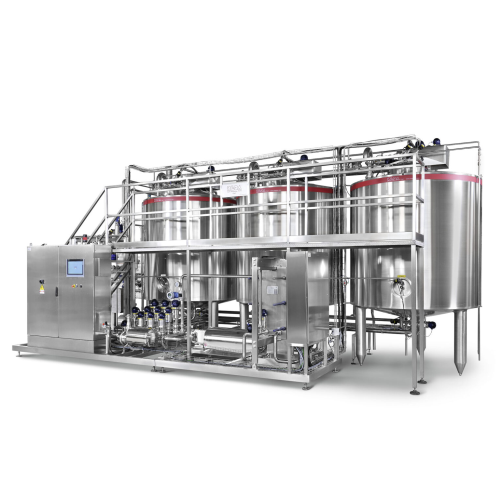
Fermentation tank for yoghurt and fermented dairy products
Optimize your dairy and plant-based drink production with eff...
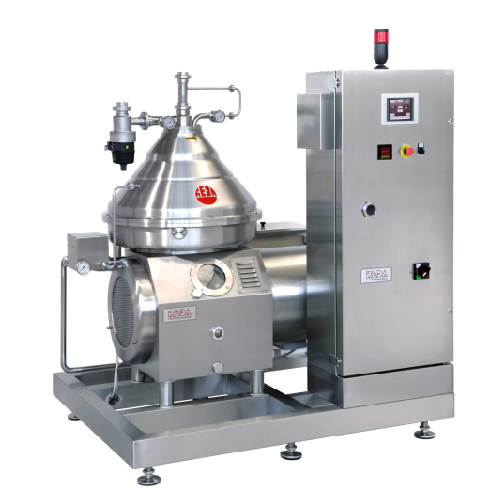
Bacteria removal separator for dairy products
Ensure top-quality dairy and plant-based products with reliable bacteria rem...
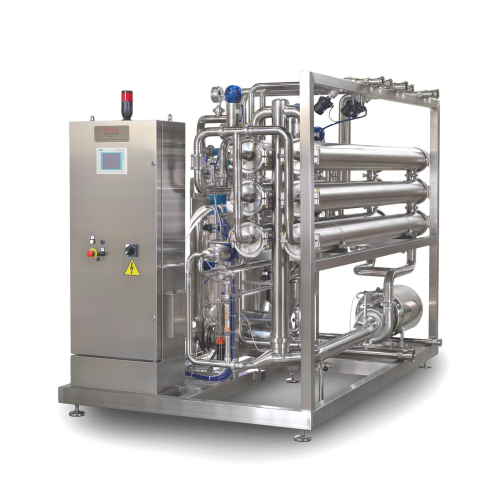
Brine purification system for reducing bacteria and molds
Ensure pristine brine quality by continuously removing bacteri...
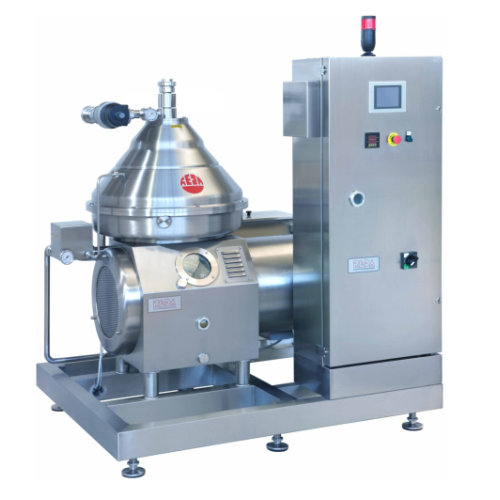
Clarifier for milk and whey
Optimize dairy and beverage production by efficiently removing fine curd residuals, ensuring hig...
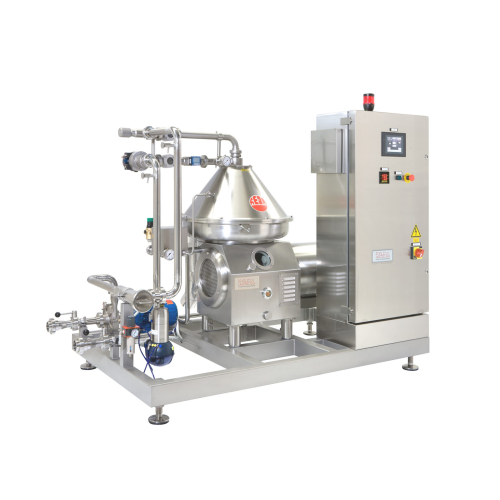
Juice clarification system
Ensure consistent beverage clarity with advanced separation technologies, enhancing production ef...
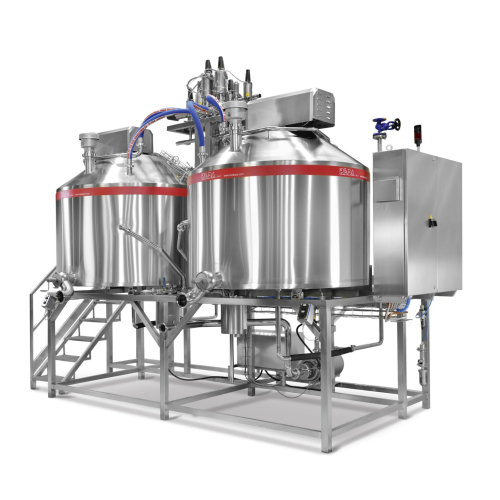
Curd making equipment for cheese production
Optimize your cheese production with versatile curd making equipment, designed...
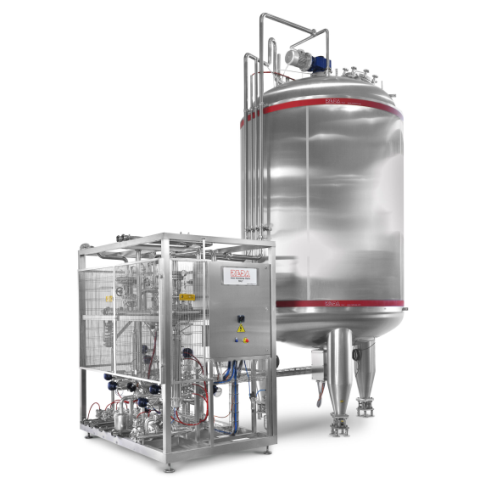
Aseptic tank for sterile liquid food storage
Ensure sterility and maximize shelf life for liquid foods by utilizing an ase...
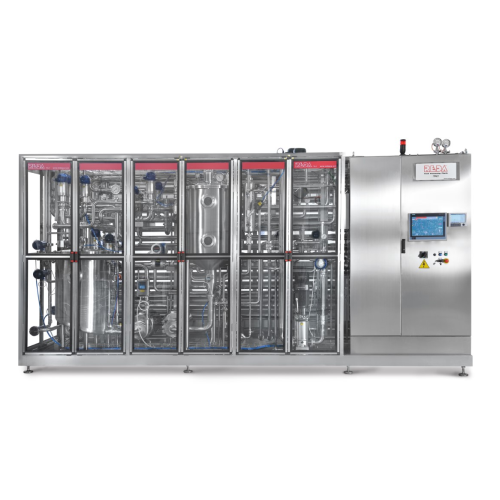
Uht sterilization for milk
Enhance your production line with advanced UHT sterilization, ensuring extended shelf-life and un...
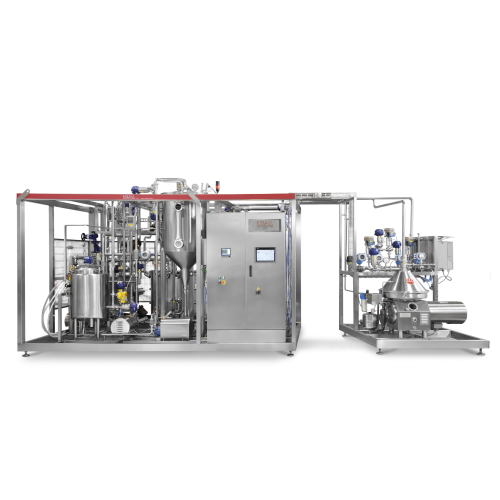
Complete milk processing lines
Optimize liquid product quality with a comprehensive processing line that integrates pasteuri...
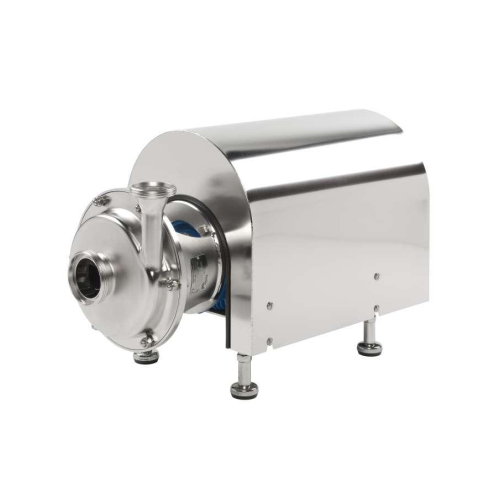
Centrifugal pumps for food & beverage and biopharmaceutical applications
Optimize your liquid transfer processes with p...
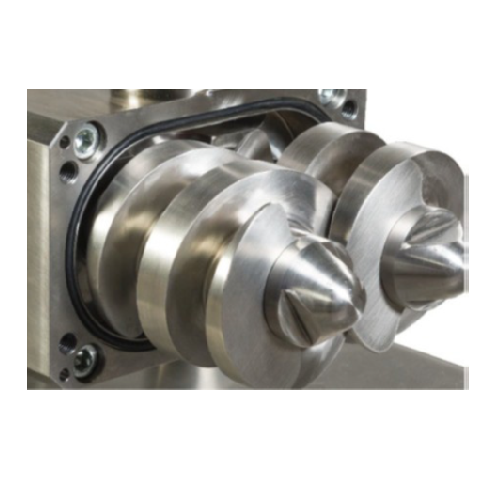
Aseptic sampling devices for biopharmaceutical applications
Secure aseptic sampling ensures your high-value biopharmaceu...
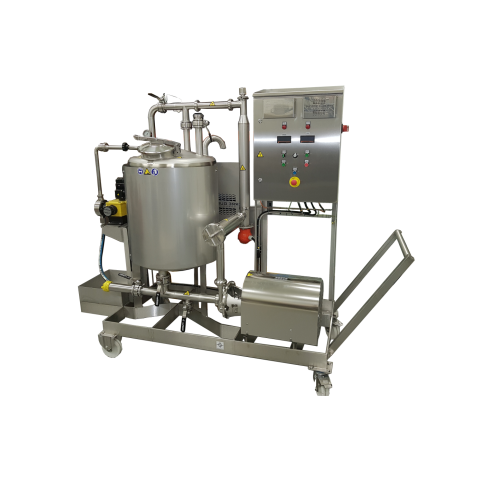
Mobile cleaning-in-place unit for process equipment
Ensure seamless cleaning of diverse process equipment with a mobile, ...
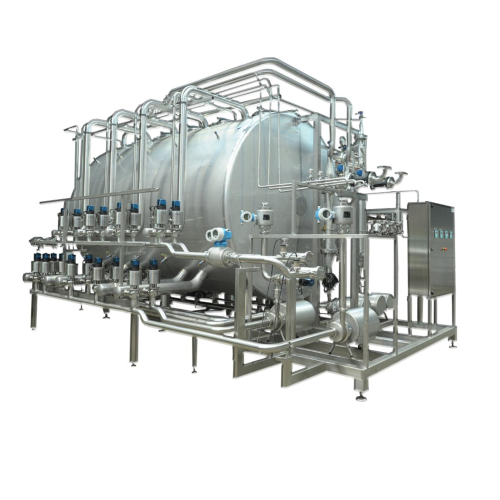
Compact cleaning in place units for food industry
Optimize your production line with a compact system designed for effici...
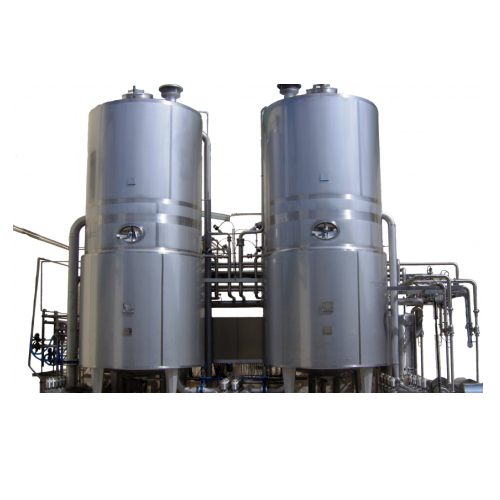
Cleaning-in-place for multiple equipment in food industry
Ensure precise hygiene and traceability with a system designed...
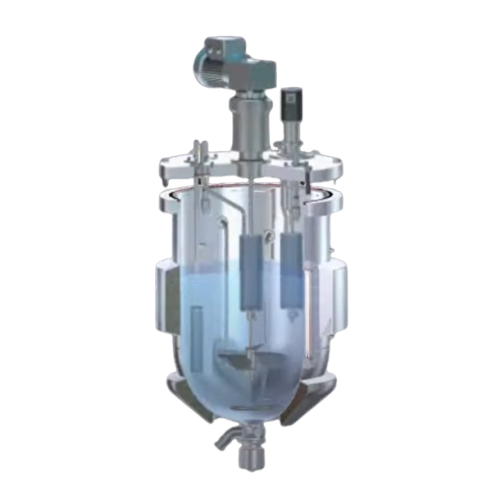
Industrial agitation and mixing solutions
Enhance your production line efficiency with engineered agitation and mixing sys...

Cleaning and sterilization in place for hygienic control
Ensure maximum hygiene and sterility in your production line wit...
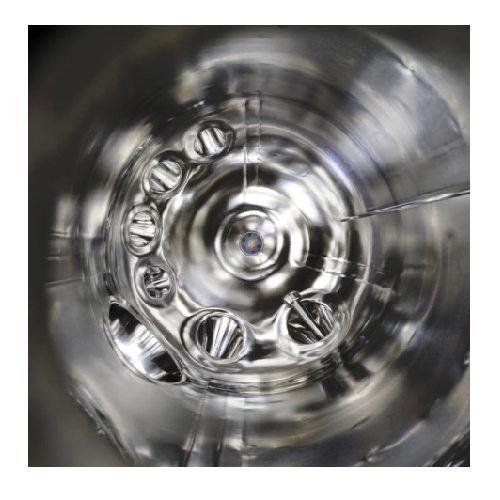
Stainless steel process vessels for biopharmaceutical applications
Ensure seamless mixing and sterilization with engine...
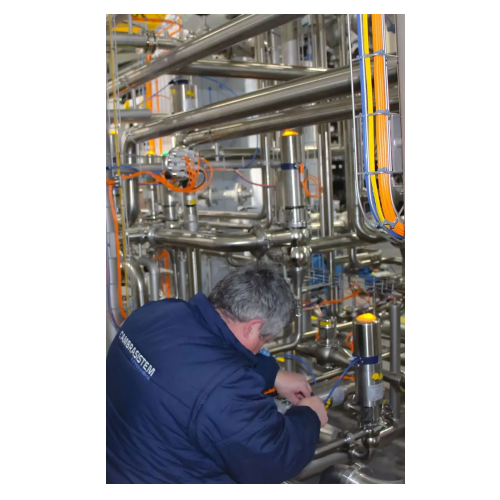
Automation for food processing
Optimize your food production with cutting-edge automation, enhancing efficiency and precisio...
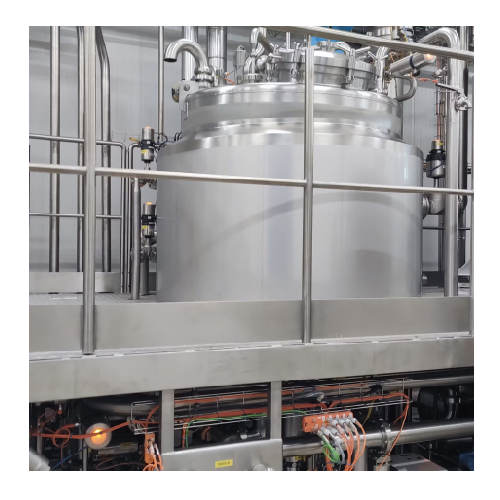
Batch processing systems for industrial applications
Optimize batch production with versatile systems that enhance energy...
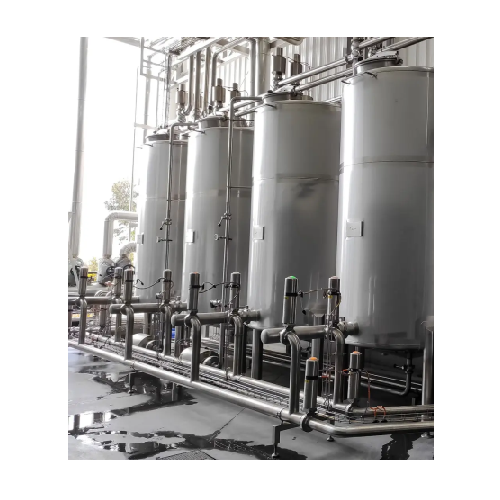
Cip cleaning systems for food and beverage industry
Optimize your cleaning operations with seamless Clean-in-Place and St...
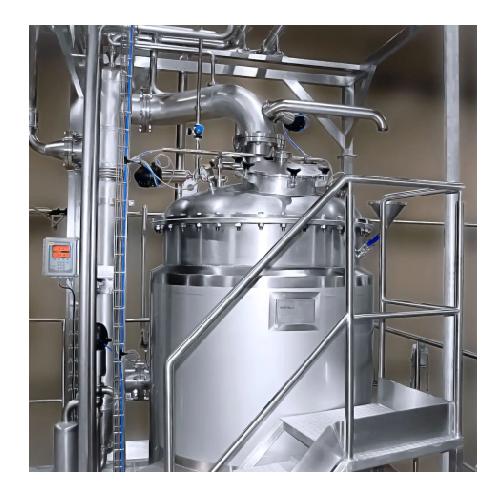
Inline processing system for food and beverage production
Optimize your production line with a versatile inline processi...
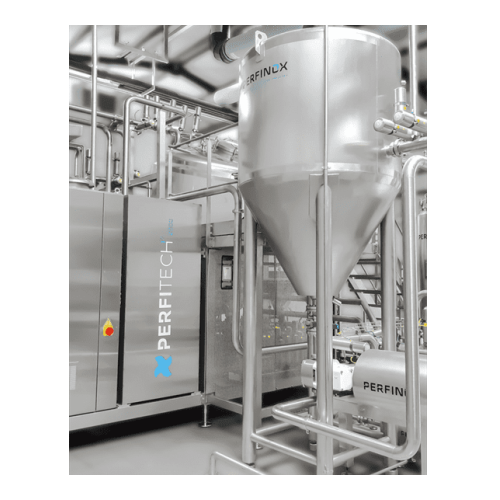
Industrial premixing system for batch and inline processing
Streamline your production with advanced premixing systems d...
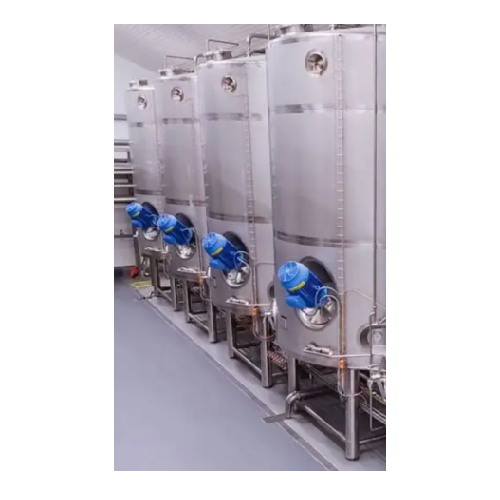
Turnkey food and beverage processing solutions
Optimize your production line with integrated processing systems designed t...
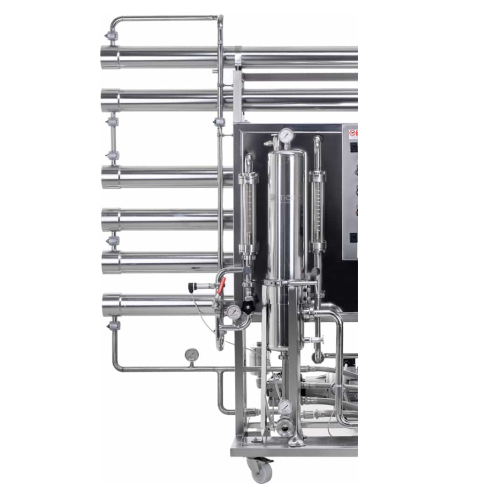
Reverse osmosis for concentration of oenological products
Enhance your winemaking process by concentrating and enriching...
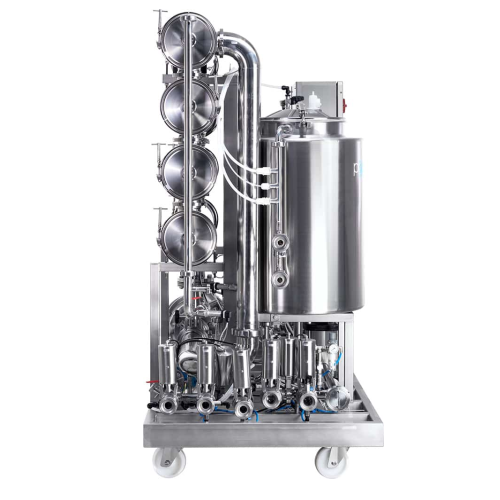
Tangential filtration system for wine production
Achieve precise filtration, purification, and concentration of compounds ...
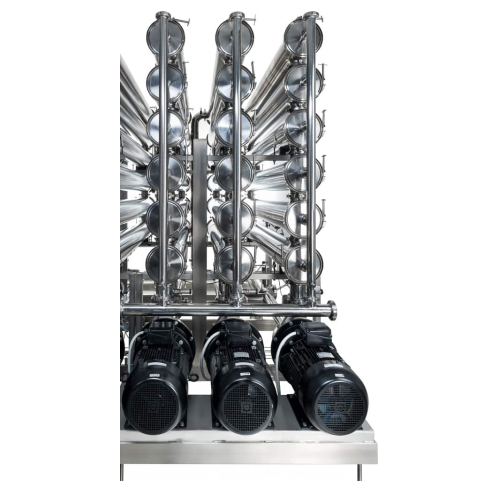
Tangential filtration system for wine clarification and stabilization
Ensure product quality and efficient bottling pre...
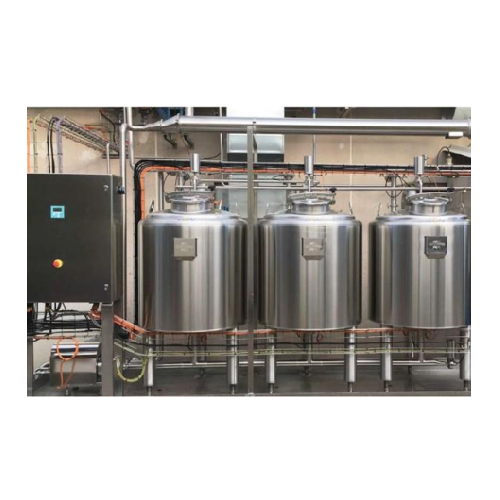
Close proximity cleaning-in-place solution for industrial hygiene
Enhance plant hygiene with a close proximity cleaning...
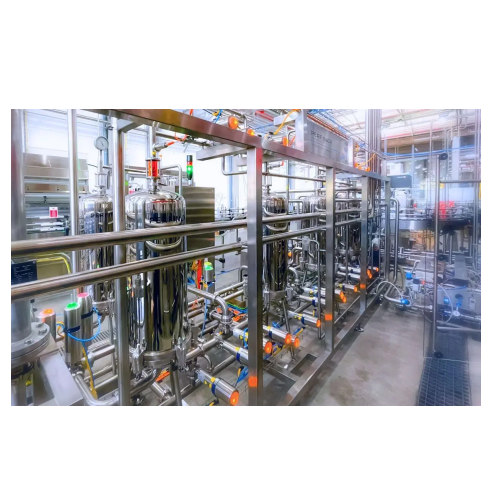
Automatic filtration system for beverage industry
Enhance your beverage production with a multi-stage filtration system t...
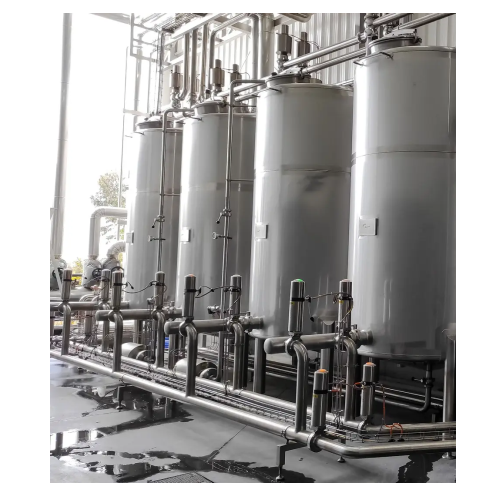
Clean-in-place system for industrial cleaning needs
Optimize your production efficiency with a system that seamlessly int...
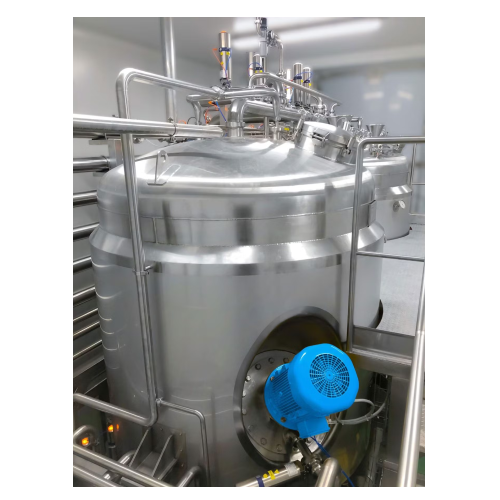
Industrial cooling vessel for ready meal components
Enhance your production with precise cooling and gentle handling of t...
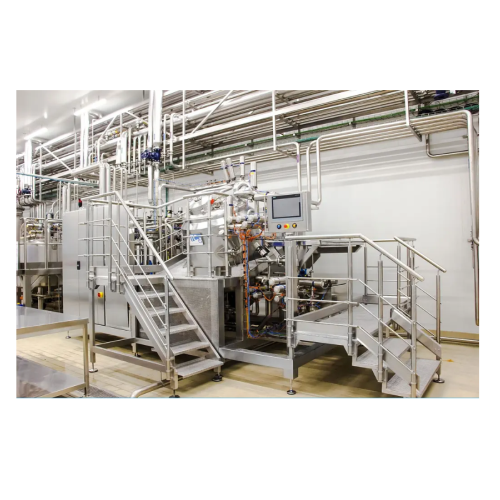
Mayonnaise production system
Ensure precise emulsification for low to full-fat mayonnaise and similar cold emulsions with a ...
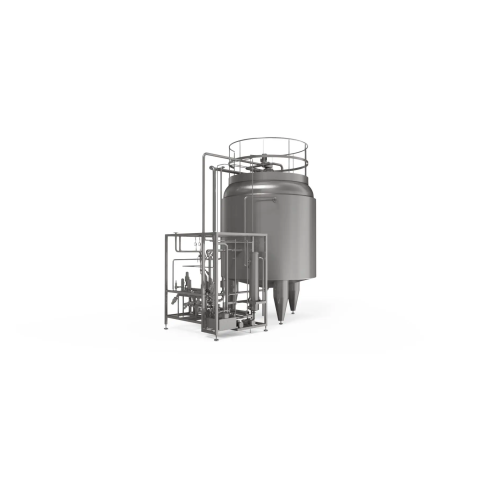
Aseptic storage tanks for high efficiency applications
Ensure consistent aseptic storage and efficient handling of variou...
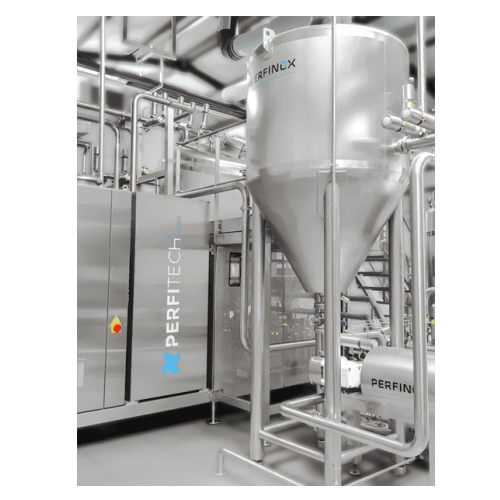
Compact production unit for liquid food products with varied viscosities
Streamline your batch production with this ver...
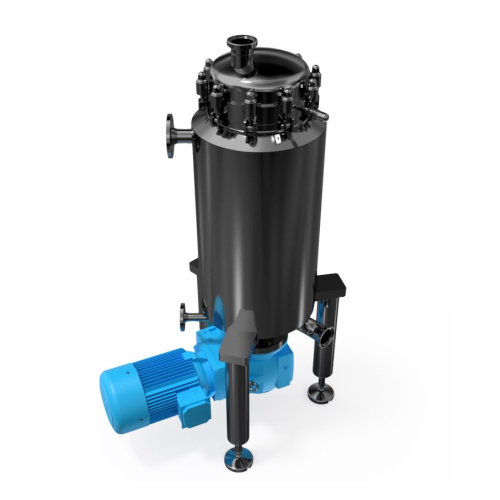
Scraped surface heat exchanger for food processing
Efficiently handle temperature-sensitive food products with a compact ...
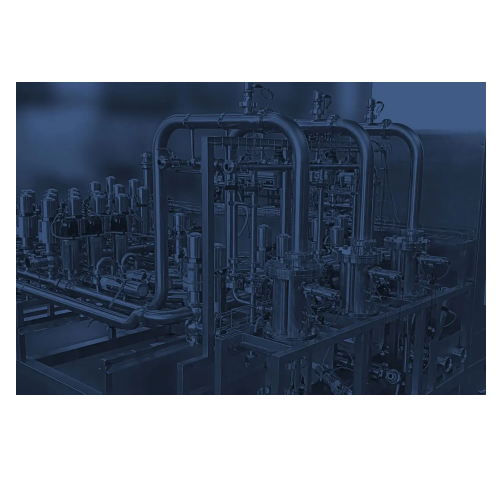
Pig systems for product recovery in food and beverage industry
Maximize yield and minimize waste with advanced PIG syste...
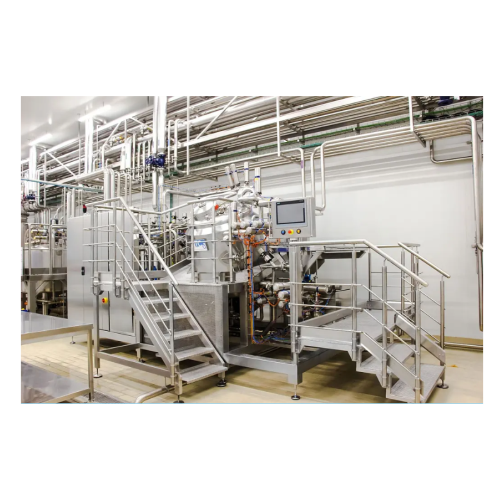
Hygienic fluid storage tanks for food industry
Ensure impeccable hygiene in fluid storage with our customizable tanks, des...
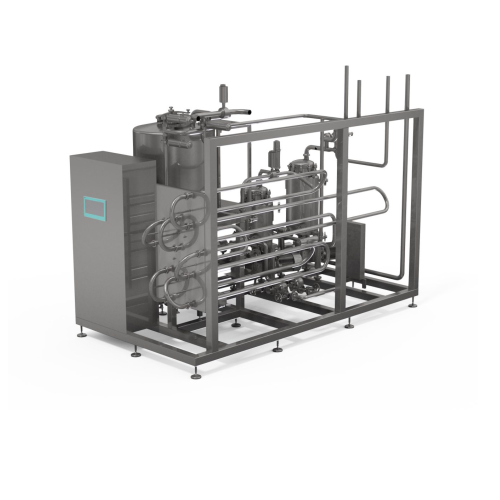
Aseptic thermal processor for high viscosity products
Optimize your processing of high viscosity products with precise te...
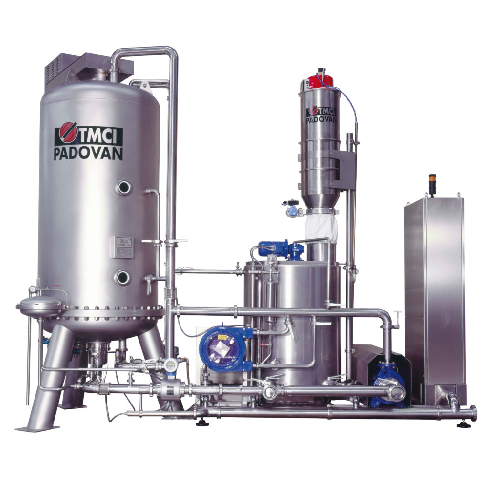
Ped tested filtration system for sparkling wines
Ensure consistent carbonation and clarity in your sparkling beverages wit...
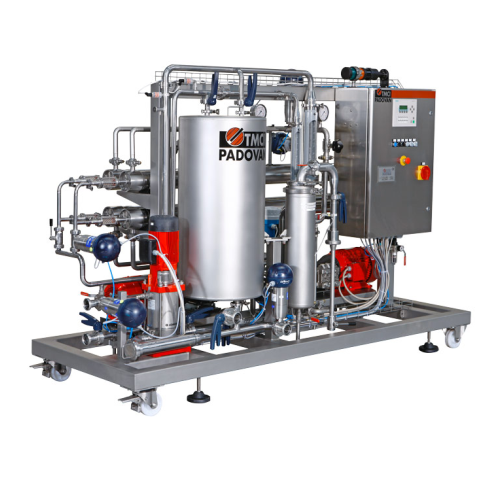
Nanofiltration and reverse osmosis for wine processing
Streamline your beverage production by effectively concentrating l...
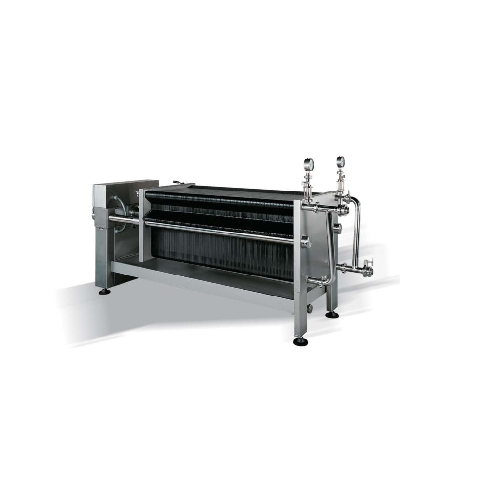
Plate and sheet filter for wine and vinegar
Optimize the filtration of liquids like wine and vinegar with this versatile s...
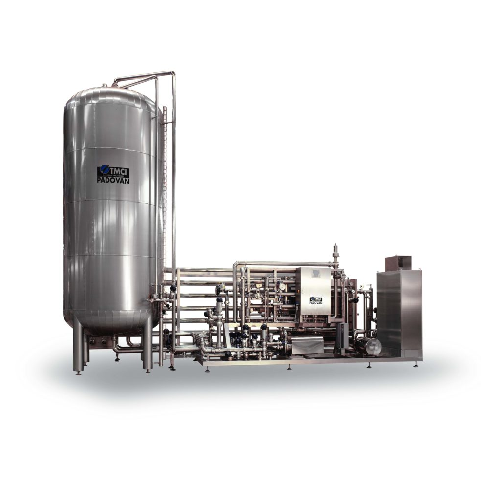
Plate flash pasteurizer for wine
Ensure optimal microbial inactivation while maintaining product quality with high-efficienc...
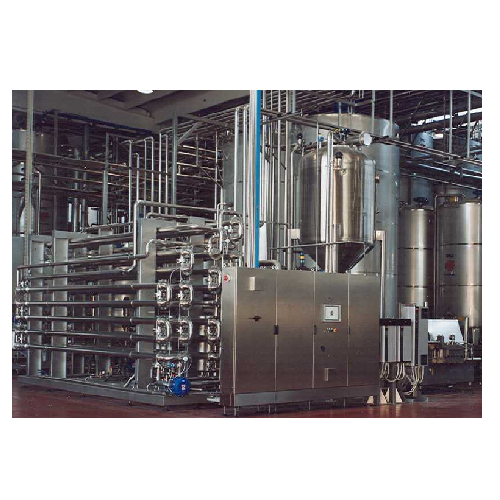
Tubular pasteurizer for wine, grape juice, and dairy
Ensure product integrity by efficiently inactivating microorganisms ...
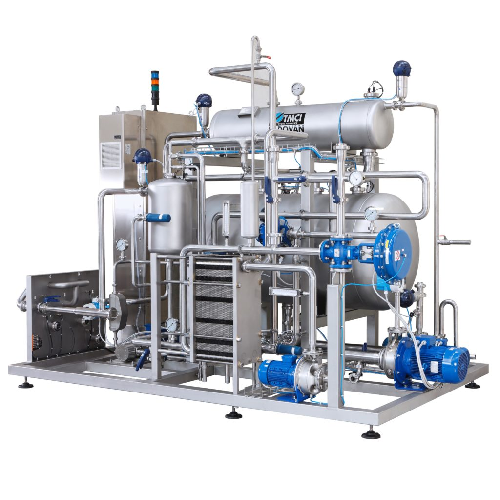
Premix system for alcoholic beverage preparation
Enhance your beverage production with precision mixing and carbonation, e...
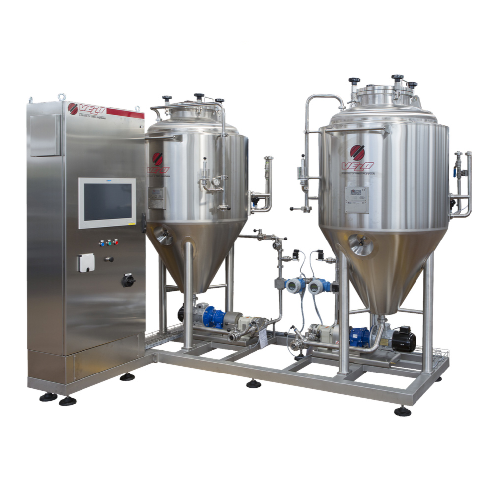
Cylindrical-conical tanks for yeast propagation in wine and grape juice
Optimize your fermentation process with efficie...
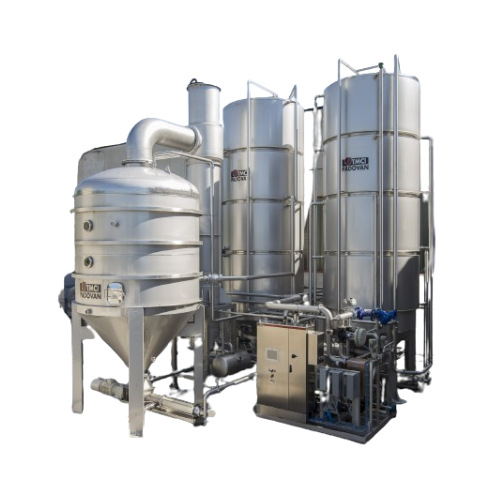
Thermovinification plant for grape juice
Optimize color and tannin extraction while reducing energy use by up to 35% with t...
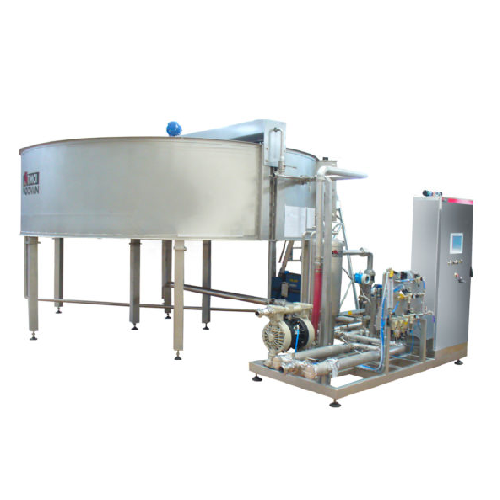
Continuous flotation unit for grape juice
Efficiently separate solids from liquids in grape and fruit juice production, ac...
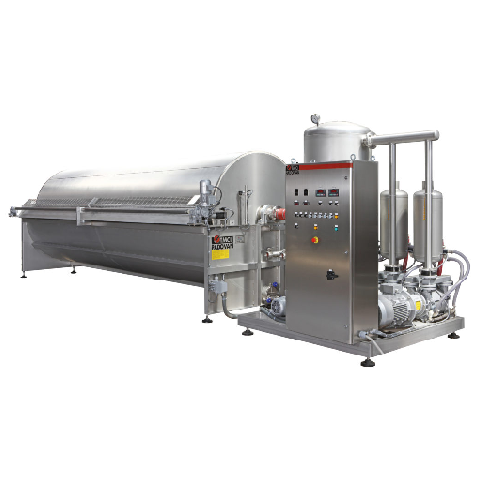
Rotary drum vacuum filter for wine lees
Optimize your filtration process for products like wine lees and sweeteners with ou...
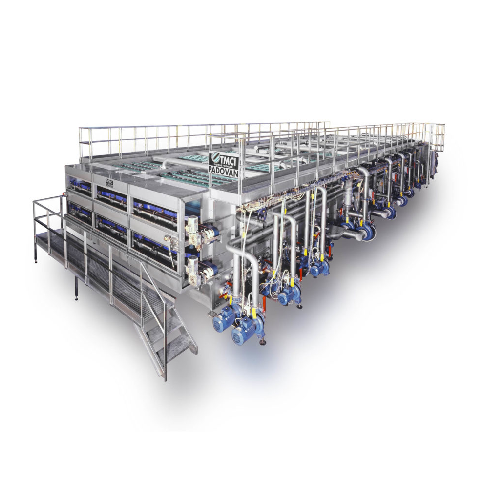
Tunnel pasteurizer for wine
Optimize your wine production with a high-efficiency tunnel pasteurizer, designed to enhance pro...
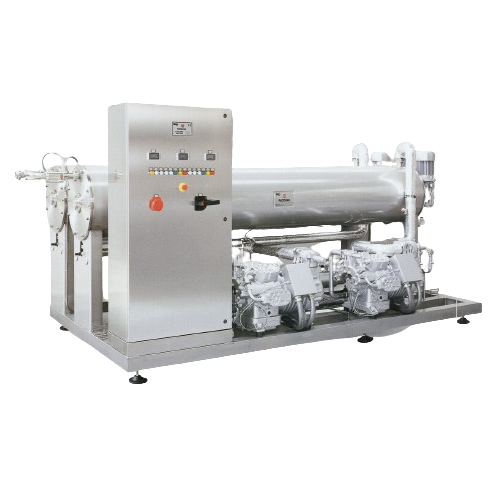
Scraped surface ultra cooler for liquid temperature reduction
Optimize your liquid cooling processes with advanced heat ...
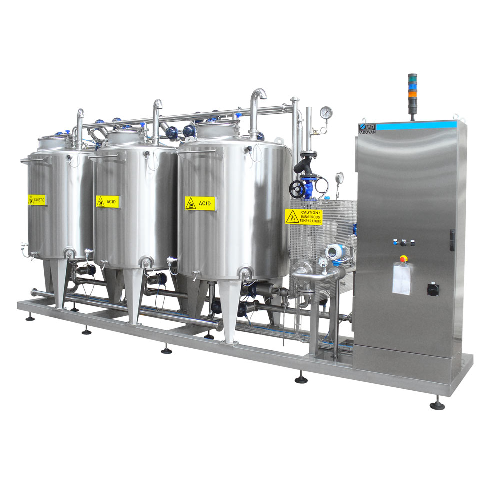
Cip system for wine, grape juice, oil, and dairy
Ensure optimal hygiene and operational efficiency in processing lines wit...
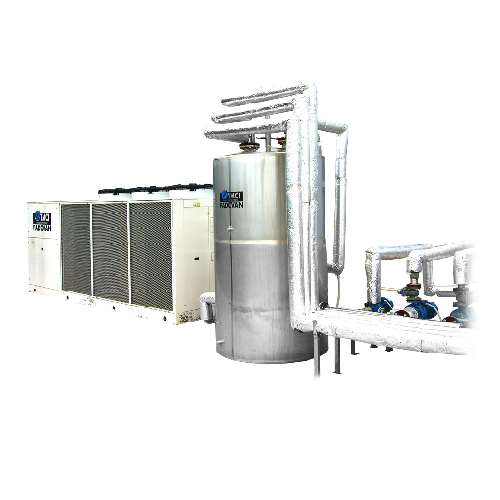
Fermentation temperature control for wine production
Ensure precise fermentation with advanced temperature control, cruci...
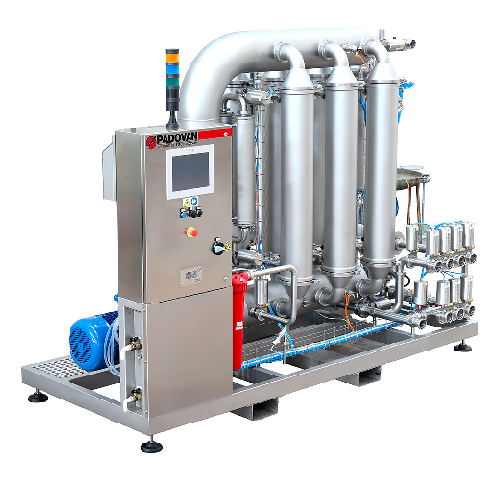
Crossflow filter for wine and grape juice
Efficiently streamline your beverage filtration process with a versatile crossfl...
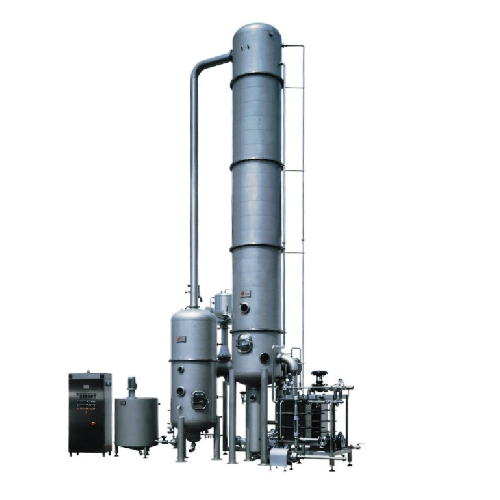
Desulphurizer for grape juice
Eliminate sulfur dioxide vapor release while preserving juice concentration, achieving purity ...
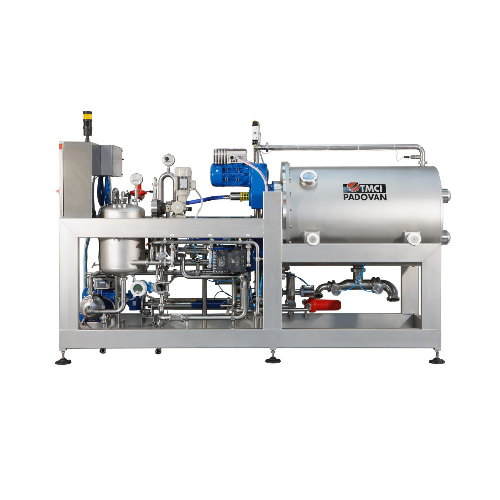
High solids crossflow filter for wine filtration
Optimize filtration efficiency while minimizing operational costs with th...
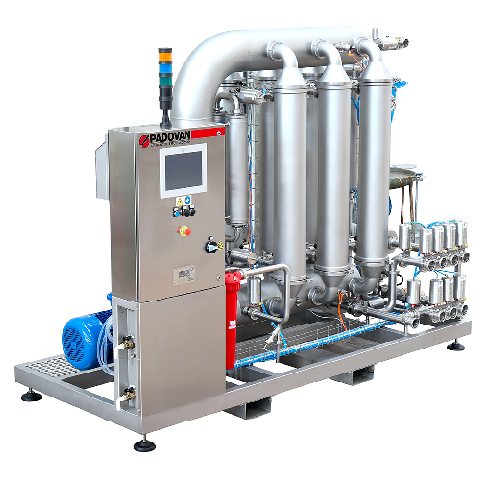
Crossflow filter for wine production
Optimize your wine and juice production with advanced membrane filtration, ensuring hi...
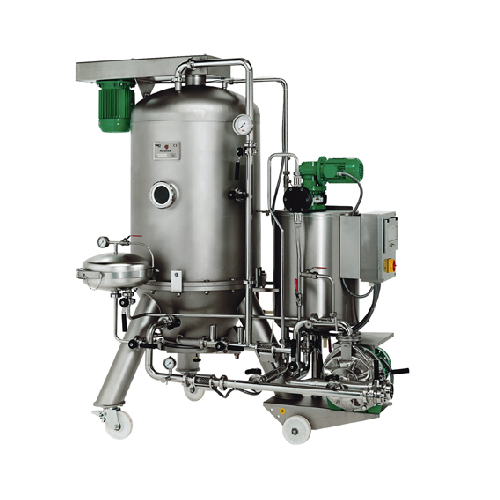
Horizontal plates d.e. filter for wine and vinegar
Optimize filtration and purification across liquids with precision, en...
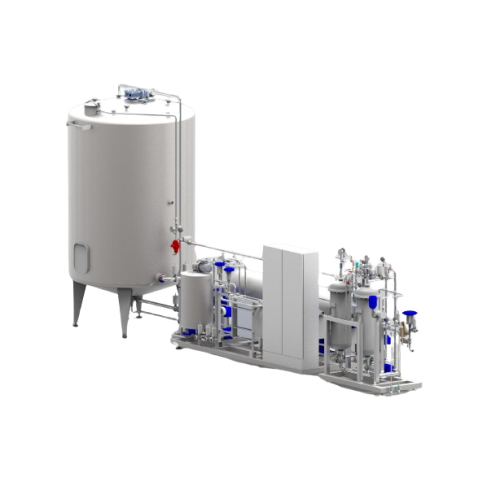
Continuous tartaric stabilisation for wine
Ensure your wines are free from unwanted crystals with a continuous solution th...
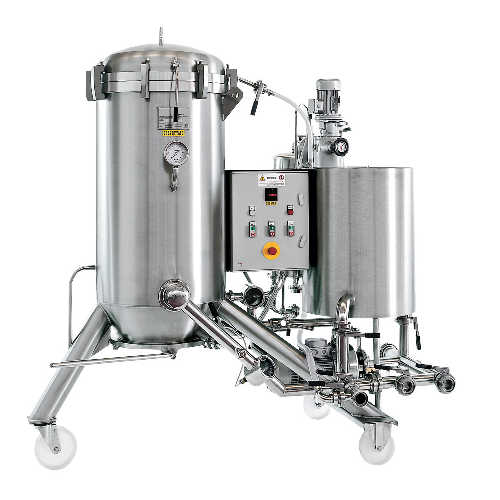
Vertical leaves pressure filter for wine and viscous liquids
Ensure optimal clarity and consistency in your liquid produ...
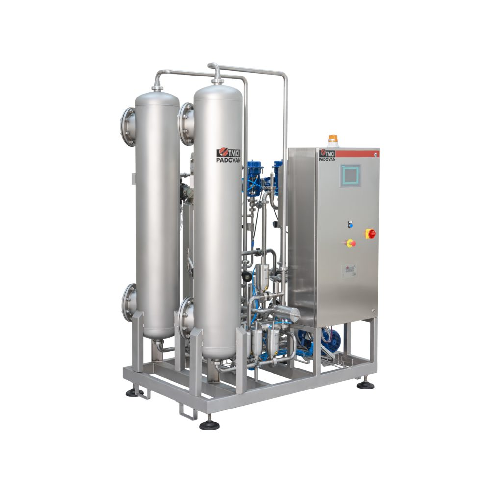
Ion exchange system for wine and grape juice stabilization
Enhance wine and grape juice quality by achieving consistent ...
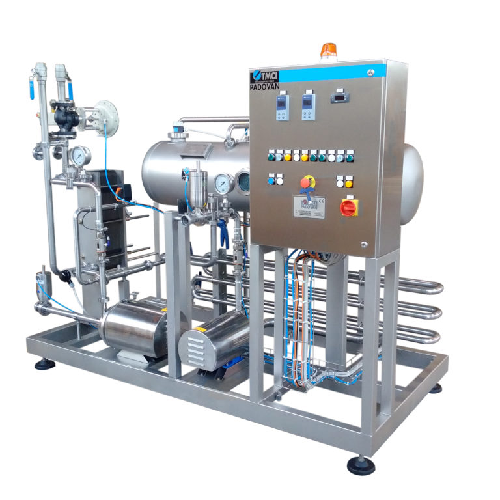
Wine carbonator with static mixer
Achieve precise CO2 saturation with a sintered stainless steel static mixer, mimicking a ...
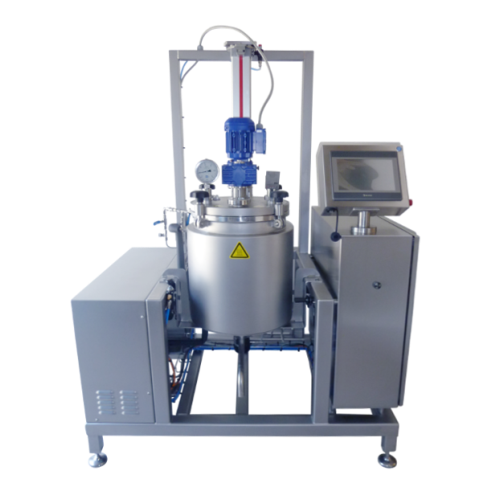
Batch food processing cookers
Achieve precise temperature and pressure control for small-scale food production with modular ...
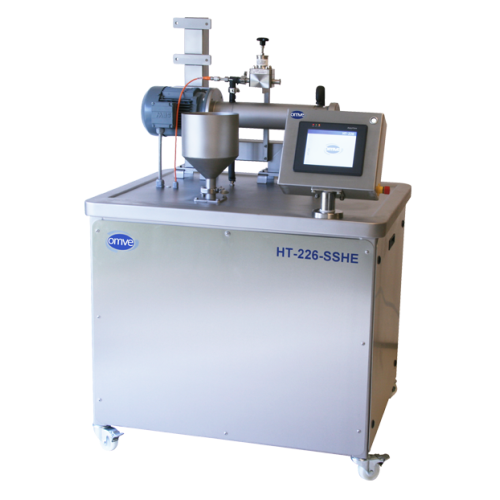
Small-scale scraped surface heat exchanger for high-viscosity products
For R&D teams tackling complex formulations...
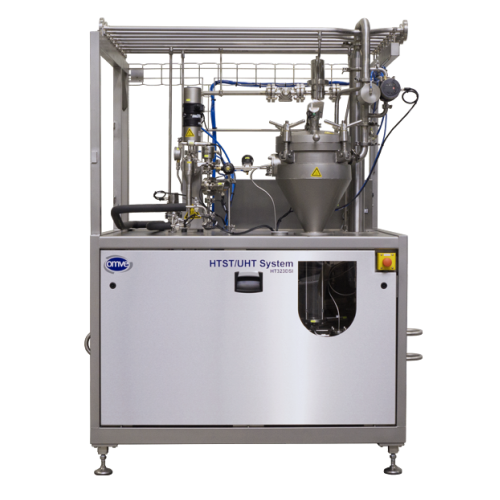
Direct steam injection Uht pilot system
Elevate your production capabilities with a sanitary UHT pilot system designed for ...
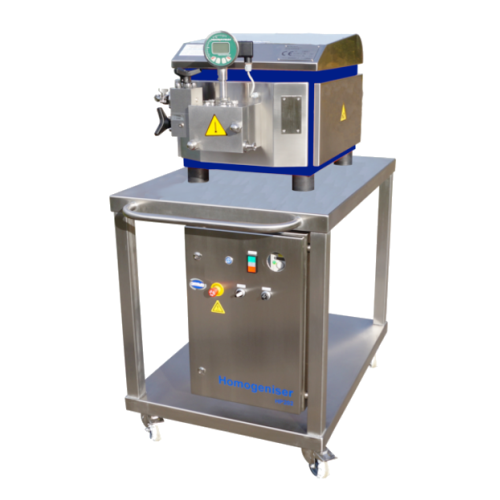
Lab-scale high-pressure homogenization solution
Optimize your lab-scale production with precision homogenization, ensuring...
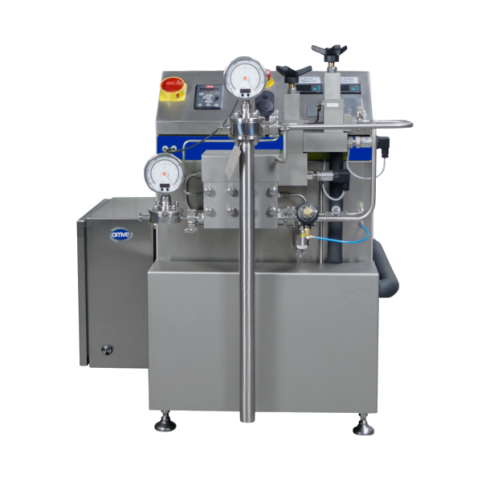
Pilot homogenizer for high-pressure inline homogenization
Achieve precise homogenization and emulsification across vario...
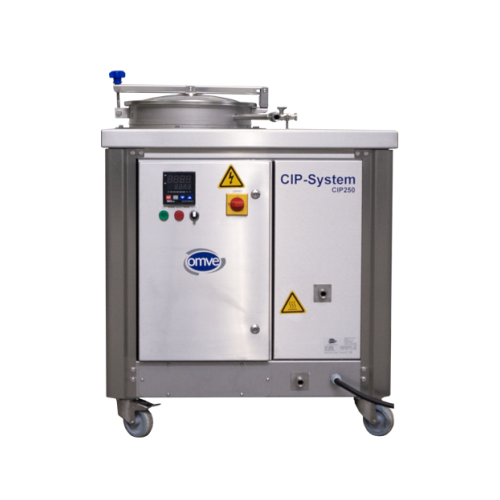
Manual Cip unit for lab and pilot plant cleaning
Need thorough cleaning without disassembling your pilot plant? This compa...
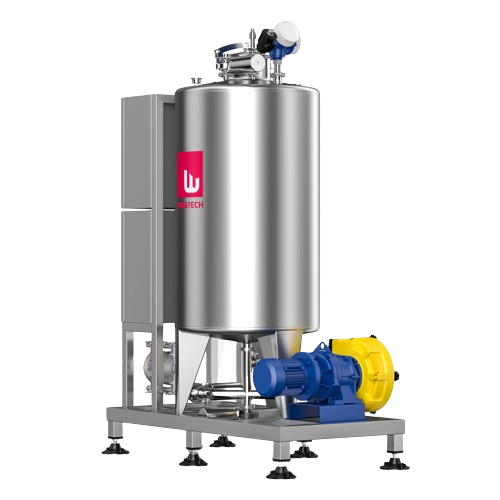
Wine washing system for bottling quality control
Ensure pristine wine quality by eliminating waste through innovative bott...
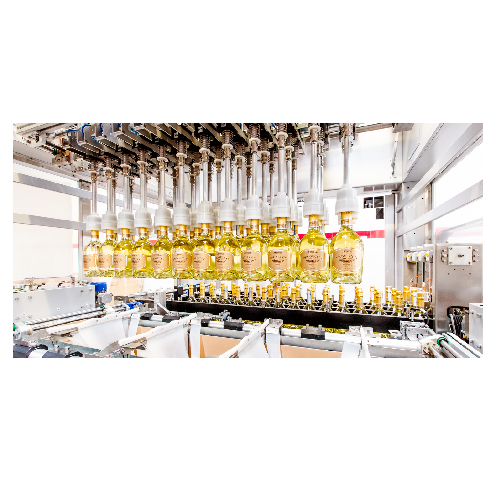
Automated case erector for Rsc cartonboard
Streamline your packaging line with an innovative solution that efficiently for...
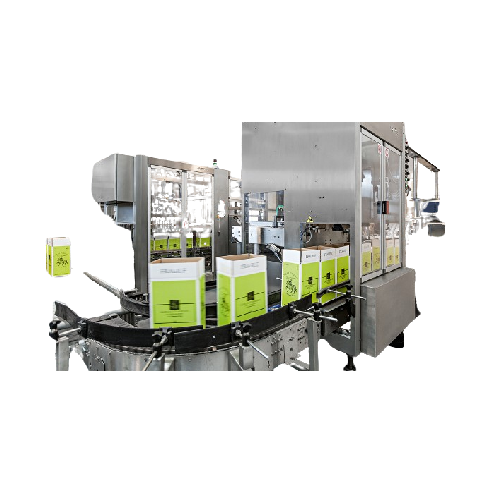
Automatic case erector for Rsc-american cartonboard
Streamline your packaging process with precise and efficient setup by...
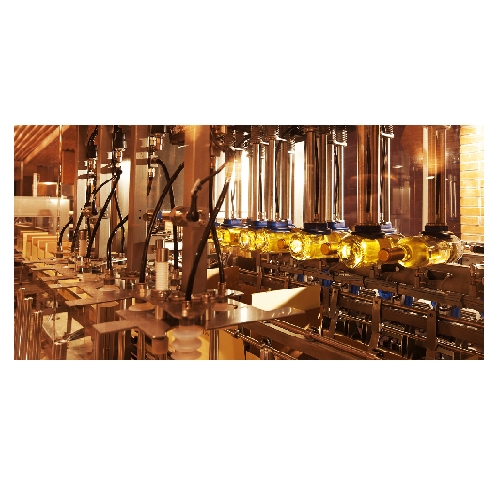
Automatic case erector for cartonboard with hot-melt glue binding
Streamline your packaging line with efficient case er...
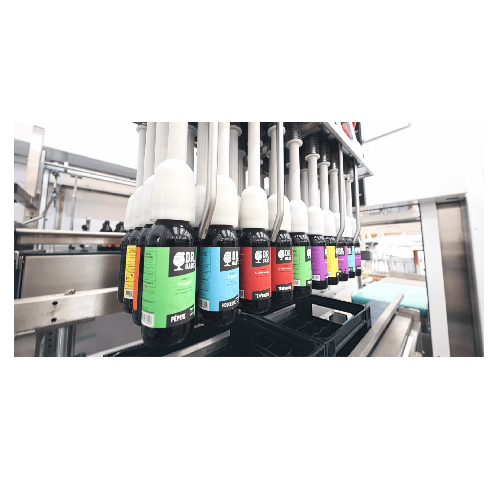
Unpacker for return bottles
Effortlessly manage return bottle operations with high-speed unpacking solutions that ensure pre...
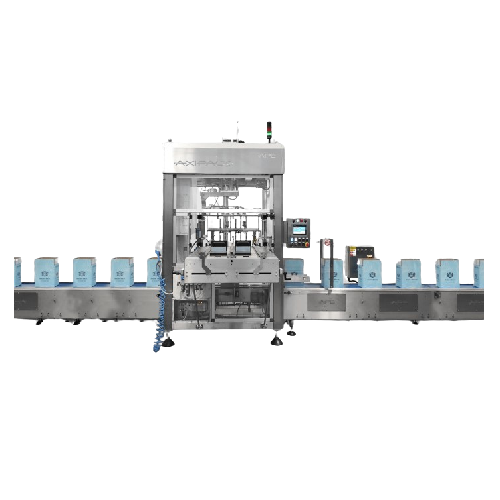
Automated carton former for Rsc american boxes
Streamline your packaging line with high-speed carton forming that combines...
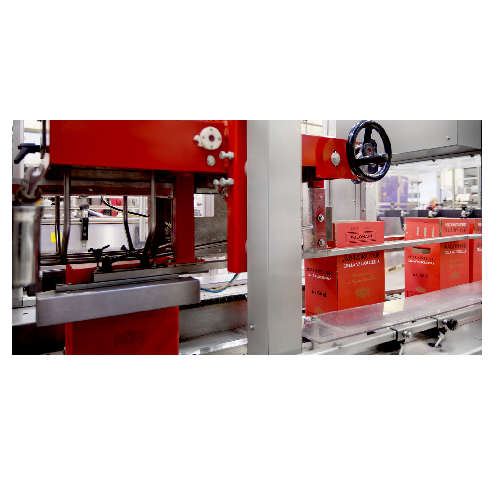
Automated carton forming for bottles
Optimize your bottling line with an integrated carton forming solution that combines s...
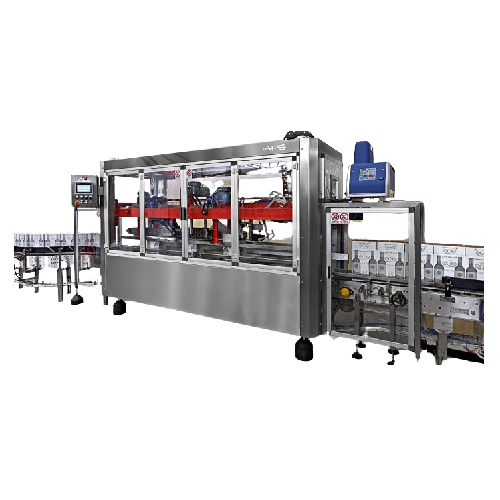
Automatic carton erector with hot glue sealing
Streamline your packaging line with precision carton forming and sealing, e...
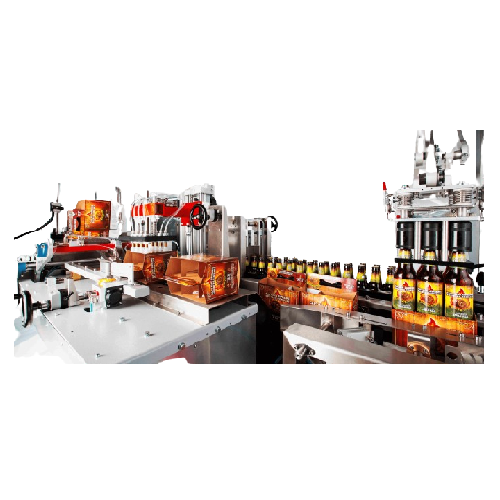
Automated bottle packaging solution for breweries
Streamline your packaging process with a compact unit that combines bas...
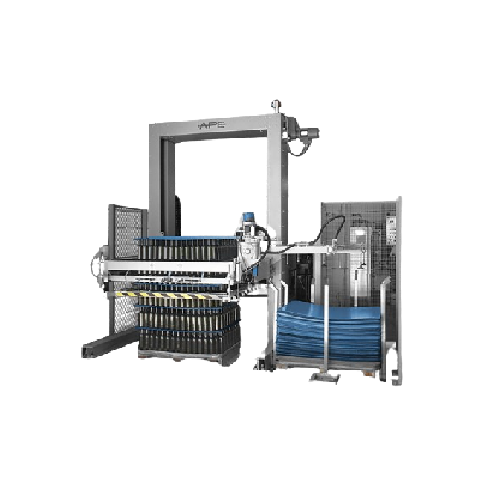
Depalletisers for high-capacity bottle handling
Streamline your bottling line with a versatile depalletising system design...
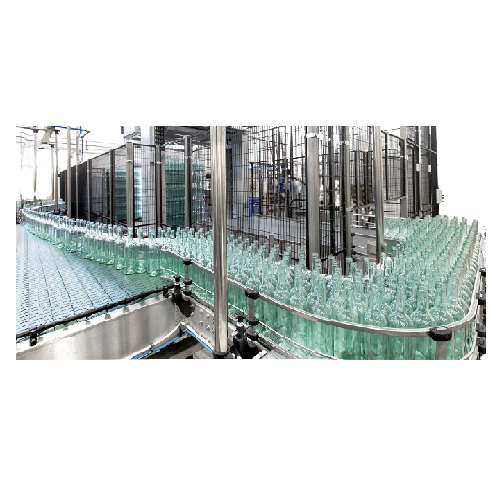
Flexible depalletizers for bottling lines
Streamline your packaging operations with a compact depalletizing solution desig...
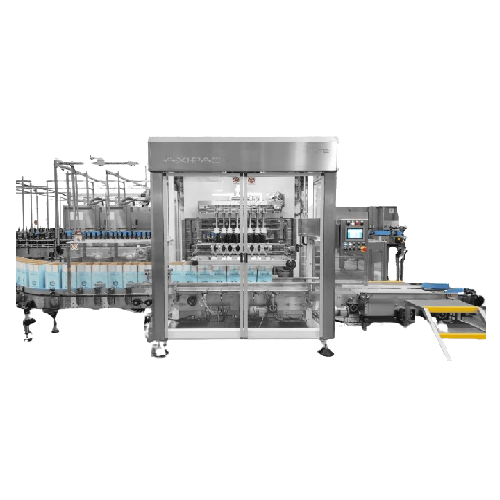
Automated case erector for high-speed packaging lines
Streamline your packaging line with this solution that forms and se...
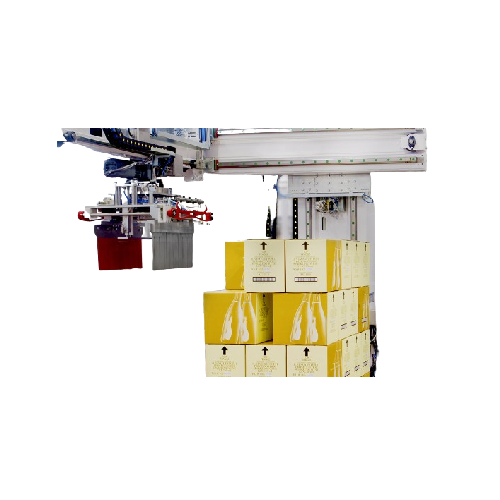
Automatic palletizer for bottle packaging lines
Streamline your bottling line with advanced palletizing solutions engineer...
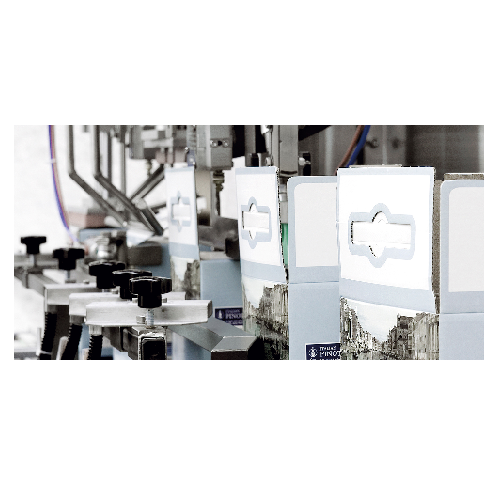
Bottle repacking system for return cartons
Optimize your bottle repacking efficiency with a system designed specifically f...
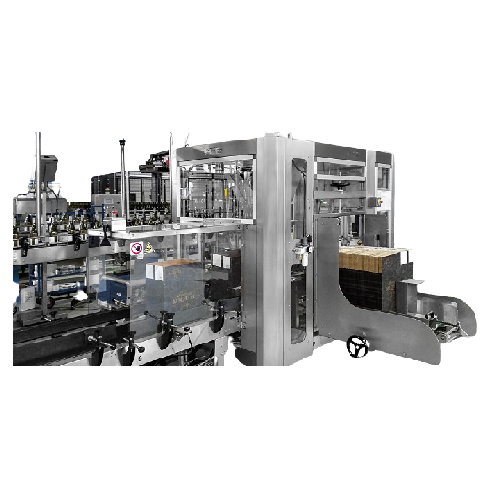
Automated packaging line for bottling industry
Streamline your packaging operations with a fully automated solution design...

Automated case erector for american cases
Streamline your packaging line by efficiently erecting American-style cases with...
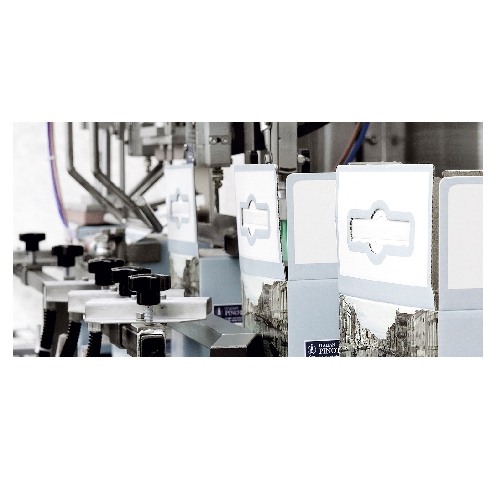
Automatic bag-in-box packaging system
Optimize your liquid packaging with a precise and seamless workflow, ensuring efficie...
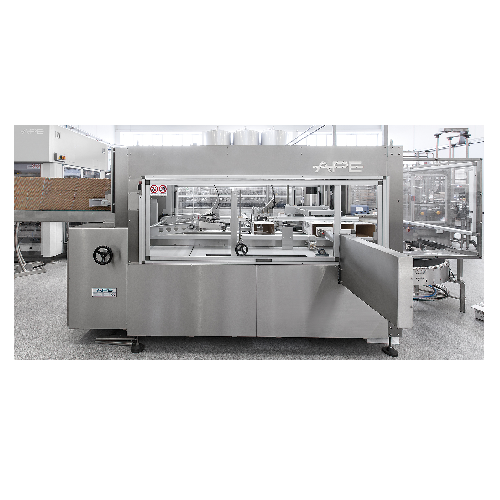
Advanced case erector for Rsc/american cartonboard
Optimize your packaging line with precise case erection and glue seali...
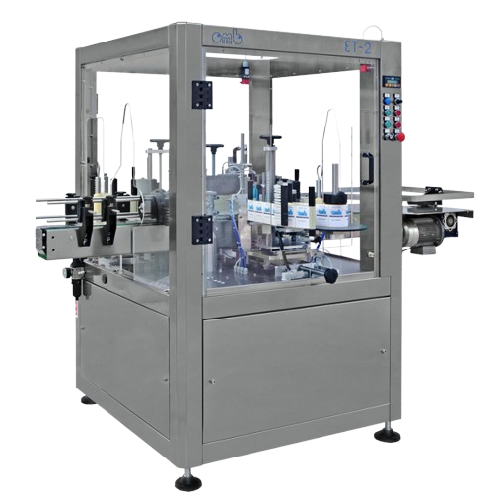
Automatic labelling system for champagne bottles
Enhance your production line with a high-speed labelling solution that en...

Monoblock capsuling solution for bottles
Streamline your bottling process with this high-speed capsuling machine, deliverin...

Rotary labeling solution for bottles and containers
Optimize your labeling process with high-speed precision, handling va...
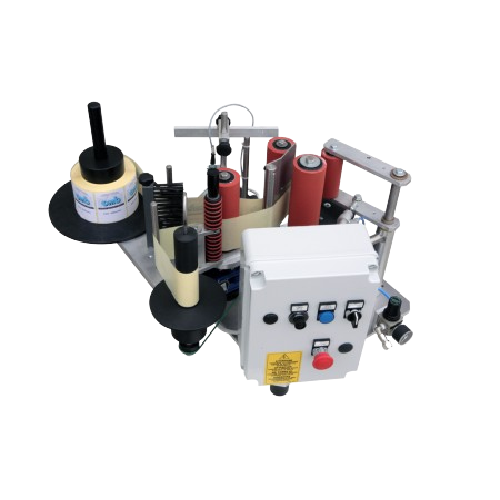
Semiautomatic labelling solution for cylindrical bottles
Effortlessly apply precise labels to various cylindrical and squ...
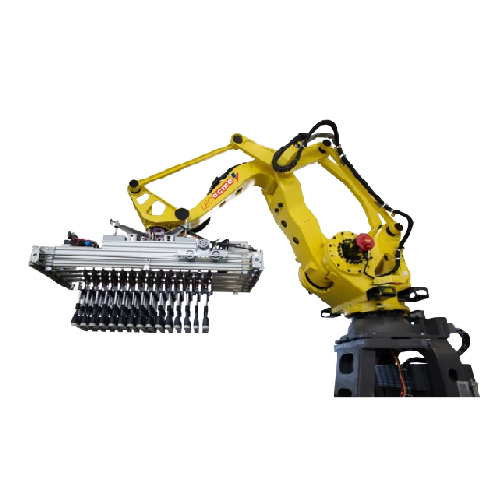
Robotic crating and decrating solution for returnable glass bottles
Streamline your bottling line by efficiently handli...
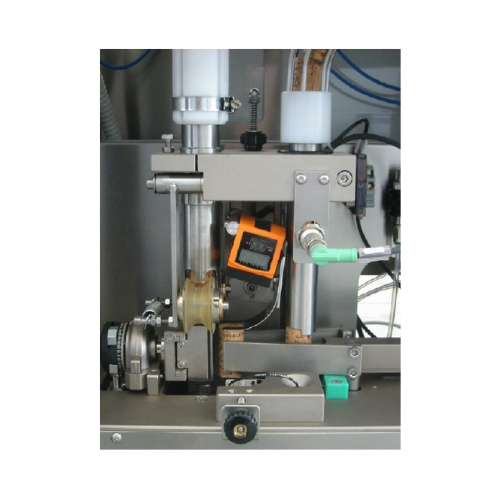
Optical recognition system for cork marking alignment
Ensure precise cork placement and quality in wine bottling with a s...
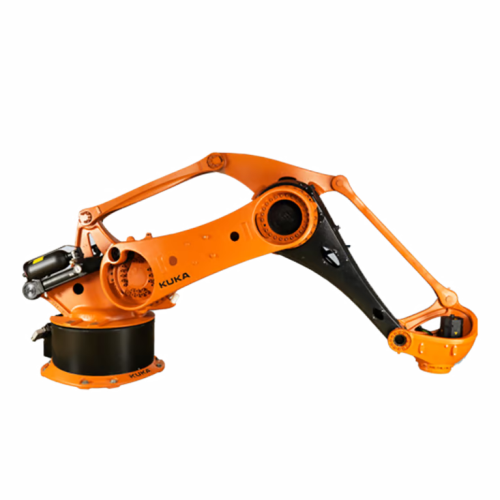
Heavy-duty palletizing robot for production lines
Effortlessly streamline your production with this robust palletizing ro...
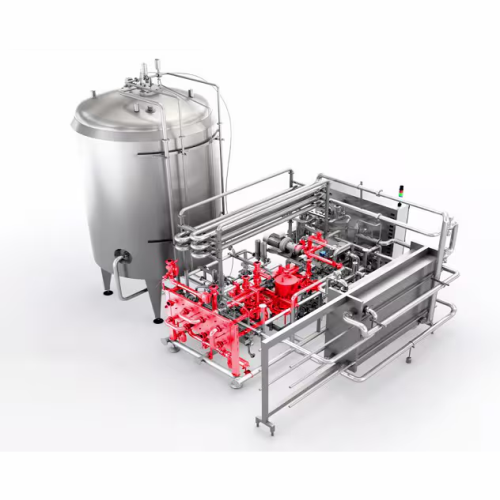
Flash pasteuriser for beer
Ensure superior beverage quality with precise pasteurisation and carbonation while minimising ene...
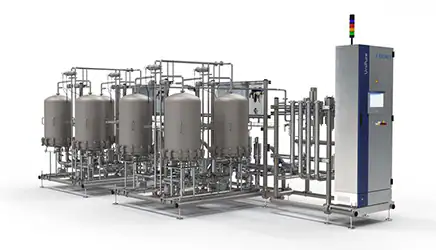
Wine filtration system
Achieve crystal-clear wines and sparkling beverages by efficiently removing suspended particles and mi...
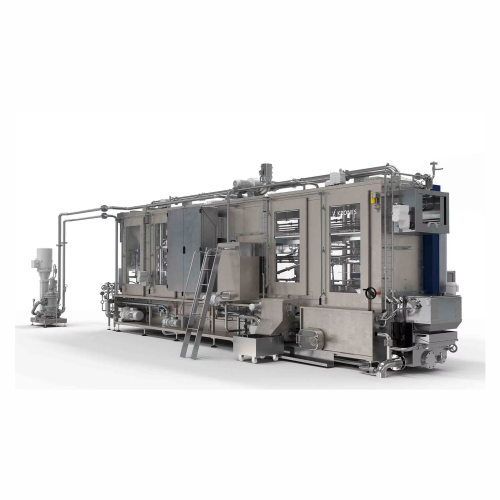
Crate washer for beverage manufacturers
Ensure thorough cleaning of beverage crates with an advanced washing system featuri...
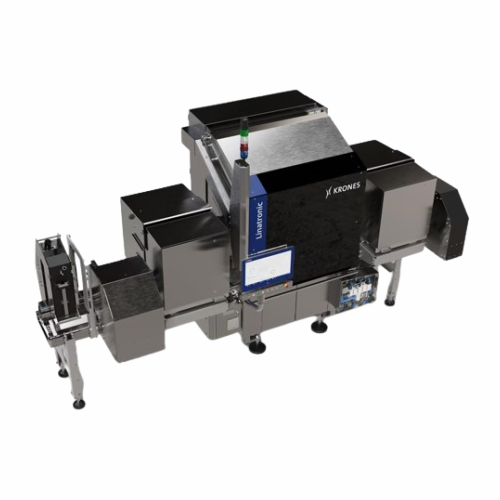
Bottle inspection system for foreign particles detection
Ensure your beverage products remain uncontaminated with high-pr...
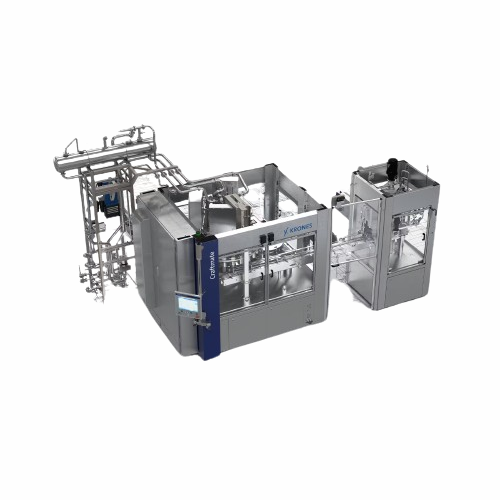
Low output can filler for craft beer
For beverage producers looking to efficiently fill cans with precision, this versatile...
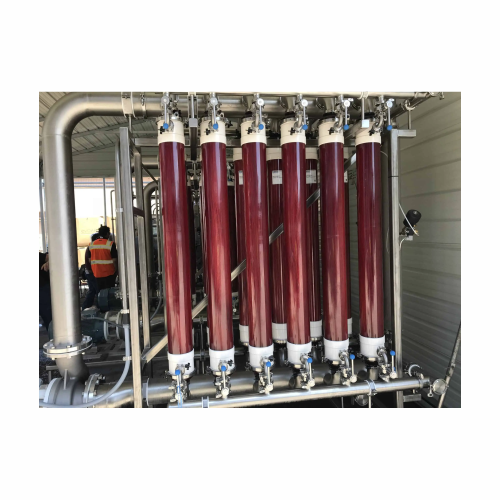
Wine and beer clarification system
Achieve superior clarity and stability in your wine and beer production, eliminating sus...
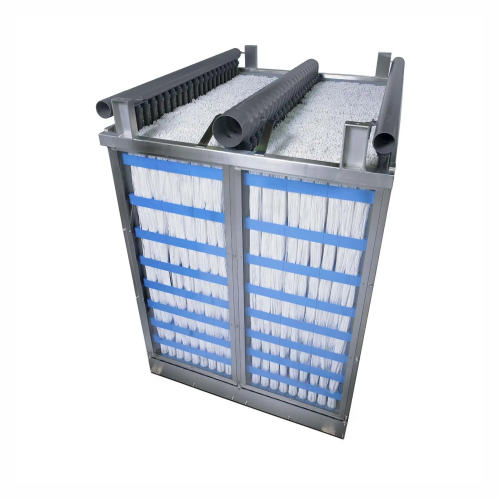
Mbr module for wastewater treatment
Optimize your wastewater management with efficient membrane bioreactors, designed to en...
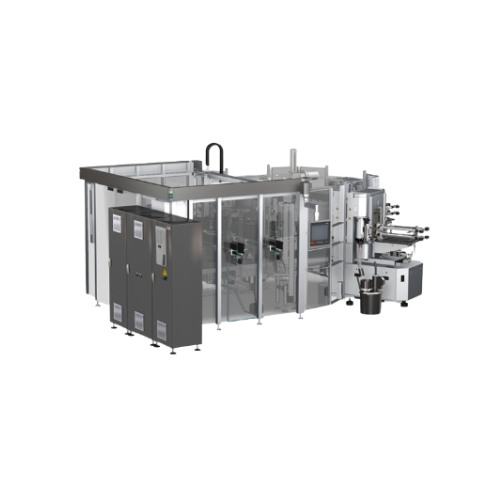
Flexible labeling system for returnable and non-returnable containers
Achieve precise labeling and enhanced alignment w...
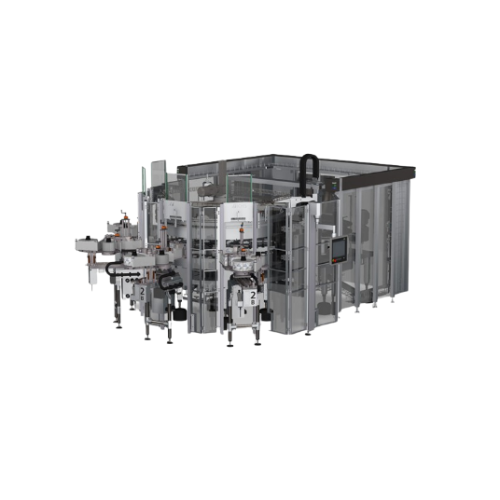
Self-adhesive labeling for glass and Pet bottles and beverage cans
Maximize your production efficiency with a labeling ...
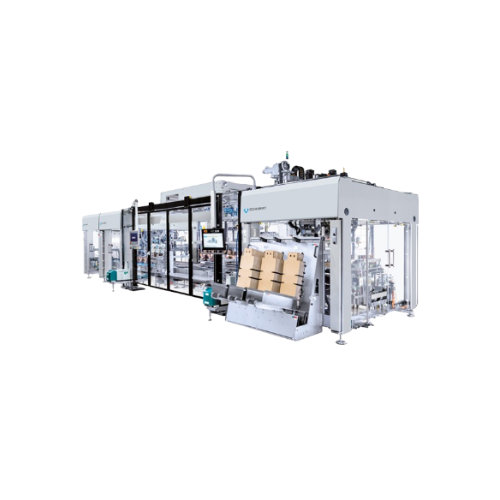
Flexible packaging system for beverage containers
Streamline your packaging process with a modular system that adapts sea...
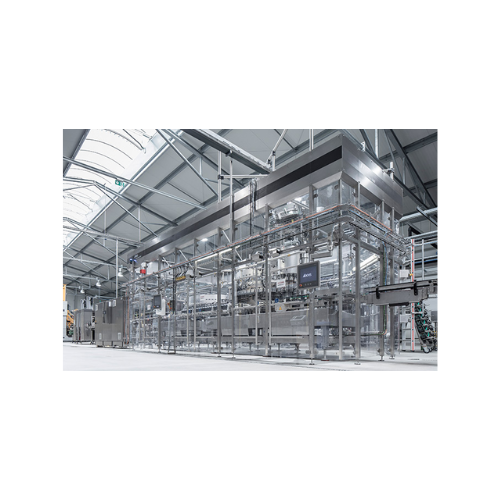
Wine and sparking wine filling system
Achieve precise filling and minimal oxygen pickup for high-value beverages with a rel...
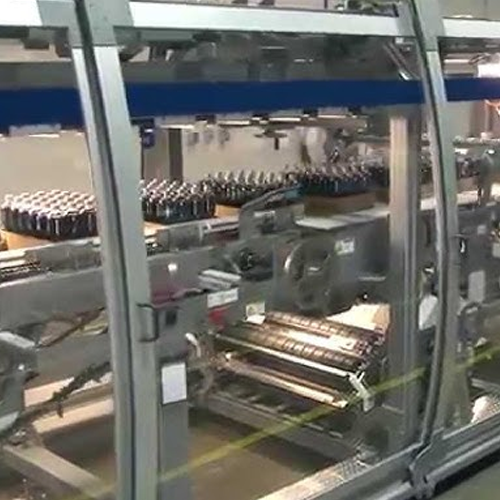
Enclosed film packaging solution
Eliminate the need for corrugated trays and minimize packaging waste with a robust solution...
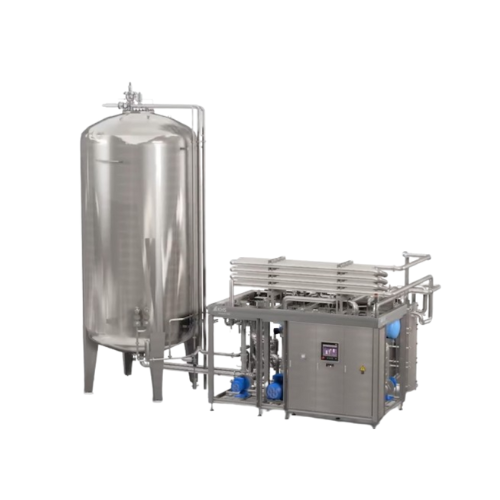
Bright beer tank cellar for beer storage
Enhance your beverage production efficiency with a fully automated solution that m...
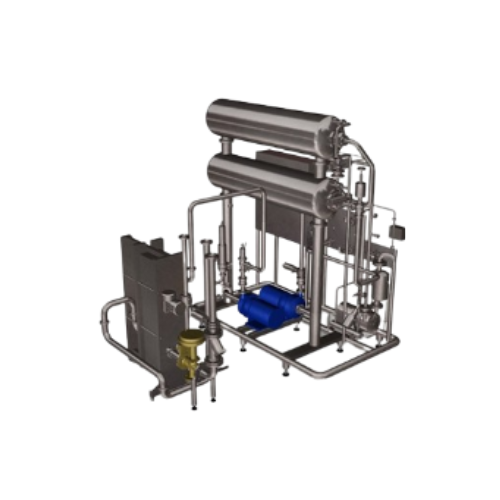
Water deaerator for beverage production
Enhance the quality and extend the shelf life of your beverages with our cutting-ed...
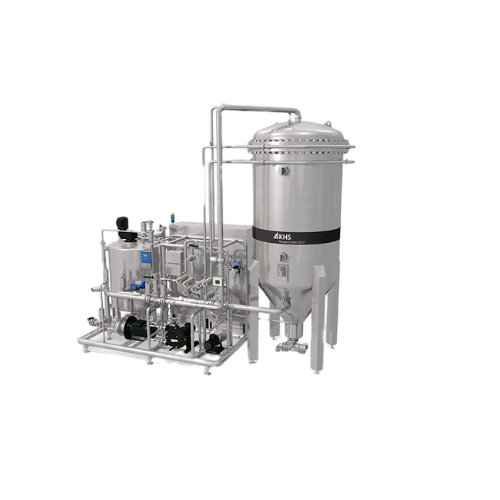
Filter system for beverage stabilization and clarification
Ensure your beverages are crystal clear and stable with a ver...
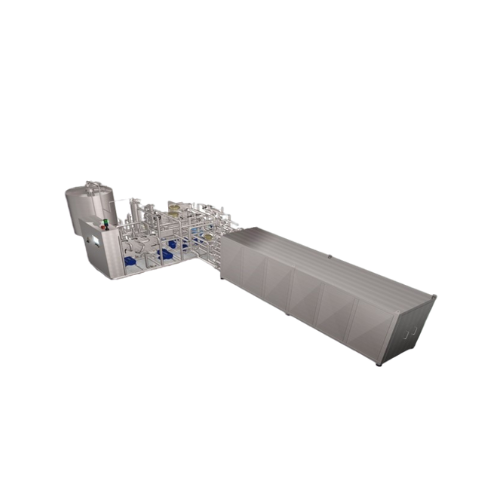
Energy-efficient hot filling system for beverages
Optimize your beverage filling processes with a system that ensures pre...
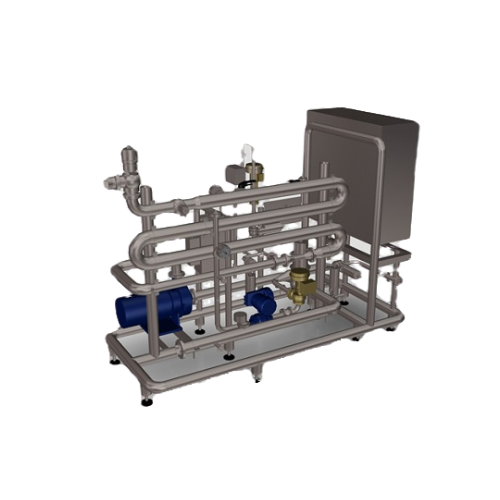
Blending system for fine adjustment of original gravity in beer
Ensure precise control over your beer’s original gravity...
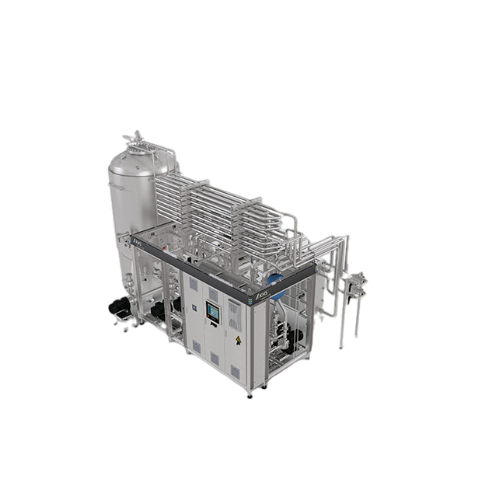
Continuous flash pasteurizer for beverage shelf life extension
Maximize beverage shelf life with precise microbial and e...
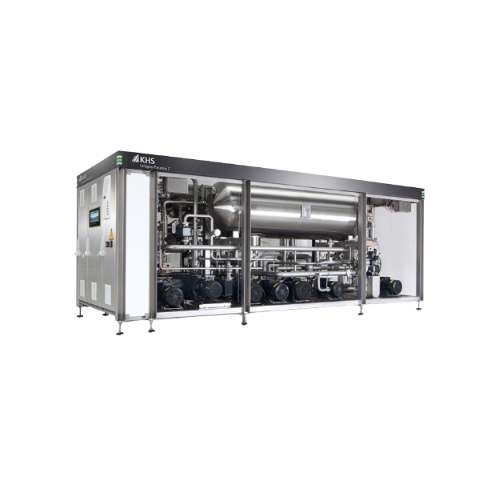
Blending system for deaeration and carbonation of beverages
Achieve precise blending, efficient deaeration, and accurate...
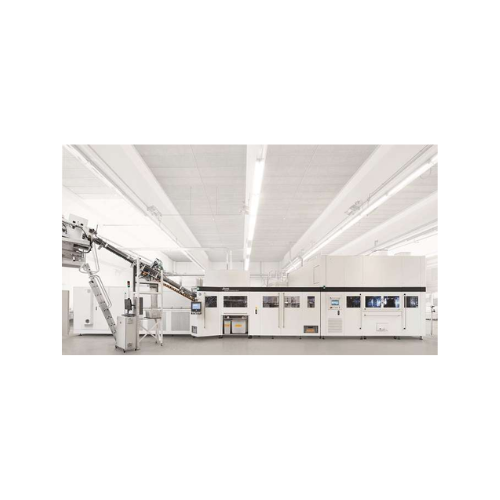
Stretch blow molding with integrated coating for Pet bottles
Enhance product longevity and quality by integrating stretc...
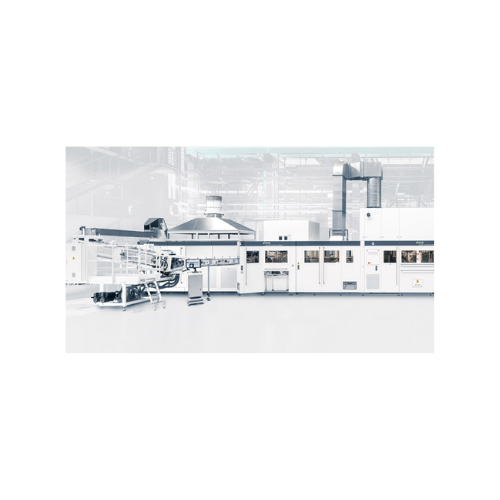
Pet bottle stretch blow molding with coating and filling
Extend the shelf life of your beverages and liquid products with...
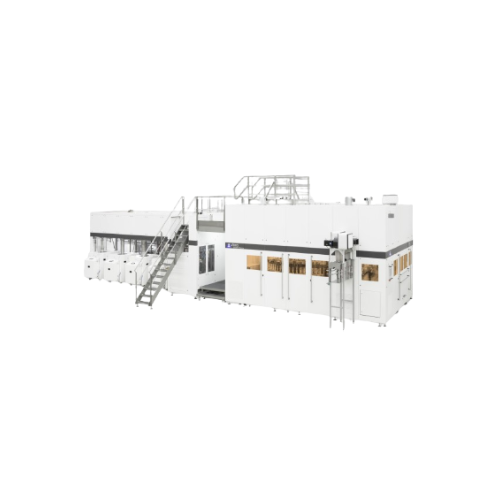
Transparent glass barrier coating for Pet bottles
Ensure the longevity of sensitive beverages and liquid foods with glass...
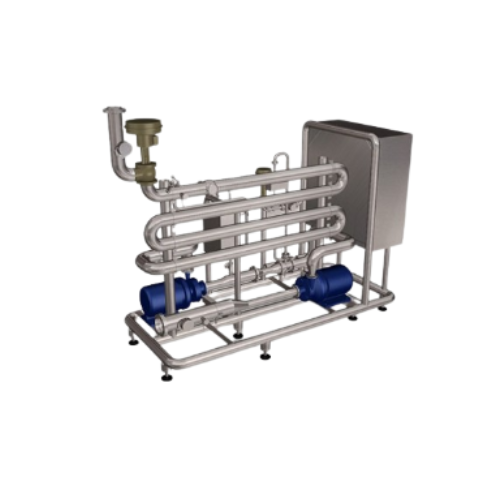
Carbonating solution for precise Co2 content in beverages
Enhance your beverage production with seamless CO2 integration...
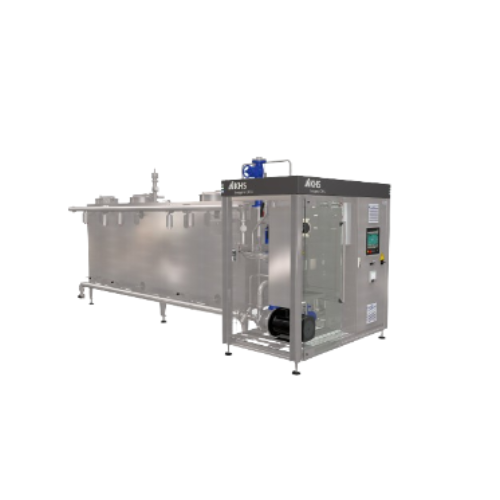
Compact cleaning system in container format
Optimize your production lines with a space-saving cleaning system capable of ...
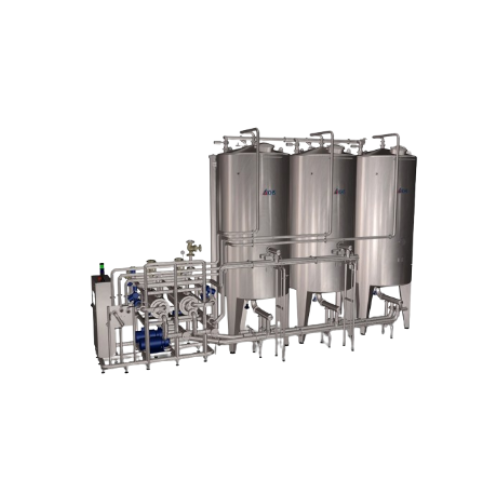
Cip cleaning system for food and beverage production lines
Ensure microbiological safety and maintain quality standards ...
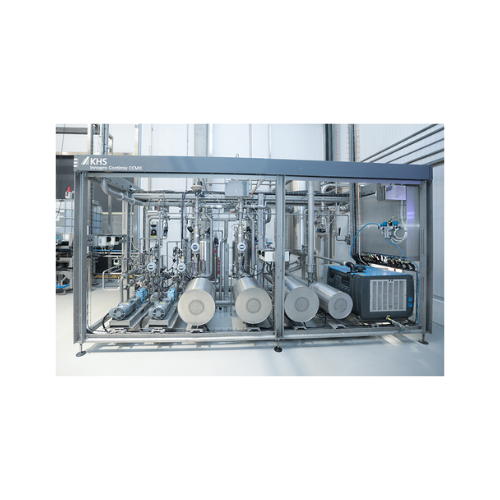
Dosing and blending system for beverage production
Enhance your beverage production with a flexible system capable of pre...
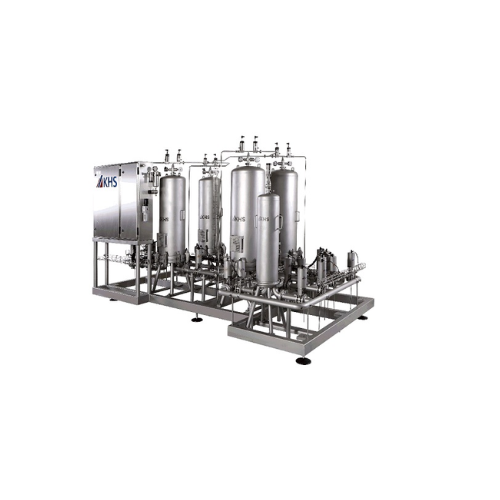
Multifunctional filter system for beverages and gases
Achieve precise filtration across multiple beverage and gas mediums...
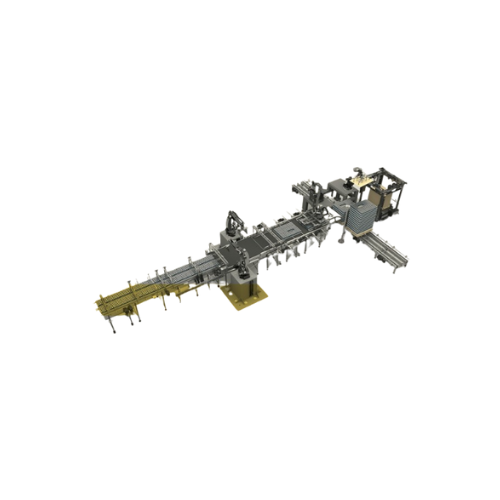
High-performance palletizer for cans, Pet, and glass containers
Elevate your palletizing efficiency with cutting-edge ro...
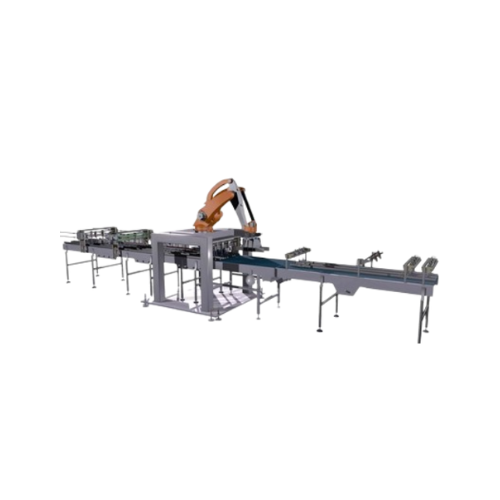
High-performance distribution and combining system
Streamline your packaging operations with a versatile system designed ...
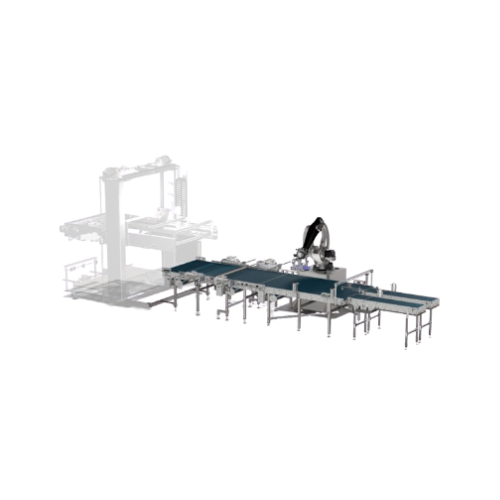
Robotic layer grouping system for container distribution
Streamline your packaging line with precise, high-speed containe...
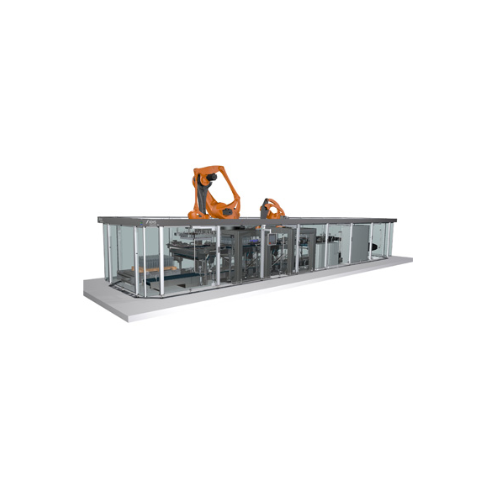
360° palletizing and depalletizing robot
Optimize your packaging flow with a robot offering seamless 360° operation for pre...
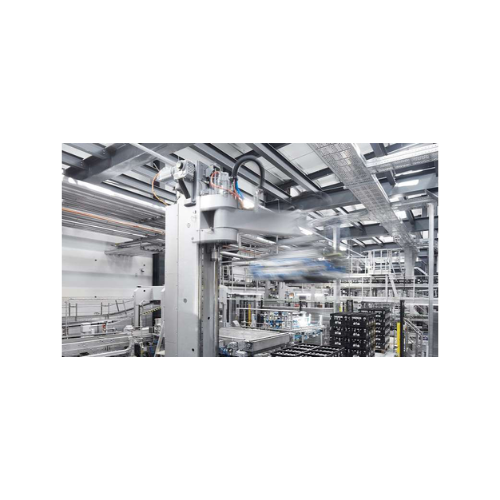
180° palletizing robot for automated palletizing and depalletizing
Optimize your production line with a versatile solut...
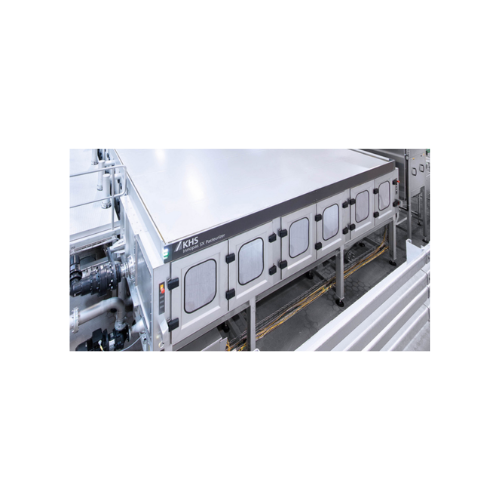
Flexible tunnel pasteurizer for beverage sterilization
Maximize product safety and flexibility in your production line wi...
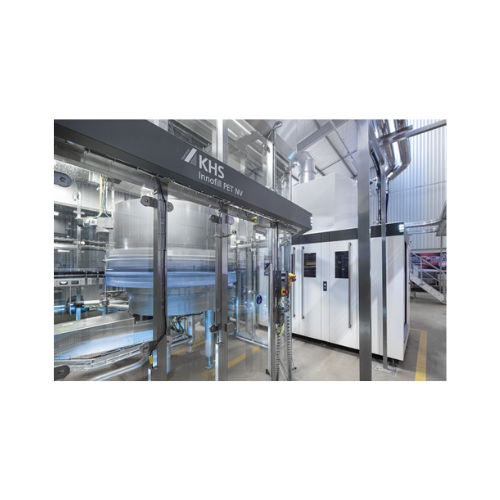
Pet bottle filler for hot and cold still beverages
Achieve high-speed precision in filling and capping for various bevera...
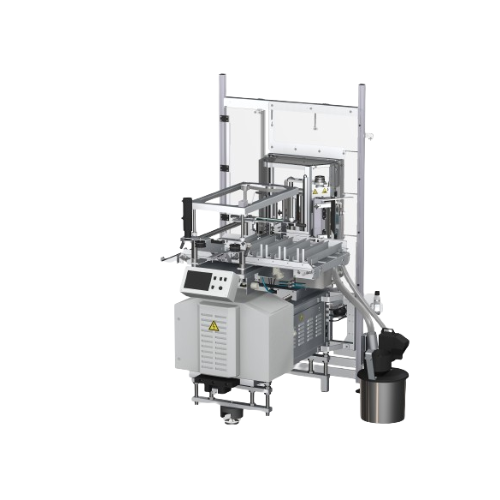
Modular labeling system for beverage containers
Easily adapt to evolving labeling needs with this flexible system, designe...
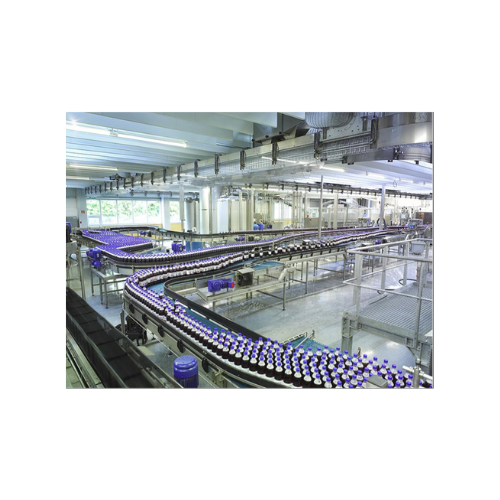
Gentle container conveyor for bottles and cans
Achieve seamless container flow with minimal noise and enhanced precision, ...
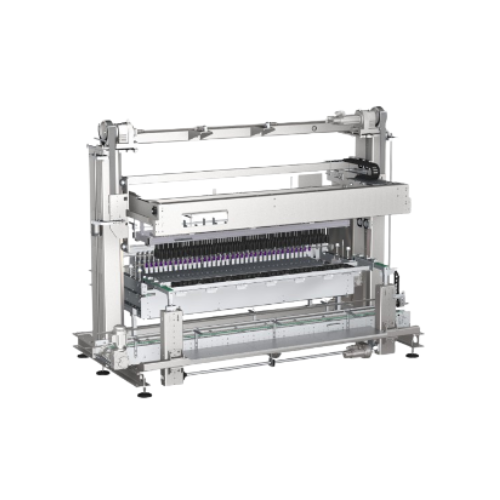
Multifunctional packing system for beverage containers
Maximize your facility’s packing efficiency with a versatile...
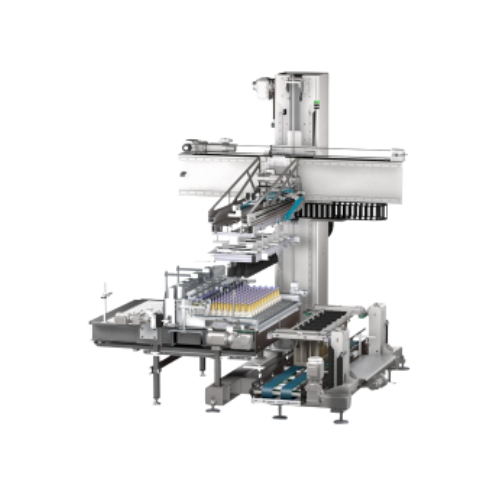
Packer and unpacker for returnable and non-returnable containers
Streamline your packaging line with a versatile machine...
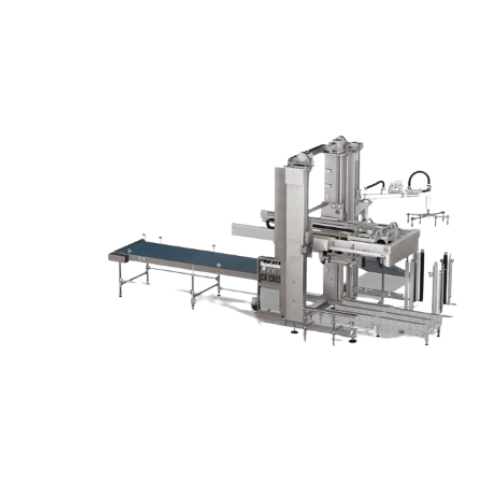
Depalletizer with accurate level compensation
Optimize your high-speed assembly line with a depalletizer designed for prec...
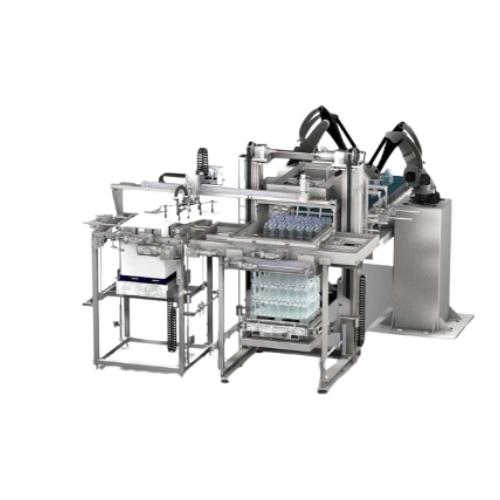
High-speed beverage industry palletizer
Optimize your palletizing process with a flexible, high-speed solution that adapts ...
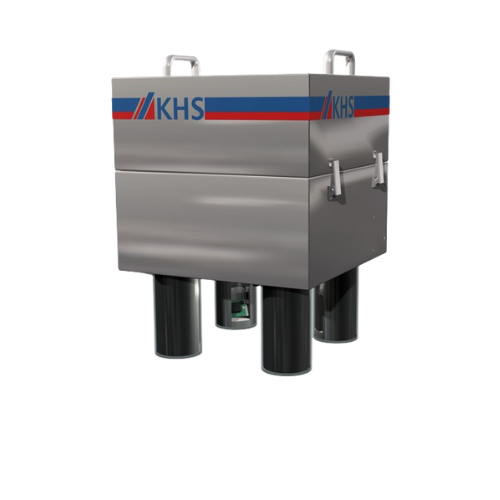
Closure inspection system for crown corks and metal caps
Ensure product integrity with high-speed 360° closure inspection...
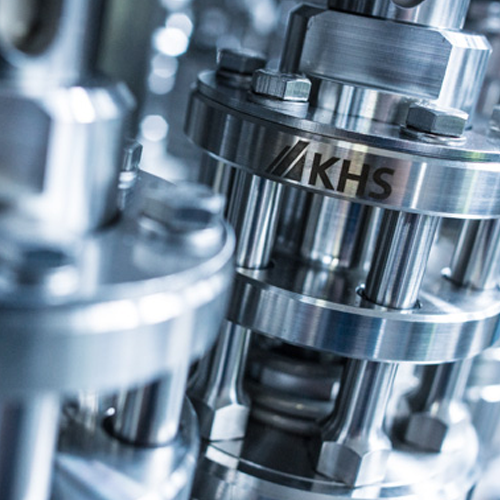
Industrial code verification system for product packaging
Ensure flawless packaging integrity with high-speed code verif...
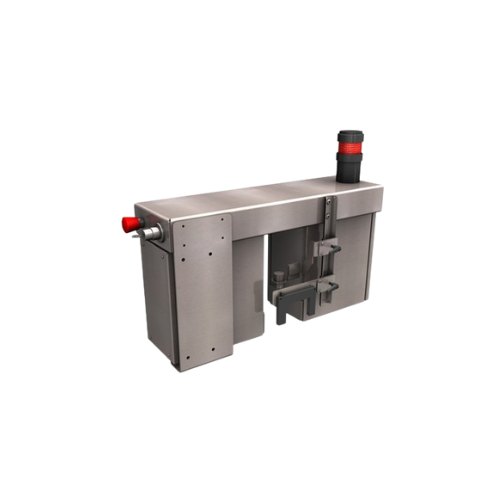
High-precision fill level checker for beverages and containers
Ensure precise fill levels and prevent product wastage by...
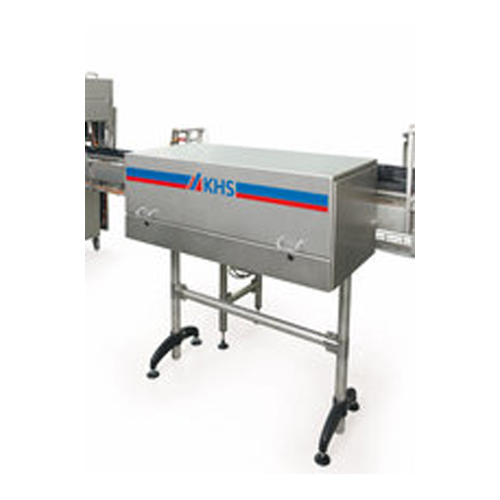
Rejection system for standing bottles and cans
Ensure seamless quality control by precisely rejecting defective bottles an...
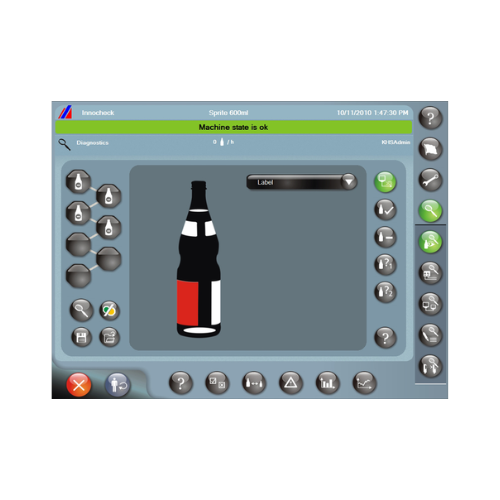
Label inspector for beverage and food containers
Ensure precise label application with high-speed inspection, crucial for ...
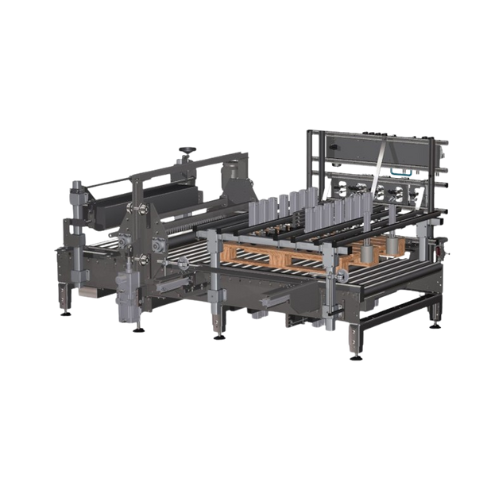
Pallet inspection system
Ensure the stability and integrity of diverse pallets with a high-speed inspection system that minim...
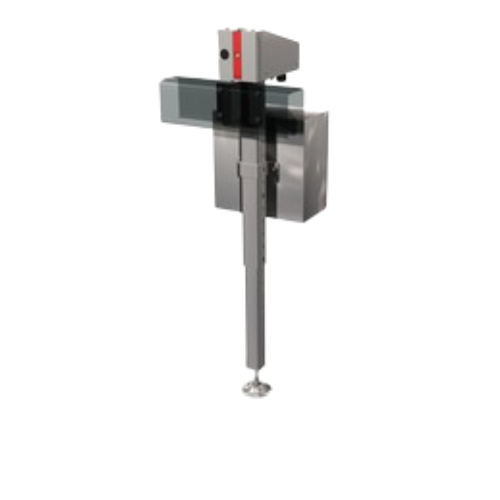
Container rejection system for high-speed operations
Ensure product safety by swiftly removing defective containers at hi...
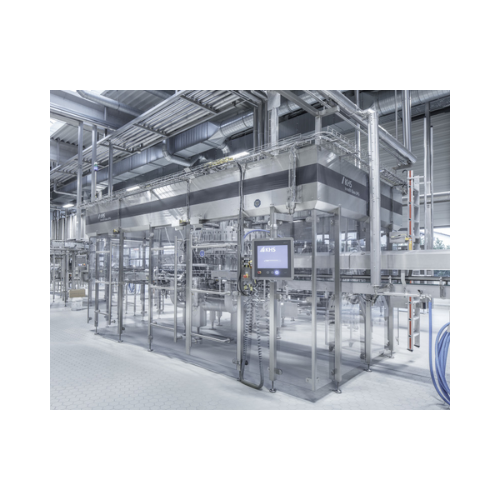
Bottle filler for beer and soft drinks in glass bottles
Achieve precision in bottling with reduced CO2 emissions and low ...
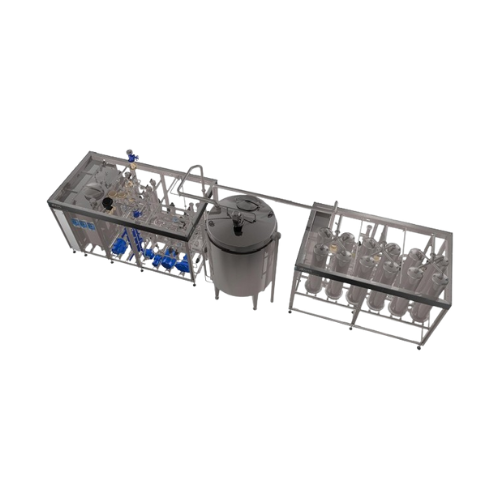
Pvpp beer stabilization system for breweries
Reduce beer hazing and extend shelf life with this advanced stabilization sys...
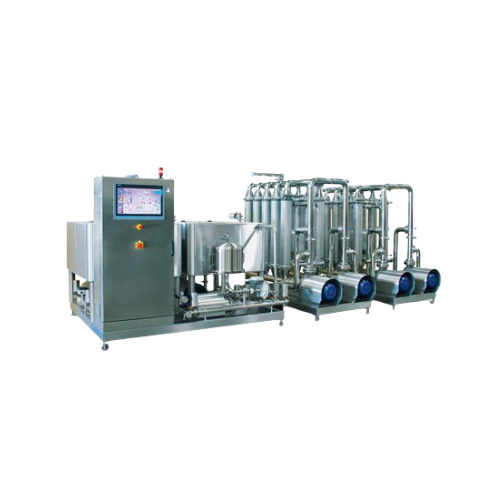
Crossflow filter for liquid filtration in food industry
Enhance your liquid filtration process with a versatile crossflow...
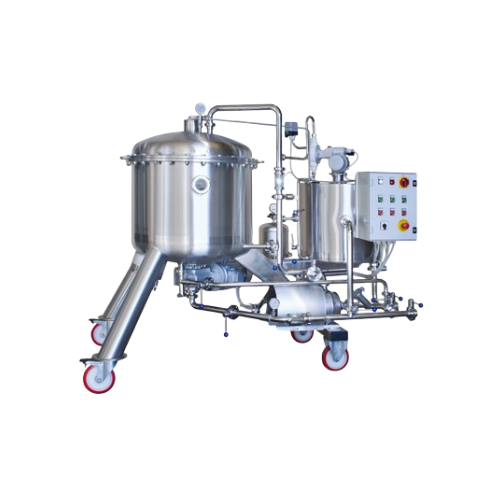
Horizontal element kieselgur filters
Enhance your production with a filtration system that ensures effective separation of ...
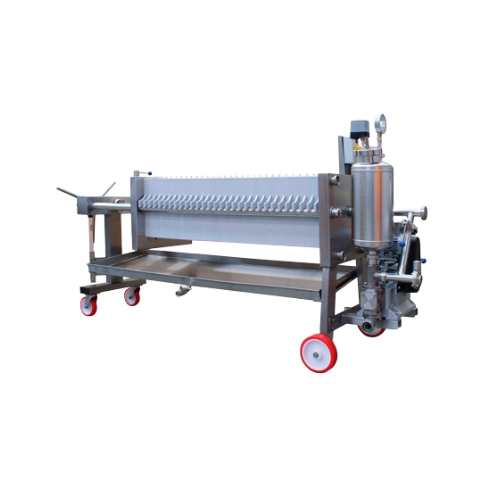
Am less filter for wine and industrial fluids
Streamline your fluid processing with a multifunctional filter designed to h...
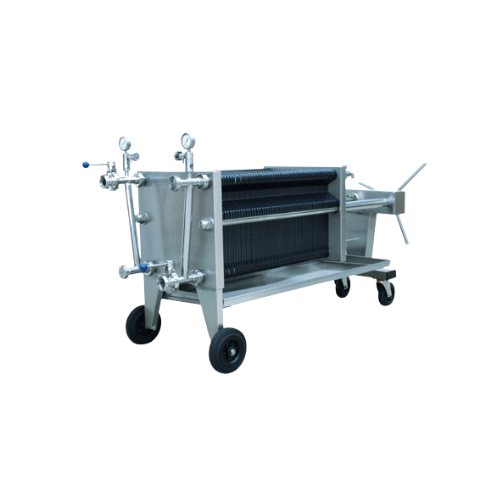
Industrial sheet filter for liquid filtration
Optimize your liquid product purity with precise filtration, maintaining int...
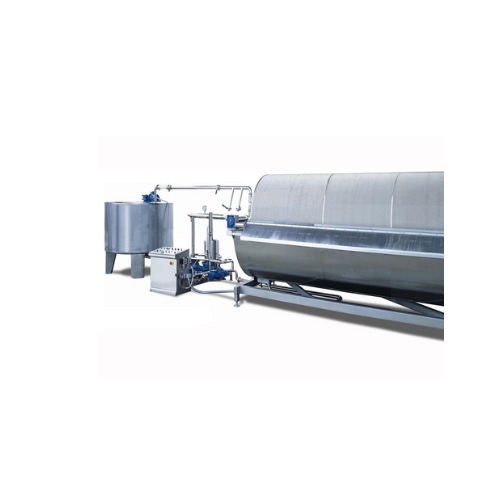
Vacuum rotary filter for liquid filtration
Enhance your production line’s efficiency with precise filtration, ensuri...
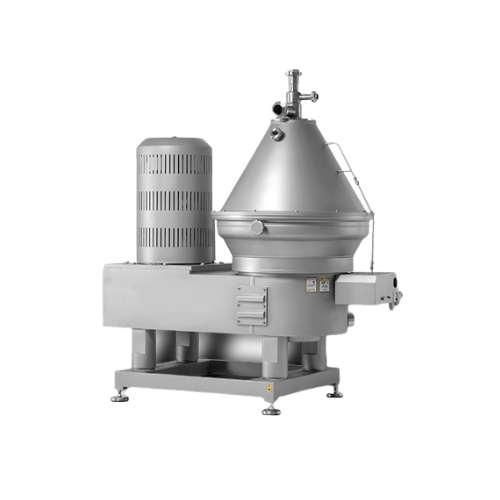
Centrifugal separators for dairy products
Enhance your liquid food product quality with centrifugal separators designed fo...
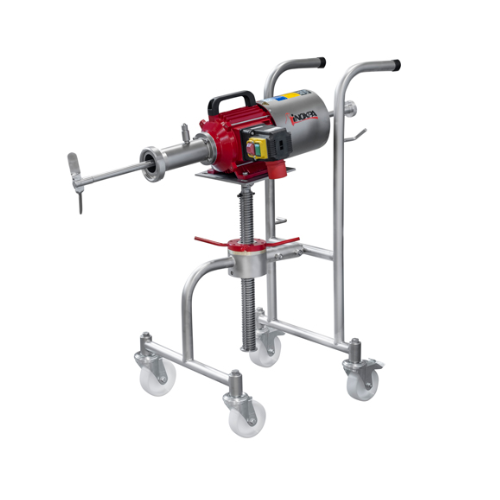
Wine tank agitator for homogeneous mixing
Achieve precise mixing and uniform temperature distribution in your wine product...
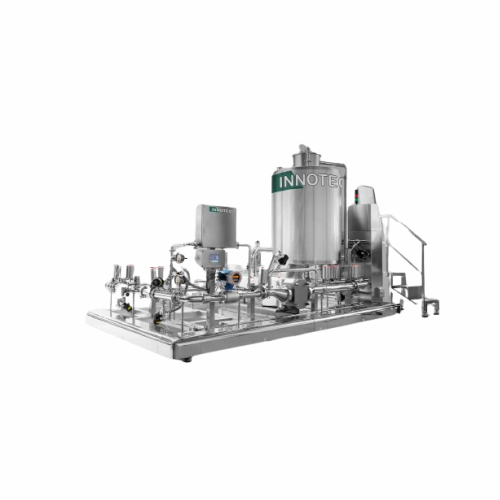
Oxygen and carbon dioxide monitoring and elimination system
Achieve precise control over dissolved gases with a system t...

In-line additive dosing systems for beverages
Ensure precision and safety in beverage production by integrating in-line do...
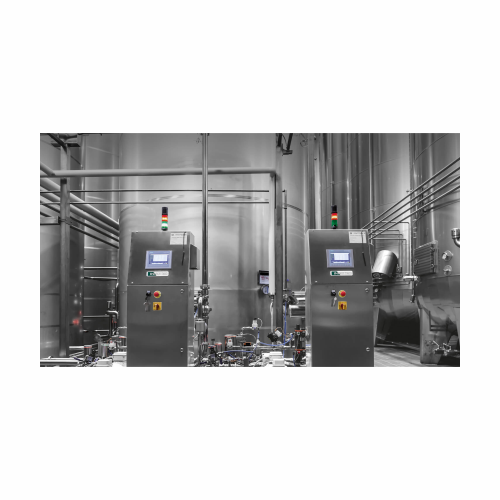
Piping discharge system for product separation in transfer lines
Optimize your beverage production by preventing product...
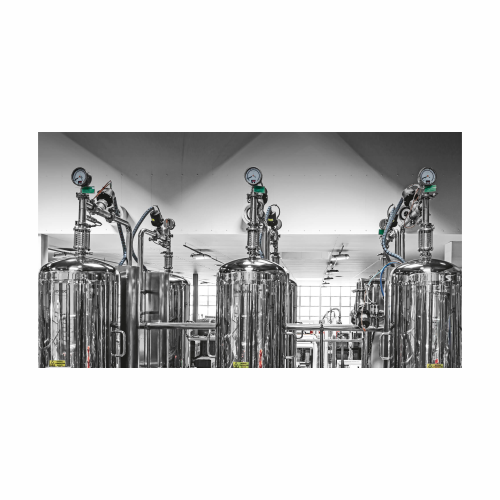
Micro-filtration system for beverage industry
Achieve microbiological stability at cold temperatures with our micro-filtra...
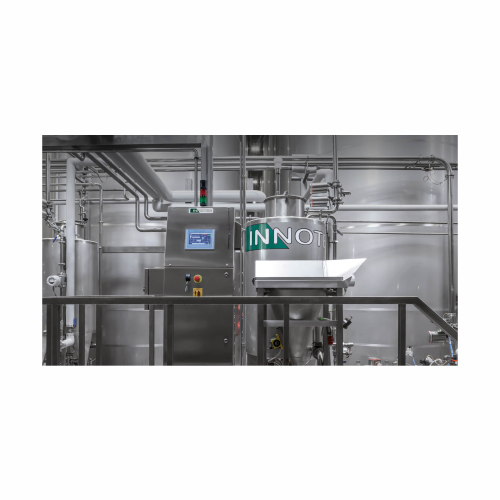
Powder mixing system for beverage industry
Enhance your beverage production with an advanced powder mixing system that ens...
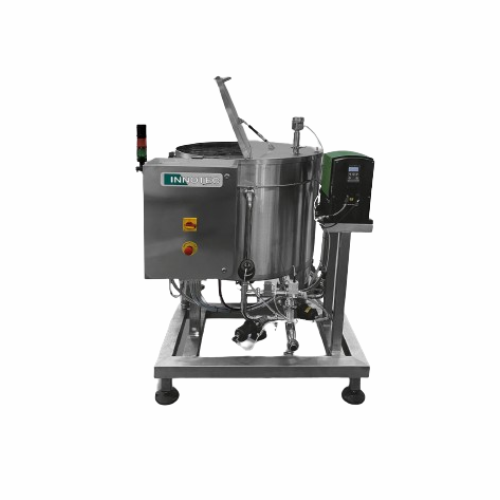
Wine recovery system for bottling processes
Streamline bottling operations by recovering and re-dosing valuable wine, redu...
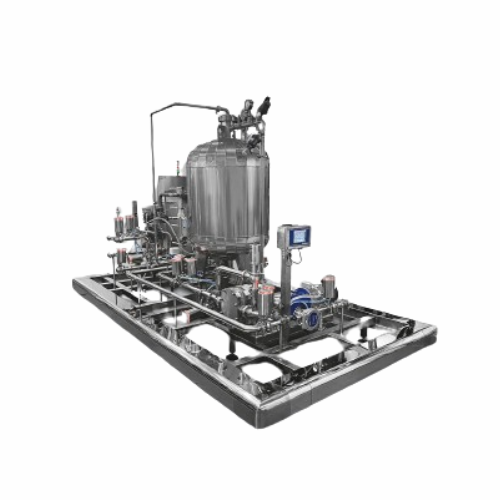
Co2 dosing system for effervescent beverage bottling
For beverage manufacturers requiring precise carbonation, this solut...
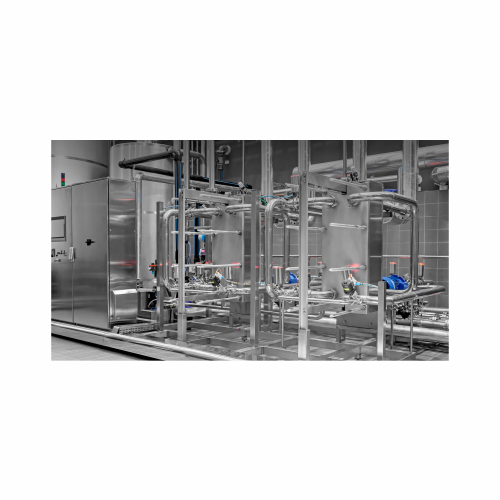
Automated system for cleaning in place (cip)
Ensure thorough, efficient cleaning of your production equipment with a syste...
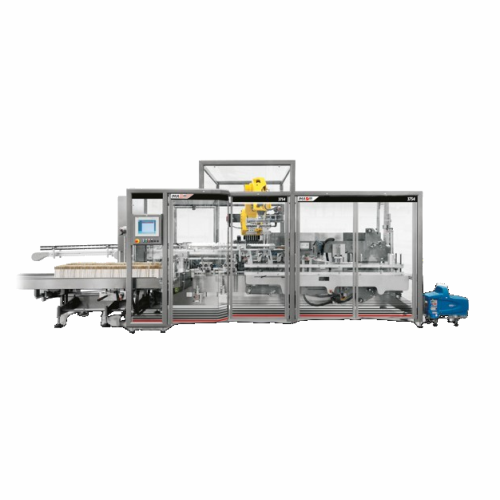
Top loading case packer for loose or bundled bottles
Effortlessly handle and pack both standard and uniquely shaped bottl...
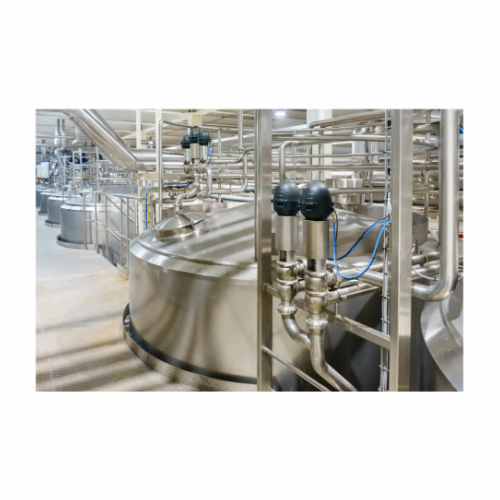
Filtration system for Cip cleaning in food production
Optimize your cleaning processes with a state-of-the-art filtration...
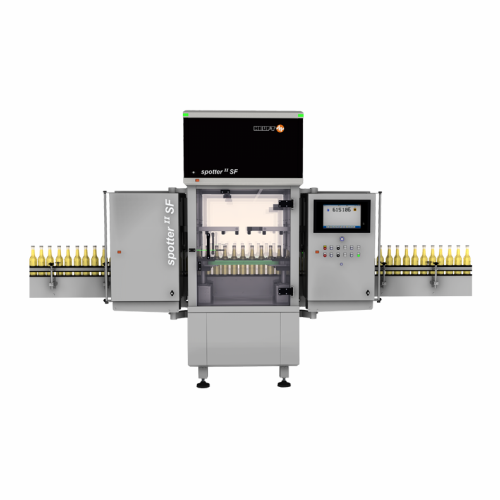
Full container inspection for glass and Pet bottles
Ensure the highest product quality by detecting foreign objects and m...
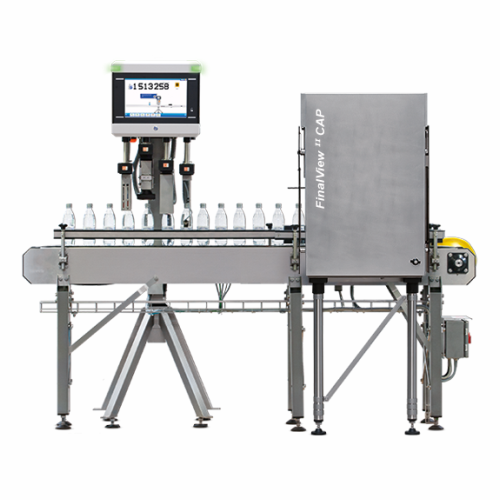
Closure inspection for beverage containers
Ensure the integrity of your bottled products with precision closure inspection...
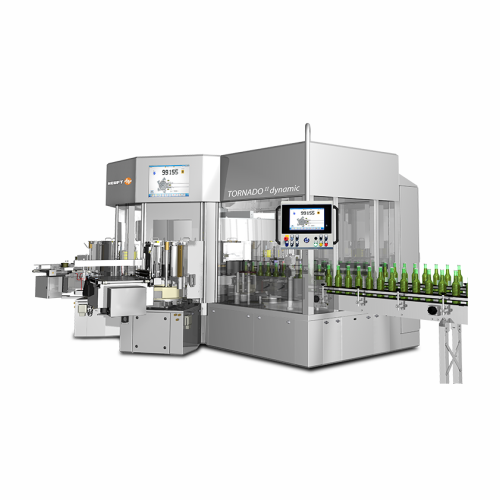
Semi-modular labeller for precise beverage bottle labelling
Achieve millimeter-precision bottle labelling with seamless ...
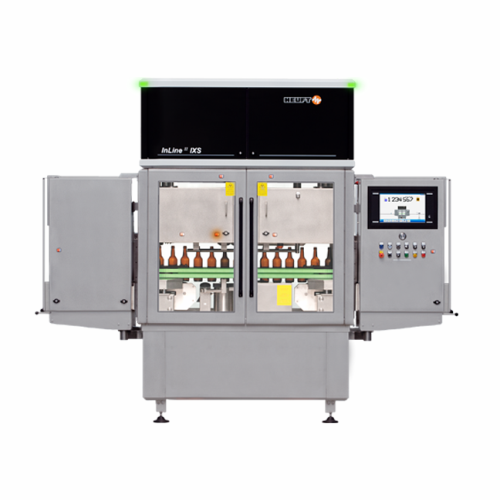
X-ray assisted empty bottle inspection
Enhance your production line with advanced X-ray and optical technology to ensure pr...
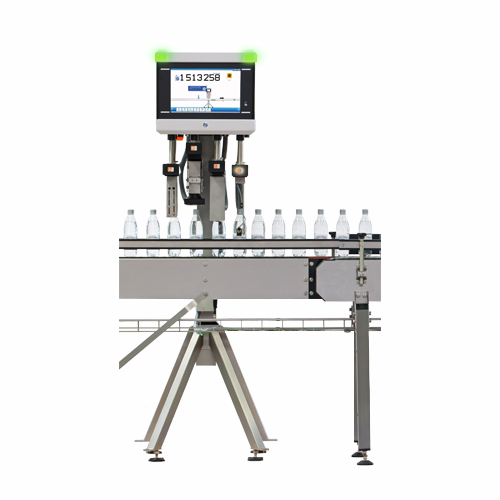
Fill level and closure inspection system
Ensure precise fill levels and secure closures in high-speed liquid packaging envi...
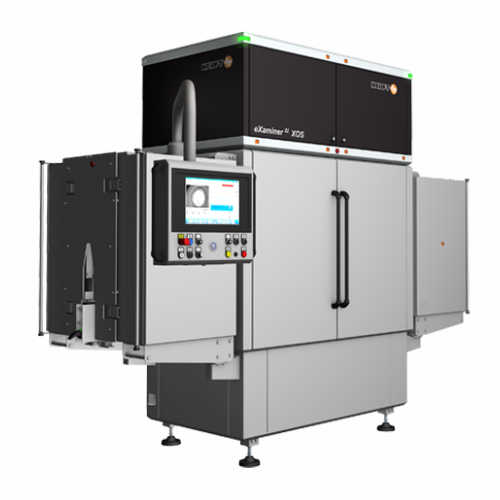
Advanced foreign object inspection for full beverage containers
Ensure consumer safety and brand protection with advance...
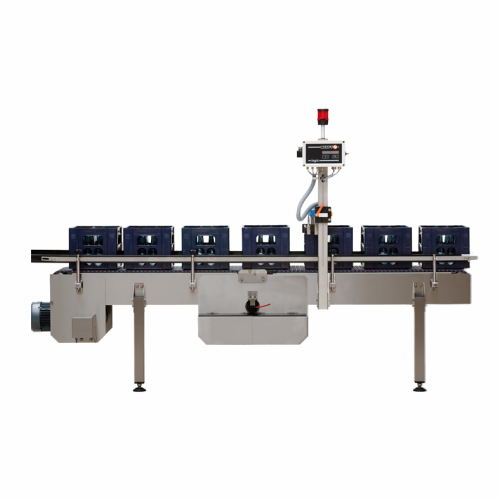
Full case check for beverage production lines
Ensure complete packaging integrity by detecting and removing cases with mis...

Conveyor control system for beverage filling lines
Optimize your production line’s efficiency by seamlessly managin...
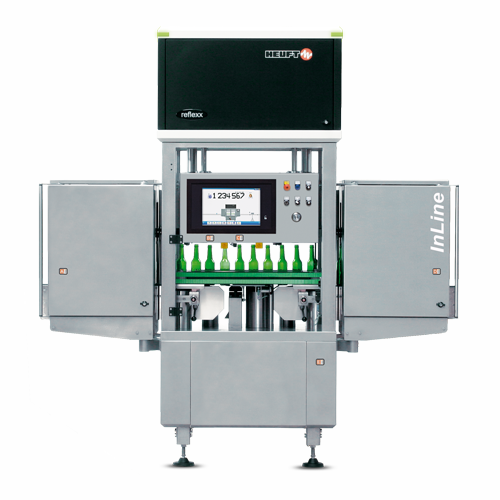
Empty bottle inspection for beverages
Ensure high quality control and prevent contamination in beverage production lines wi...
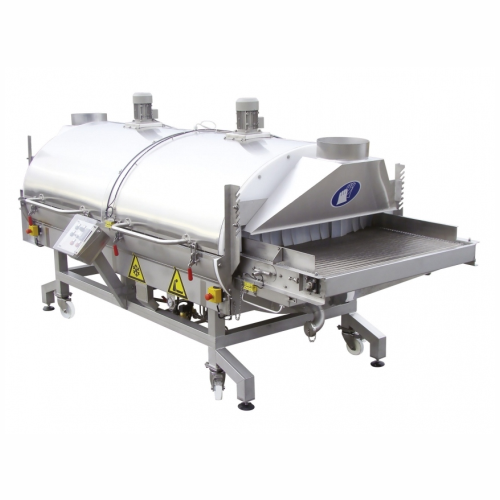
Grape harvest cooling tunnel
Ensure optimal grape quality for winemaking by precisely controlling temperature with a mobile ...
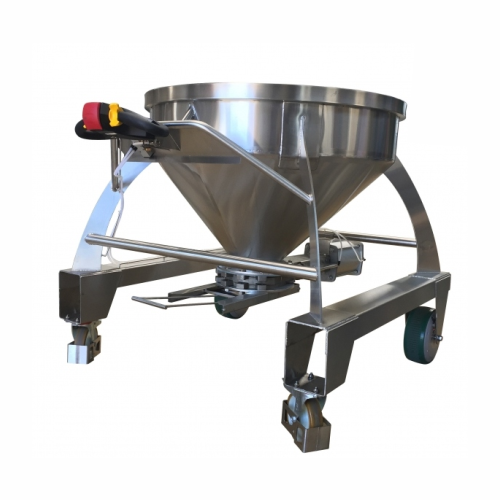
Mobile stainless steel tank for grape harvest transfer
Facilitate efficient grape harvest transfer with a motorized mobil...
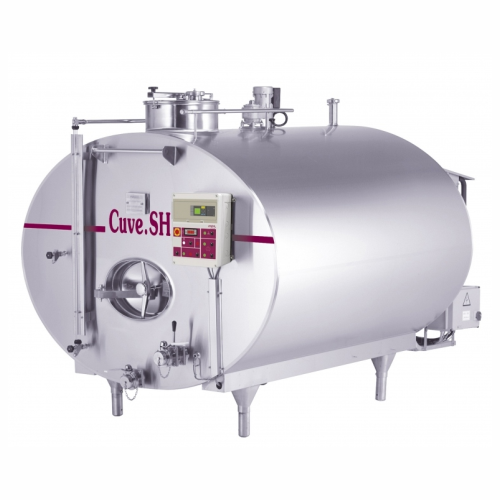
Thermal treatment units for wine processing
Optimize your wine and spirits production with precise temperature control, en...
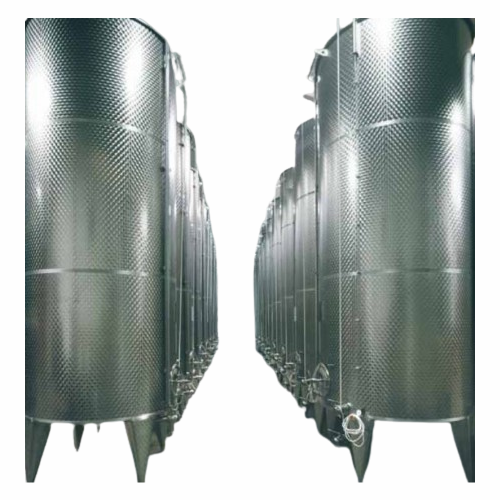
Stainless steel tanks for winemaking
Optimize fermentation with precise temperature control and insulation, ensuring the pe...
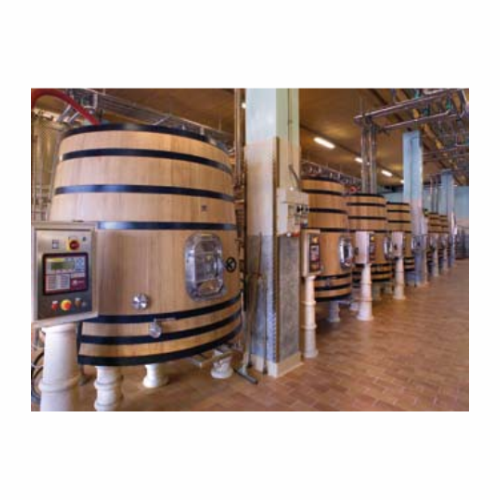
Automated pumping over system for red wine vinification
Enhance your red wine fermentation process with a compact solutio...
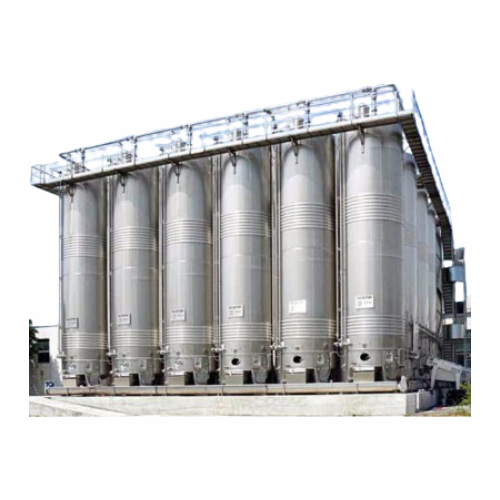
Vertical red wine tank
Optimize red wine production with a system that seamlessly integrates traditional winemaking technique...
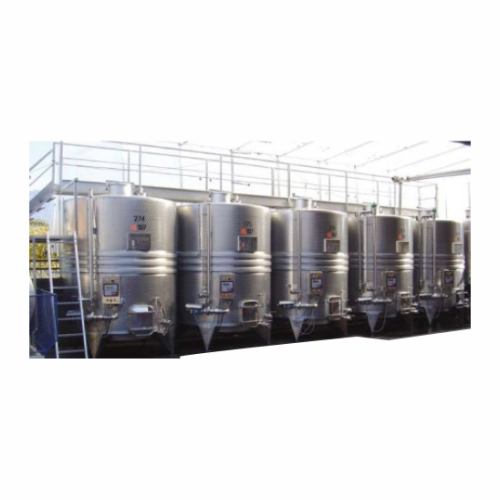
Vertical red winemaking tanks
Streamline your red wine vinification with advanced vertical tanks that optimize oxygen manage...
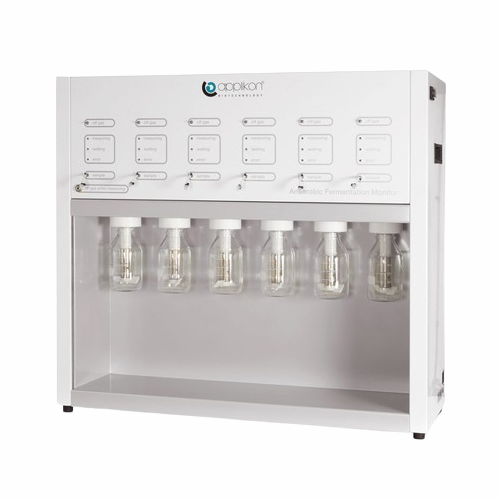
Fermentation monitor for alcohol production
Optimize anaerobic yeast fermentations with precise monitoring of carbon conve...
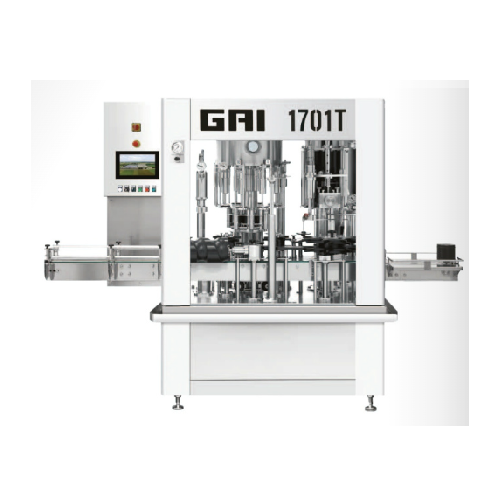
Complete bottling lines for beverage industries
Optimize your bottling process with high-speed, precision-engineered lines...
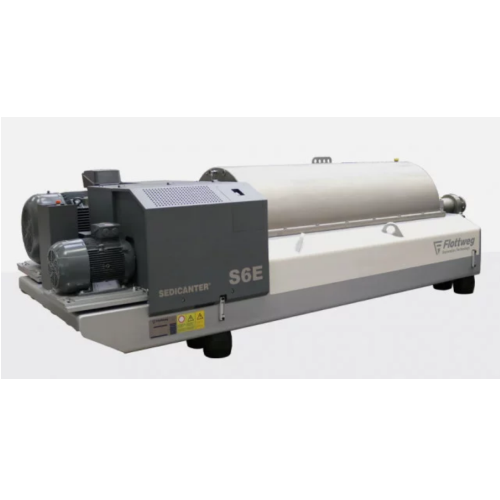
Decanter centrifuge for soft sediment separation
For operations dealing with soft, easy-flowing sediments, ensuring effici...
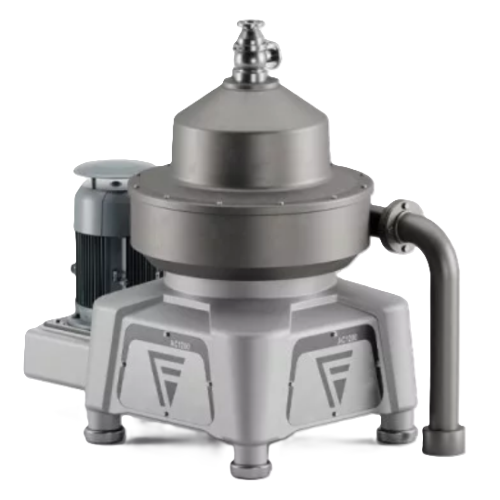
2-phase separator for clarifying liquids
Efficiently refine and clarify liquids while minimizing waste. This 2-phase separa...
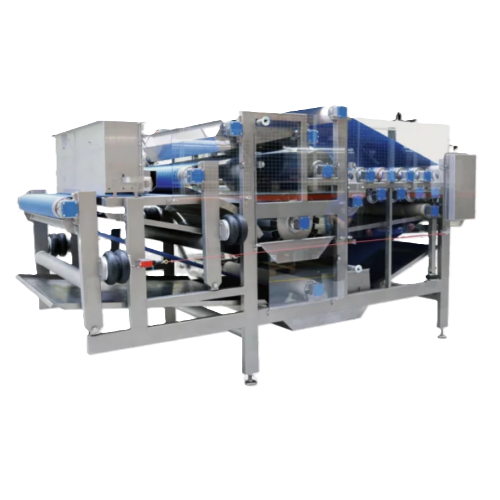
Industrial belt press for fruit and vegetable processing
Optimize your juice yield and reduce drying costs in starch and ...
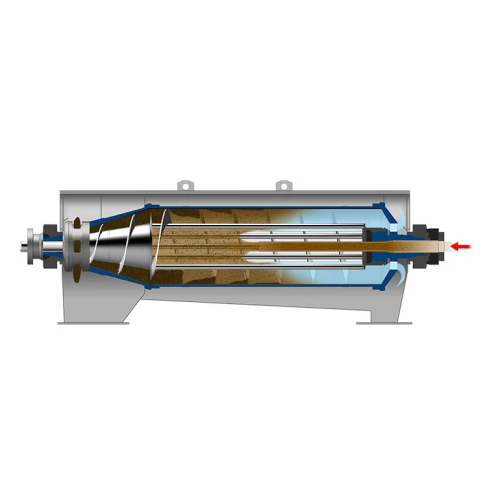
Advanced sludge dewatering for sewage treatment plants
Optimize sludge dewatering with a centrifuge that enhances separat...
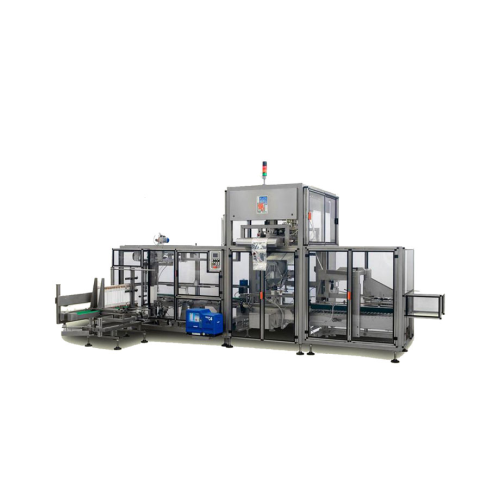
Ultra hygienic filler for non-aseptic products
Optimize your production with high-speed filling and sealing of liquid prod...
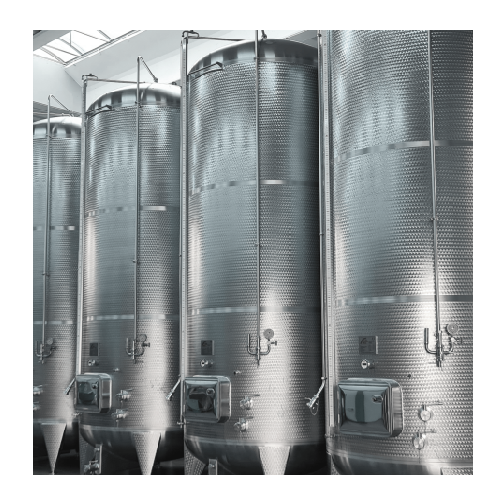
Winemaking tanks and autoclaves
Optimize your fermentation process with customizable tanks that integrate seamlessly into yo...
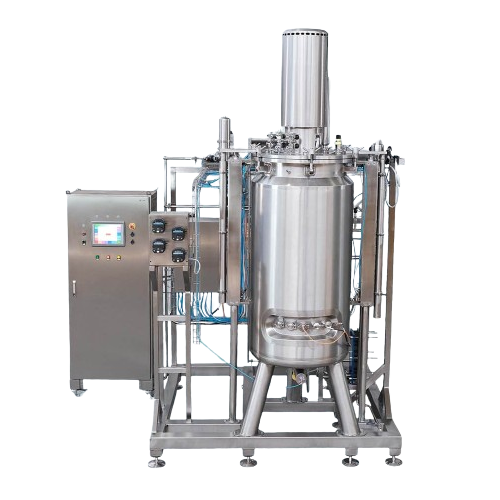
Fermenter for microbial fermentation processes
Optimize your fermentation and biopharmaceutical production with stainless ...
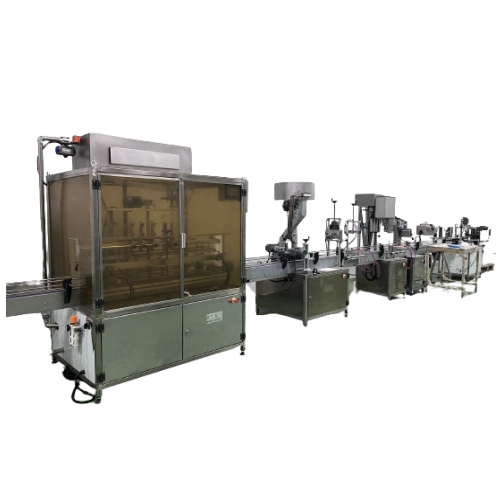
Liquid food filling solutions
Maximize efficiency in your packaging line with versatile filling machines designed for precis...
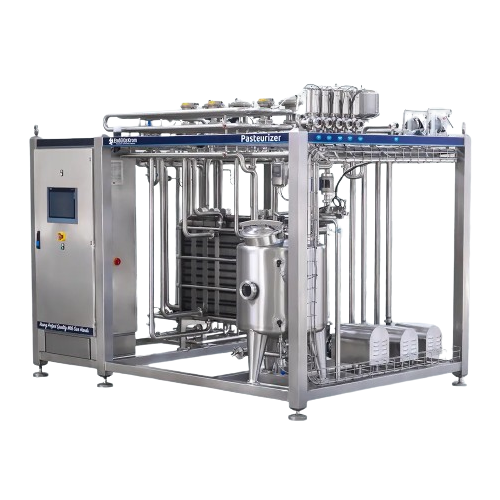
Industrial pasteurizer for dairy and beverage processing
Enhance product quality and safety with efficient heat treatment...
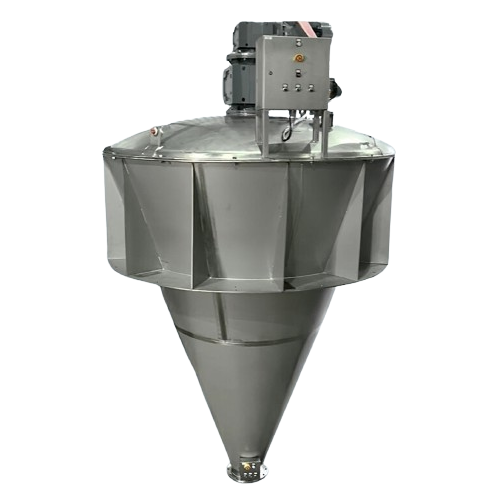
Conical powder mixer for uniform powder blending
Achieve consistent powder blending while preserving the integrity of deli...
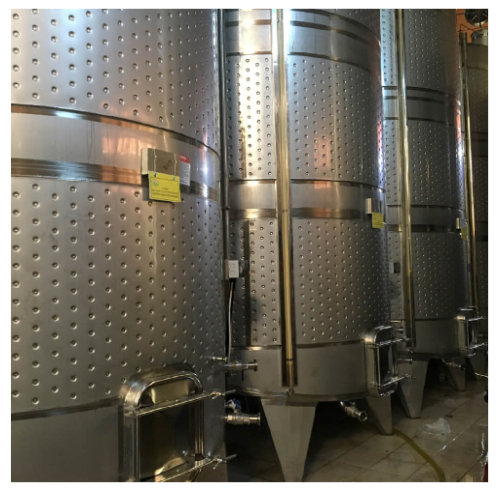
Stainless steel fermentation tanks
Optimize your fermentation efficiency with stainless steel tanks that provide precise te...
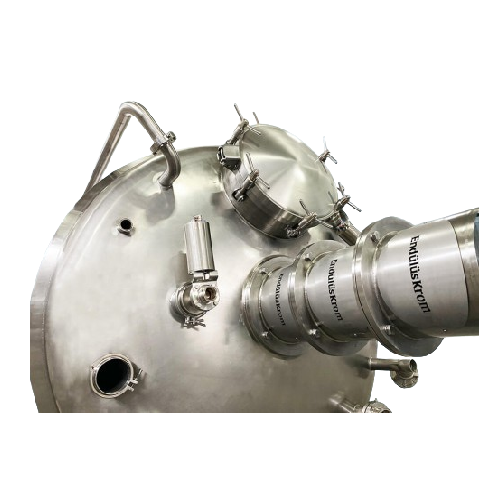
Industrial storage tanks for chemical and cosmetic industries
Need reliable storage that withstands aggressive chemical ...
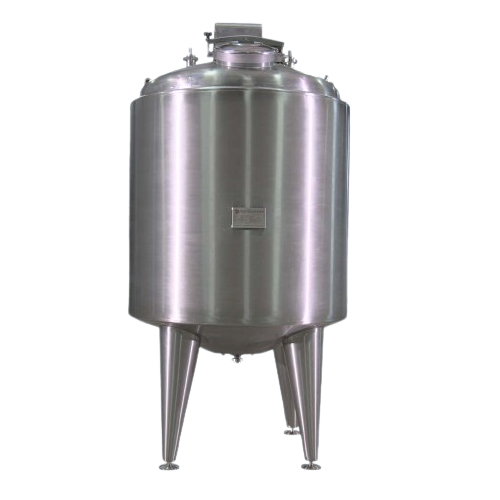
Ultraclean aseptic storage tanks for hygienic liquid food
Ensure your liquid products remain uncontaminated and maintain...
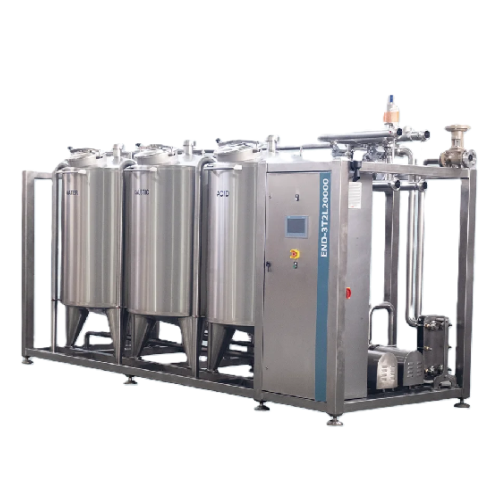
Automated cleaning in place (cip) systems for beverage processing
Optimize your production with automated CIP systems t...
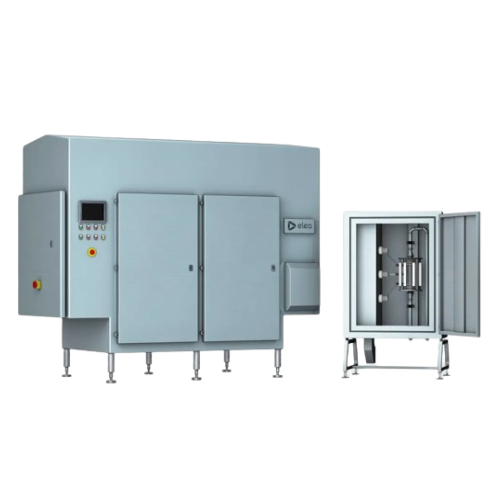
Pulsed electric field system for olive oil processing
Enhance extraction efficiency and product quality with this advance...
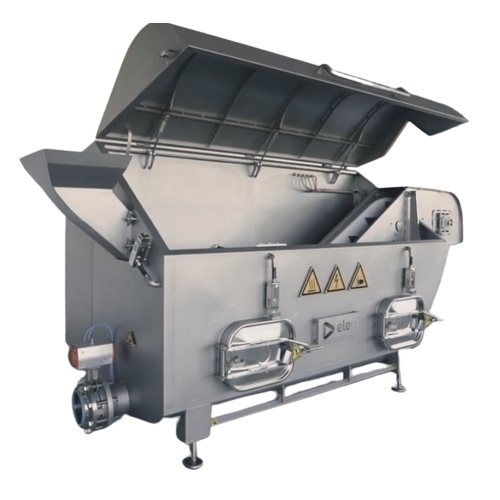
Compact pulsed electric field treatment for french fries
Reduce oil absorption and enhance product texture with this inno...
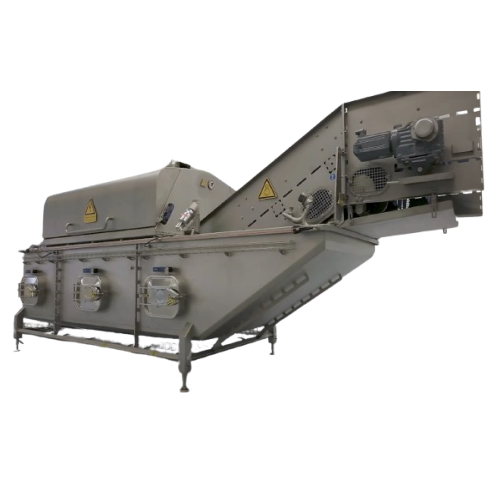
Pulsed electric field treatment for roots, tubers, and fruits
Enhance your production line with advanced pulsed electric...
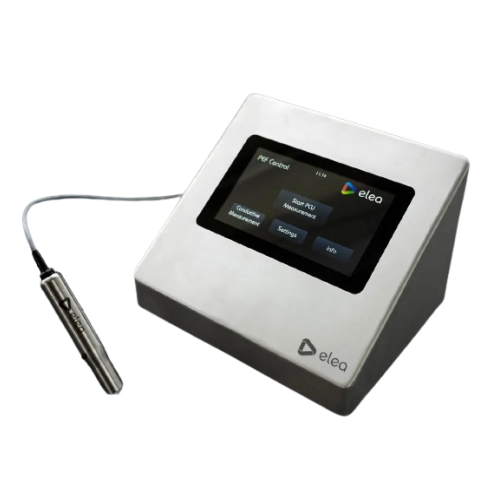
Cell disintegration measurement tool for food products
Ensure precise measurement of cell disintegration across food prod...
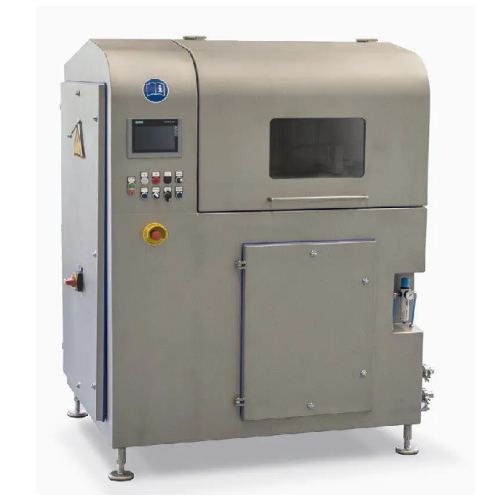
Modular pulsed electric field system for food processing
Enhance your food processing efficiency with a modular system th...
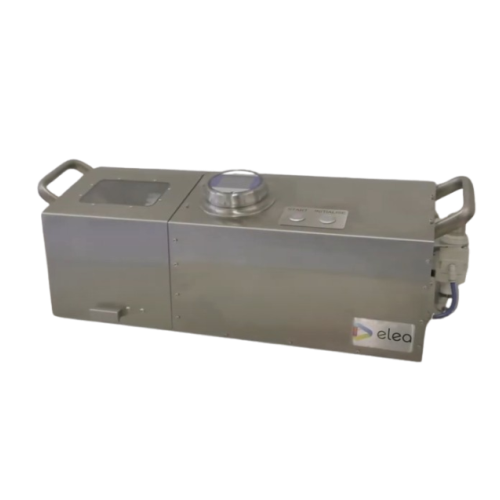
Precision quality control for potato and vegetable cutting
Optimize cutting precision and improve product quality by ins...
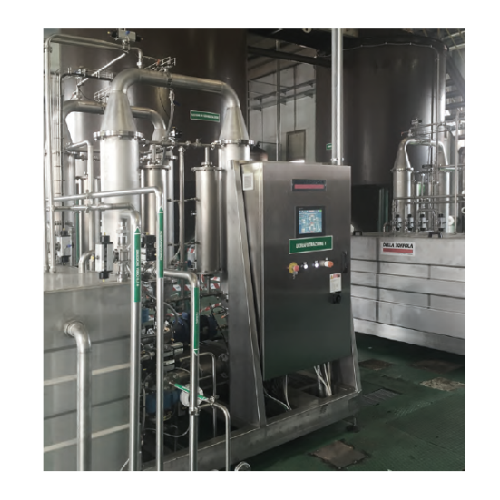
Ceramic ultrafiltration for treating oily emulsions
Optimize your oily emulsion treatment process with advanced ceramic u...
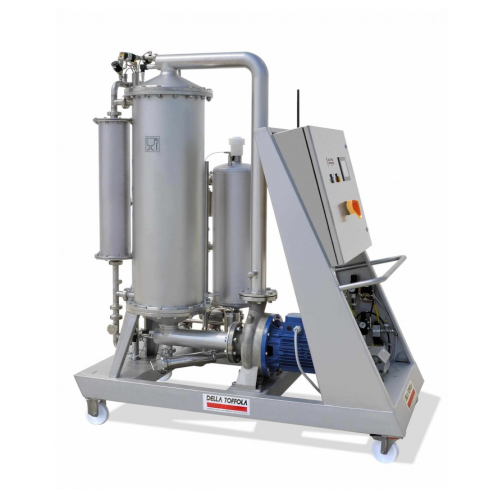
Crossflow filtration with ceramic membranes for wines
Enhance filtration efficiency and durability with ceramic membranes...
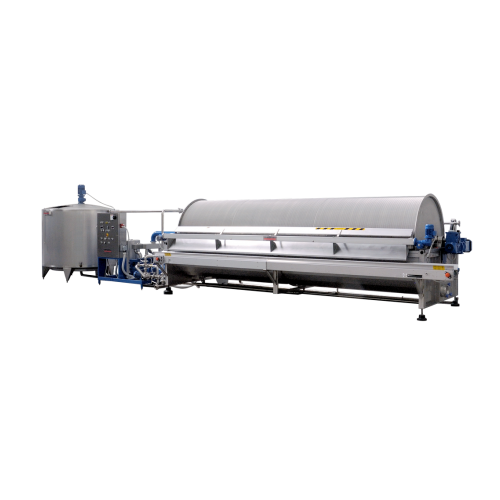
Rotary vacuum filters for wine and lees filtration
Achieve high-precision liquid filtration and separation with continuou...
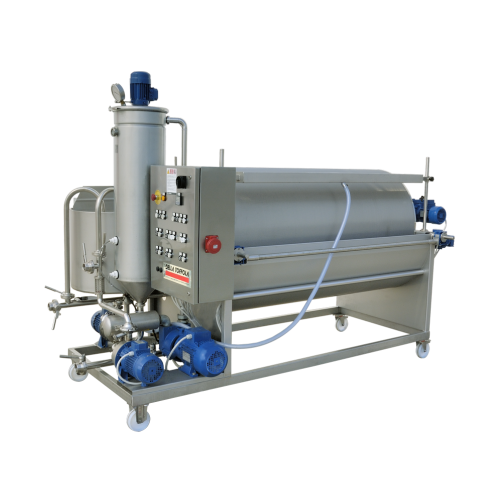
Rotary vacuum filters for wine and beverage filtration
Efficiently filter and clarify wines, juices, and industrial fluid...
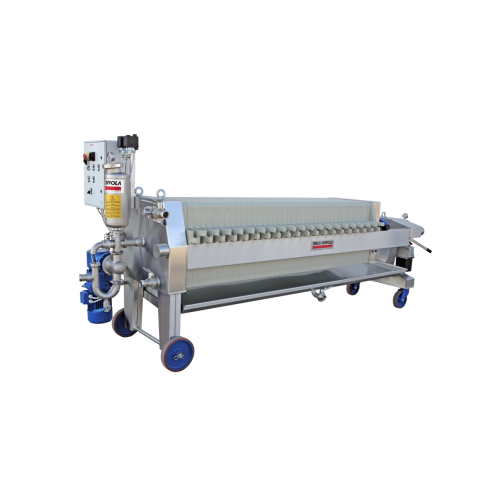
Industrial plate filter press for winemaking
Efficiently separate liquids from solids to recover valuable liquid component...
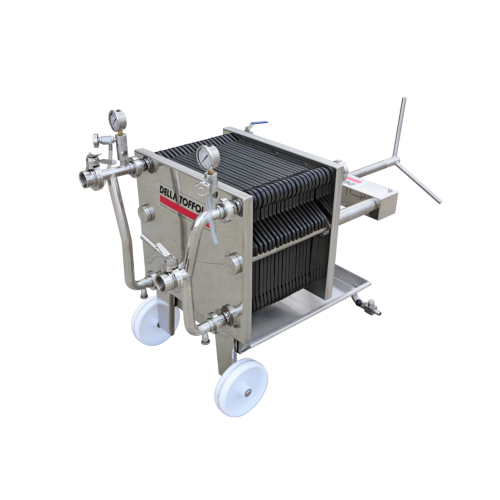
Industrial sheet filters for diverse liquid filtration applications
Achieve precise liquid filtration with adaptable sh...
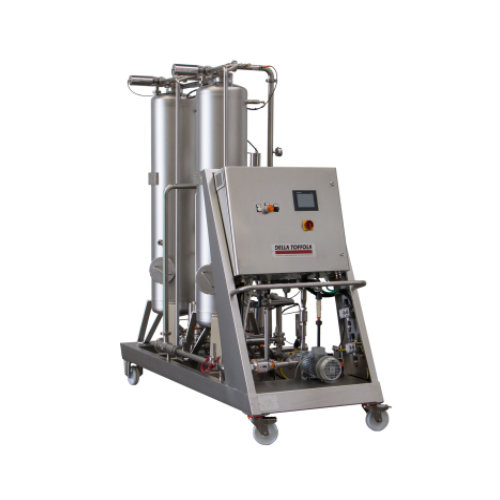
Wine stabilization using resin skid systems
Achieve precise wine stabilization by reducing tartaric acid and potassium lev...
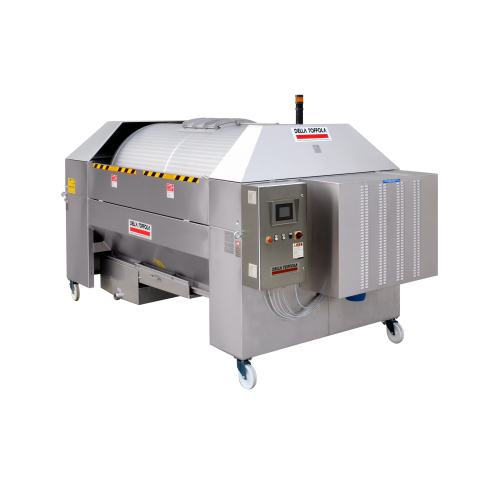
Pneumatic presses for wine production with open tanks
Optimize your wine production with presses designed to maximize str...
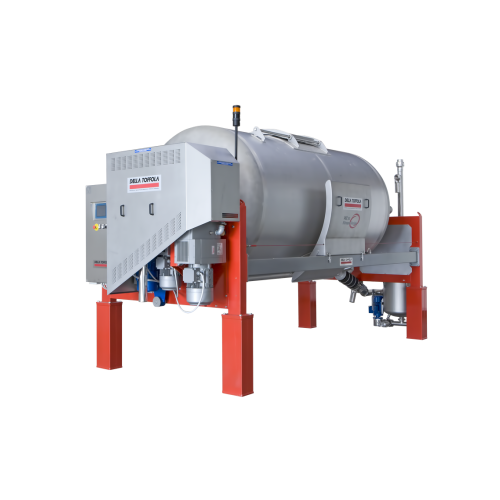
Presses compensated with inert gas for winemaking
Ensure the protection of delicate wine flavors during pressing by utili...
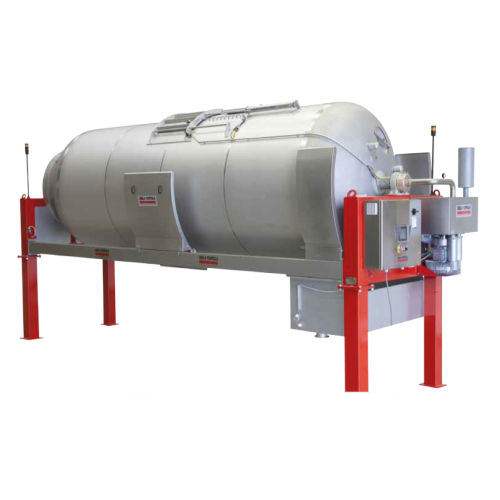
Wine presses with closed tanks for red and rosé wines
Optimize your winemaking process with presses designed for gentle e...
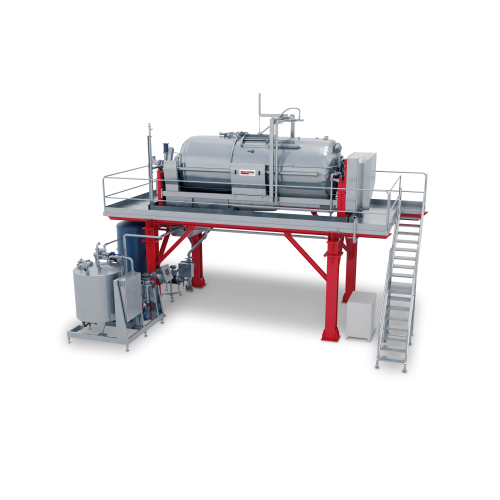
Fully automatic continuous flow wine press
For winemakers seeking to optimize operations, this advanced pneumatic pressing...
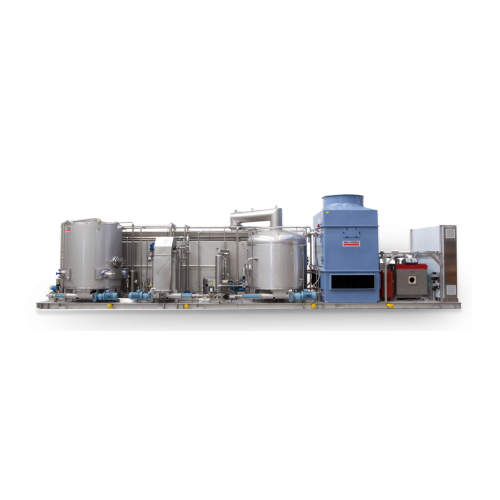
Thermovinification system for red grapes
Enhance your red wine production by rapidly extracting rich color and flavor compo...
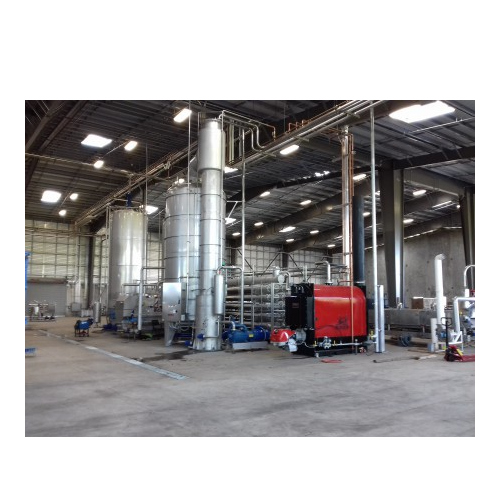
Thermovinification system for red wine production
Optimize your vinification process with a complete thermovinification s...
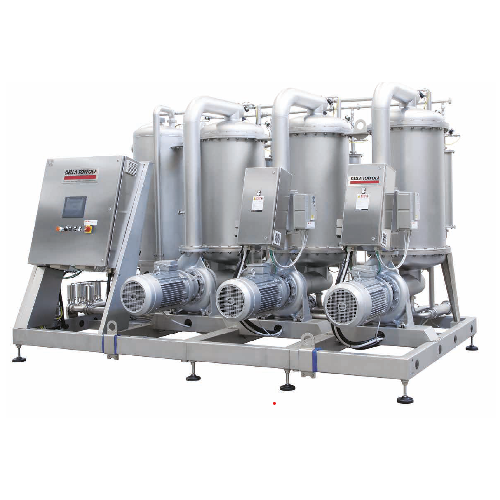
Industrial crossflow filters with ceramic membranes
Achieve precise filtration with robust ceramic membranes, ideal for h...
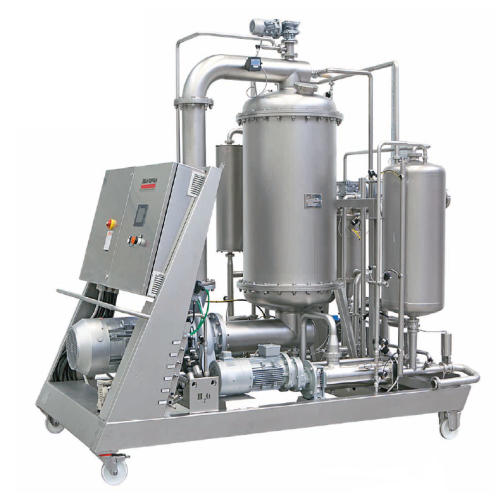
Crossflow filter for clarified and unclarified wines
Optimize your filtration process with ceramic membrane technology th...
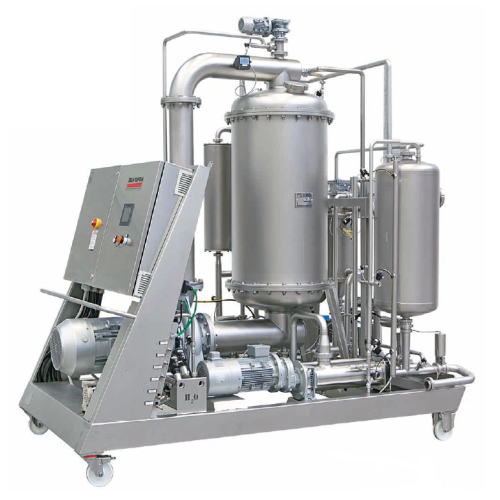
Ceramic membrane crossflow filters for wine clarification
Enhance filtration efficiency with ceramic membranes offering ...
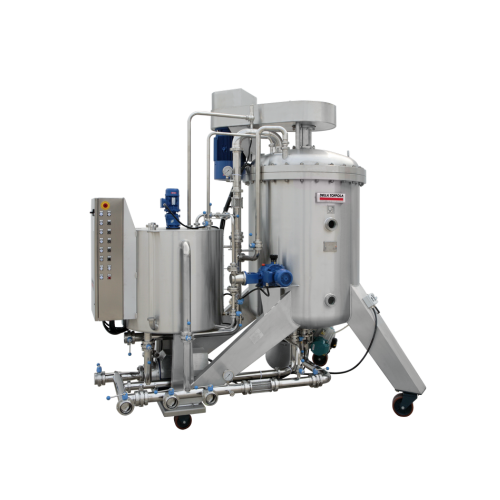
Kieselgur filter for wine and lees
Enhance clarity and purity in your beverage filtration process with a system designed to...
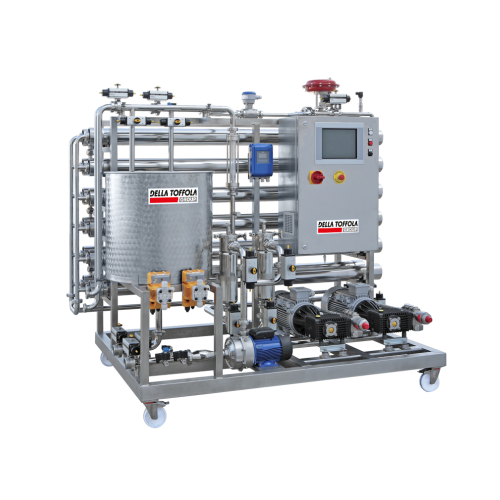
Reverse osmosis system for wine production
Enhance wine quality and versatility with advanced reverse osmosis systems that...
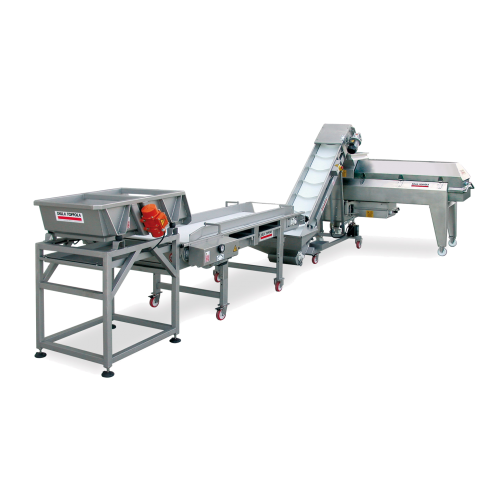
Grape sorting and washing lines
Optimize grape processing with efficient sorting and washing lines that streamline the prepa...
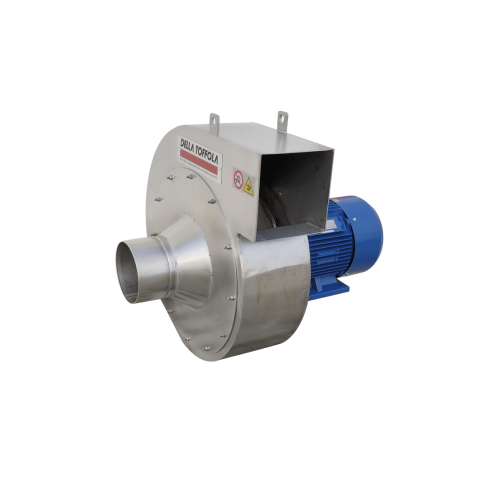
Grape stem extractor for winemaking
Efficiently remove grape stems to enhance quality in winemaking and streamline your pro...
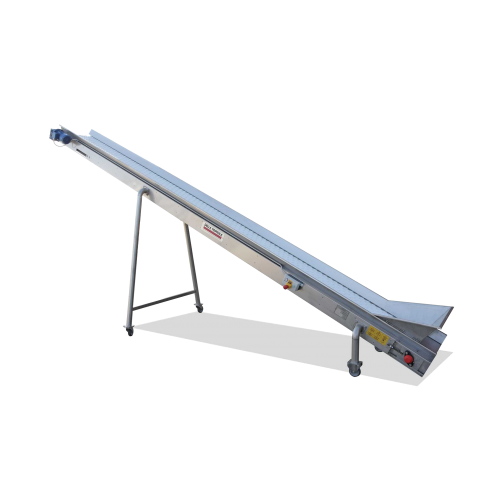
Conveyor belts for grape processing
Streamline your grape processing with stainless steel conveyor belts, engineered for ef...
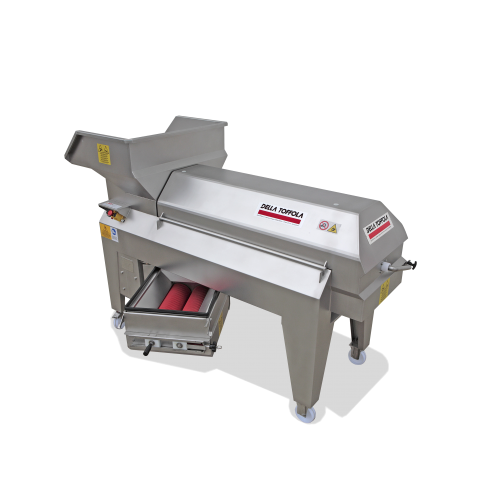
Crusher destemmer for grapes
Achieve consistent grape processing with precise separation and minimal crushing, preserving th...
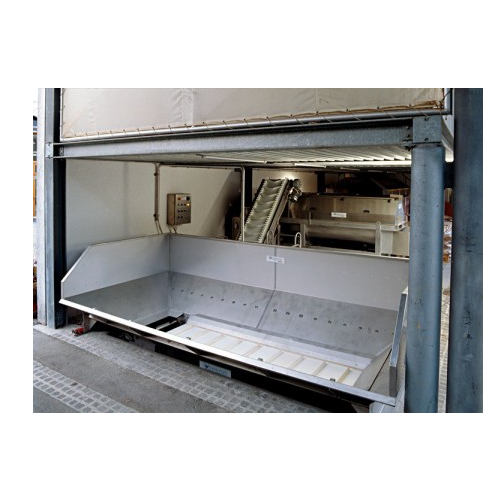
Stainless steel tanks with belt conveyors for grapes
Streamline your grape processing with efficiently designed stainless...
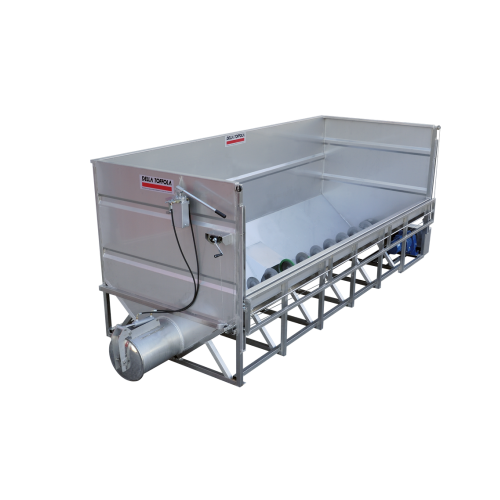
Tanks with screw conveyors for grape reception
Optimize grape reception with customizable tanks equipped with screw convey...
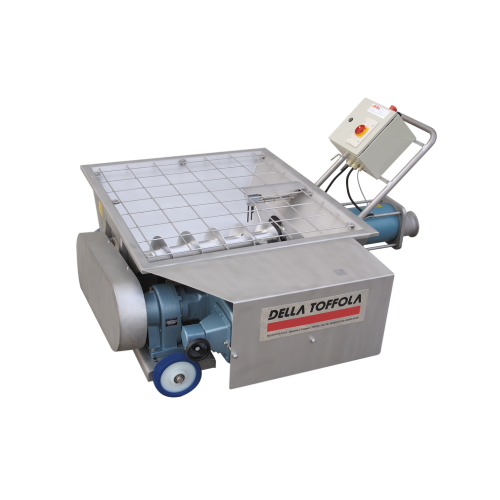
Mohno pumps for efficient grape marc transfer
Ensure gentle handling and uninterrupted flow of grape marc with low-vibrati...
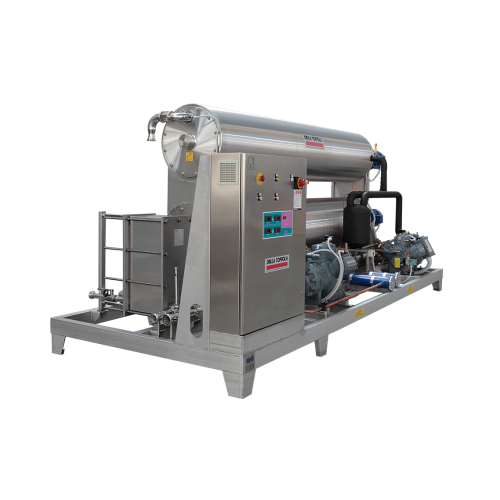
Scraped-surface wine coolers for efficient cooling
Ensure optimal temperature control for winemaking with advanced coolin...
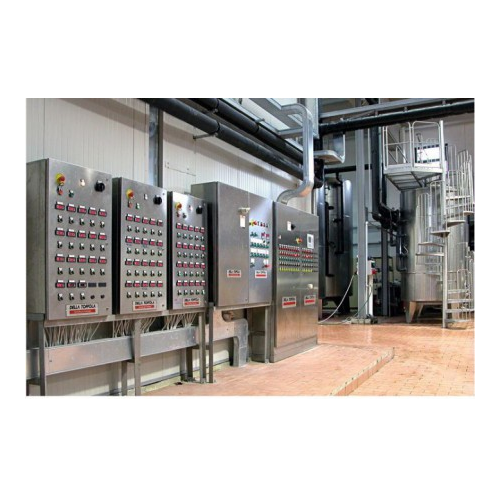
Temperature control systems for winemaking
Achieve precise temperature regulation in fermentation and storage processes wi...
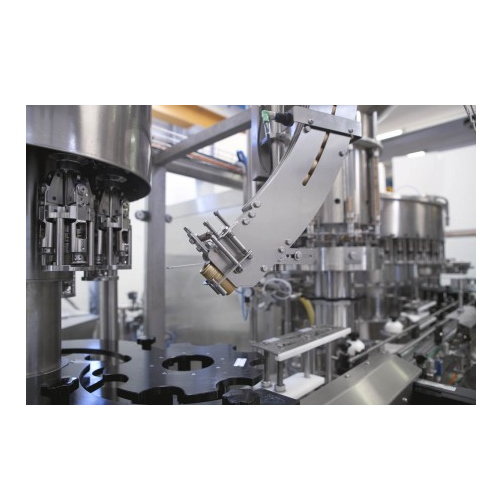
Screw capping systems for bottling lines
Ensure airtight sealing and product integrity with precision-engineered screw capp...
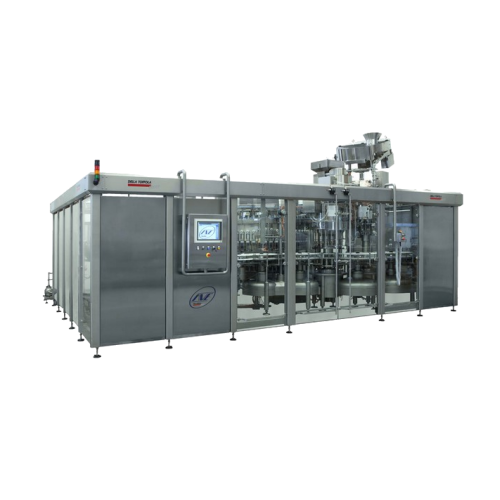
Isobaric filling solution for carbonated drinks
Achieve precision filling for carbonated and still beverages with advanced...

Rotary container rinser
Ensure your bottles are thoroughly clean and sterile before filling, enhancing product safety and she...
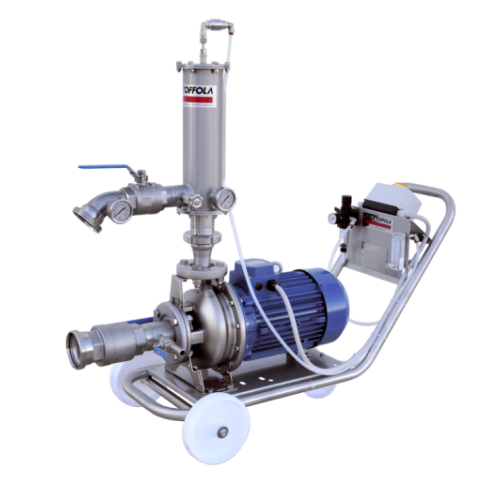
Wine clarification flotator
Achieve superior wine clarity efficiently by integrating a single-tank flotation solution that s...
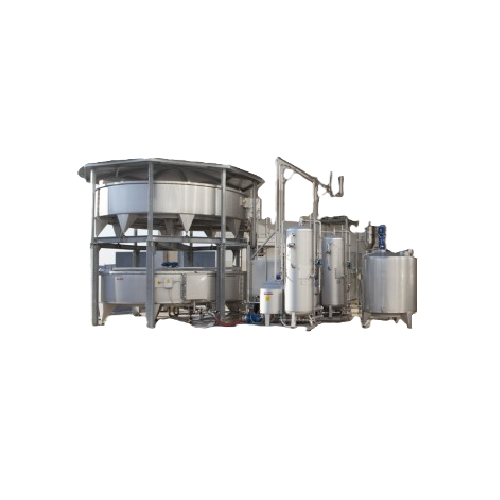
Continuous wine flotation unit for must clarification
Enhance your must clarification process with a continuous flotation...
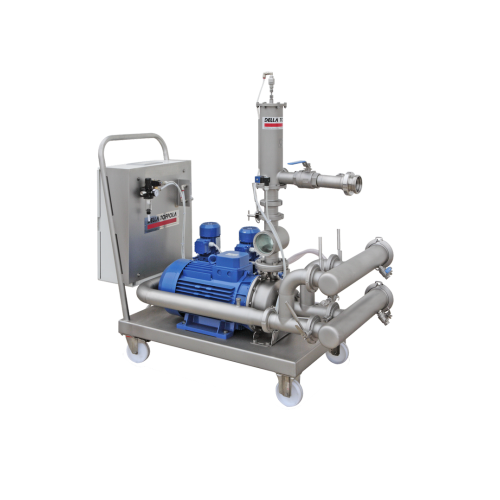
Continuous flotation units for wine clarification
Optimize your wine and juice production with our advanced flotation uni...
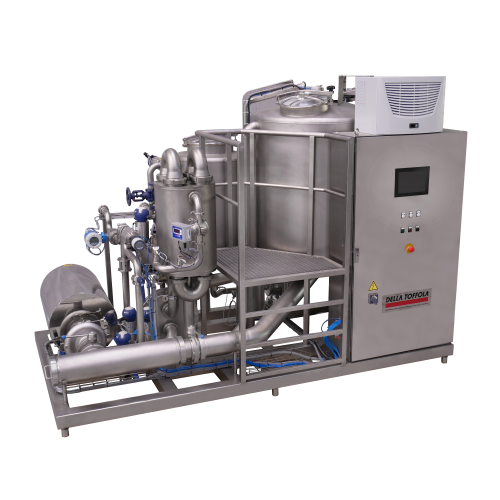
Continuous sugar dissolving system for beverage production
Effortlessly transform granulated sugar into a consistent, hi...
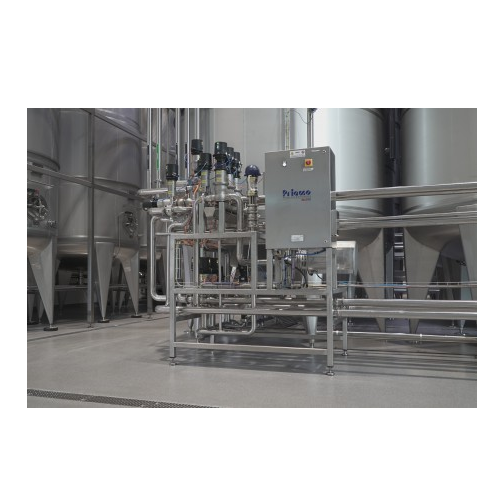
Solution blenders for chunk-containing beverages
Maintain the integrity and consistency of chunk-filled beverages without ...
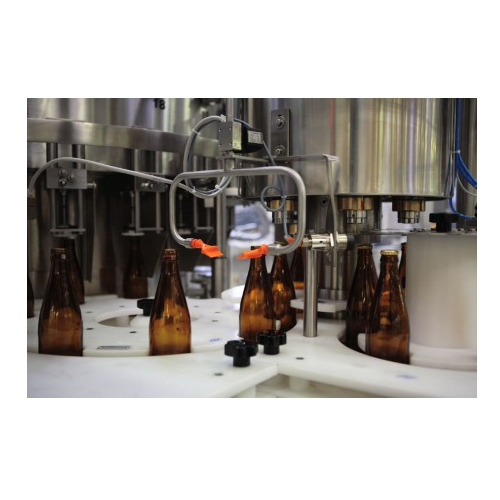
Crown capping solution for beverage bottles
Ensure perfect sealing for beverage containers with a high-speed crown capping...
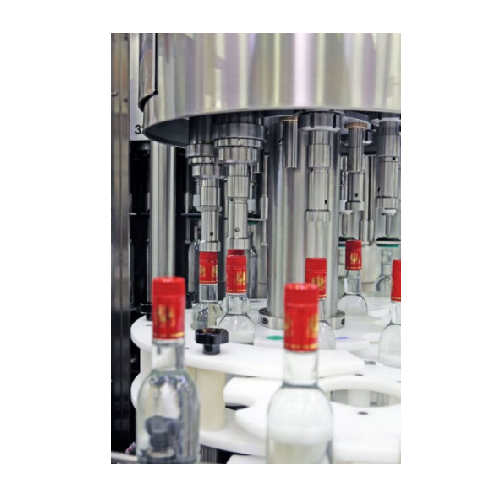
Press-on capping system for bottles
Ensure precise and secure closure of various bottle types with our versatile press-on c...
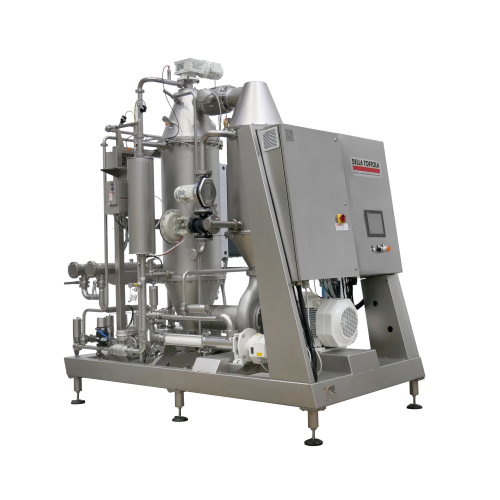
Cross flow filtration for beer production
Optimize your beer filtration process and minimize product loss with advanced cr...
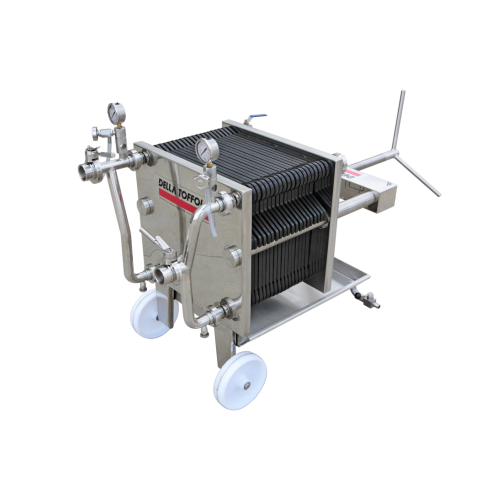
Sheet filters for wine and beer filtration
Enhance your filtration process with reliable sheet filters designed for high-q...
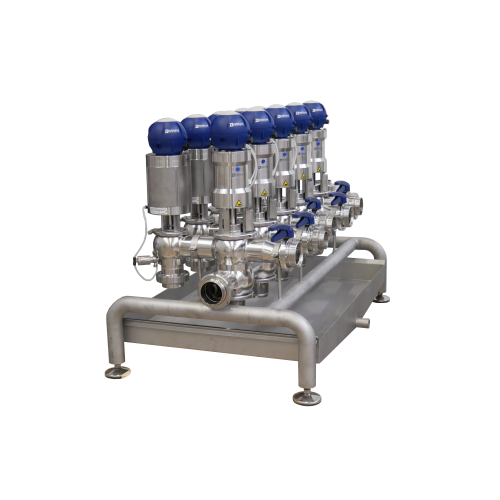
Automatic ingredient batching and blending systems
Optimize your production line with precision ingredient blending and b...
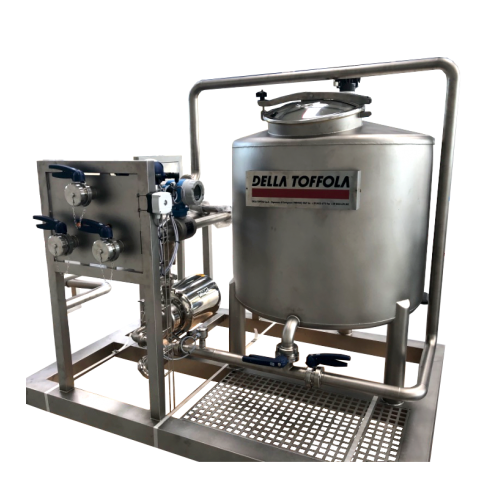
Dissolution and batching system for minor ingredients
Efficiently manage minor ingredients with a system designed for pre...
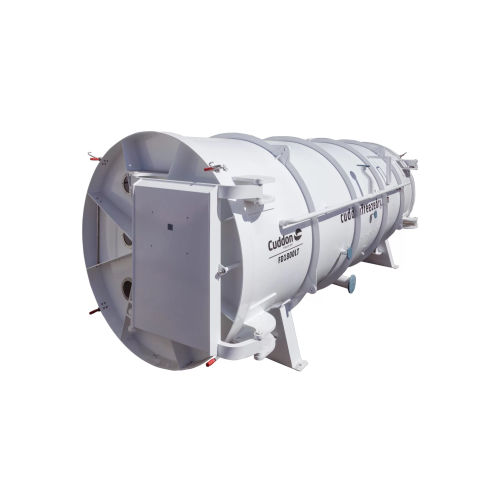
Low temperature freeze dryer for high sugar or acid content products
Perfect for producing freeze-dried goods from food...
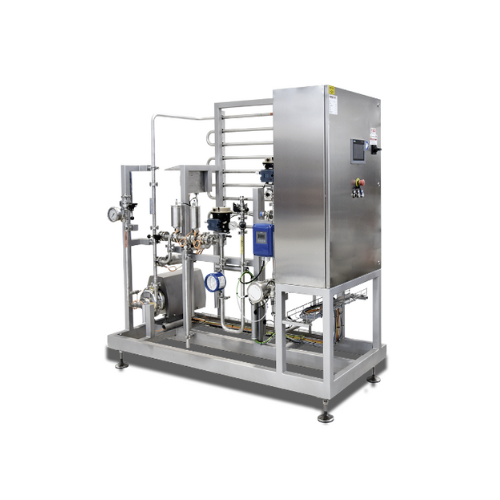
Saturation unit for carbonating beverages
Elevate your beverage production with continuous carbonation, ensuring precise g...
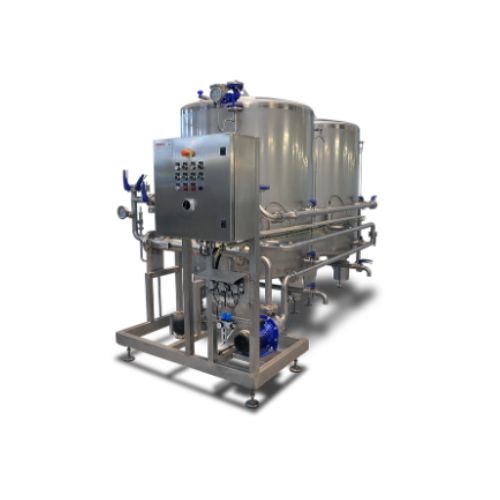
Cip systems for beverage filling plants
Ensure optimal cleanliness and hygiene in your beverage production line with advanc...
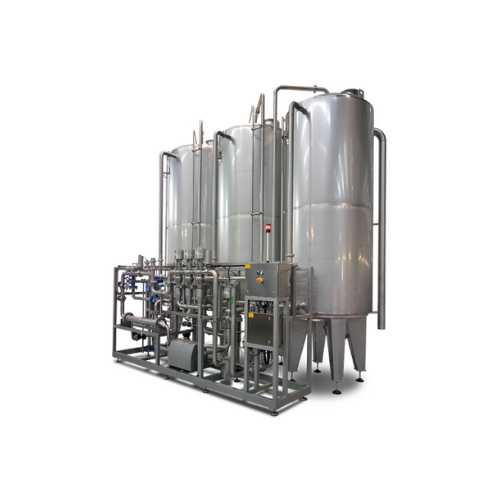
Cleaning solution tanks for beverage production
Achieve superior internal cleaning of beverage containers with our advance...
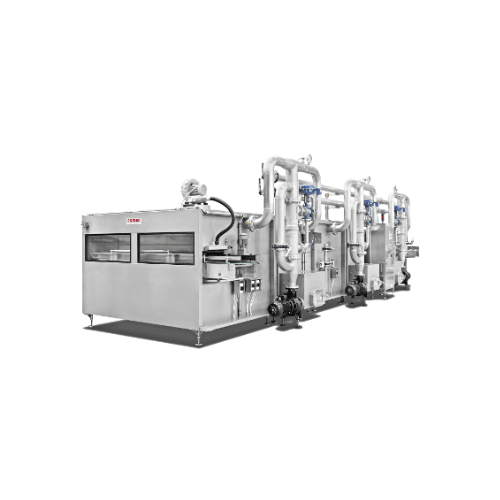
Heating and cooling tunnel for beverages
Achieve consistent temperature regulation for beverages, ensuring optimal product ...
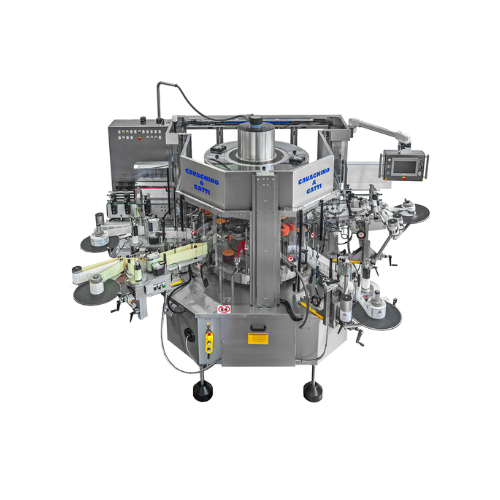
Self-adhesive labelling system for bottles
Enhance your bottling line with a versatile labelling system that supports medi...
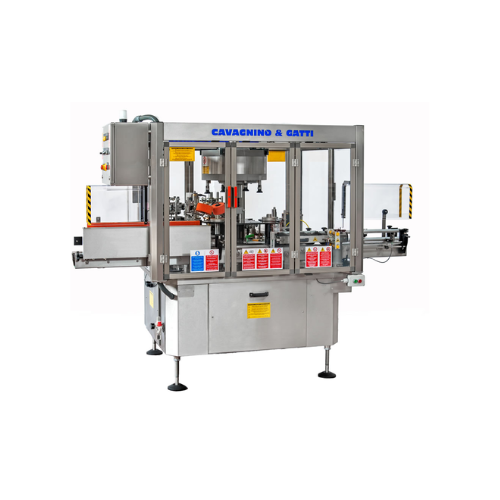
Compact wet glue labeling system for low volume production
Achieve precise, high-quality labeling with compact machinery...
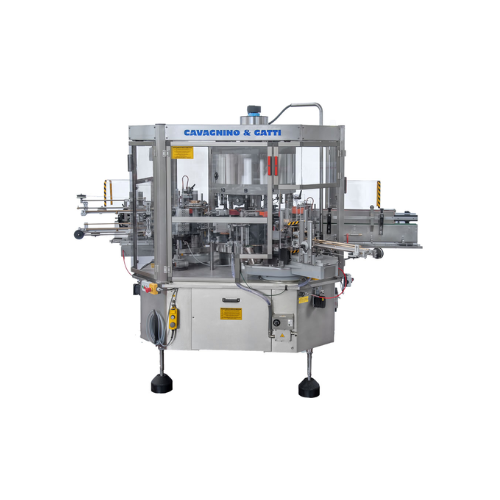
High-speed wet glue labelling system
Ensure precise labelling on diverse bottle types with our versatile rotary labelling s...
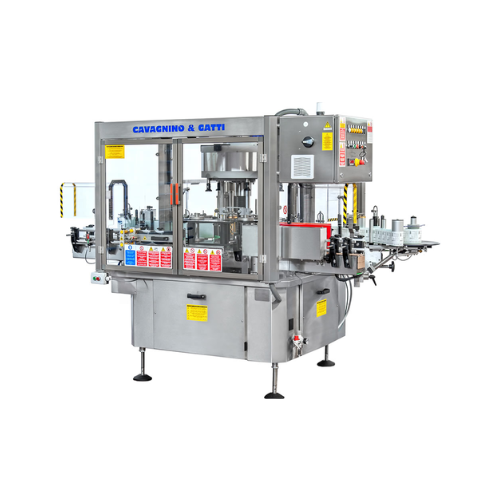
Compact combined labelling solution for bottling lines
Optimize your bottling line with a versatile, compact labelling so...
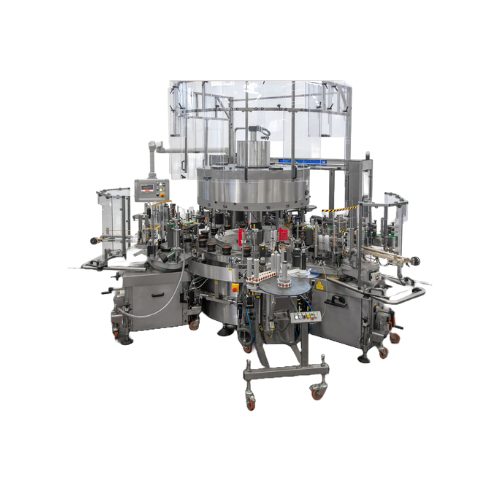
Combined wet glue and self-adhesive labeling system
Achieve seamless labeling with combined wet glue and self-adhesive te...
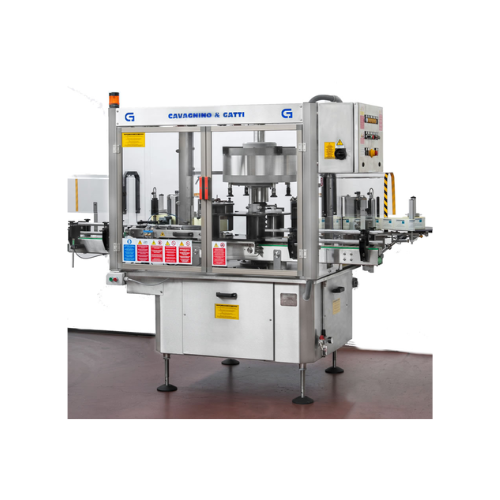
Self-adhesive labeling system for bottles
Streamline your bottling operations with high-precision labeling that enhances p...
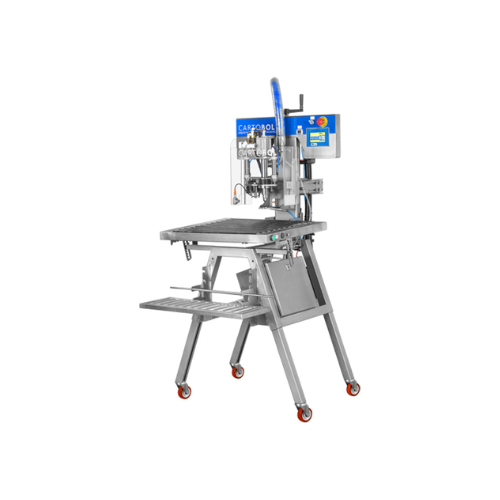
Semi-automatic filler for bag-in-box packaging
Streamline your liquid packaging process with a versatile filler that integ...
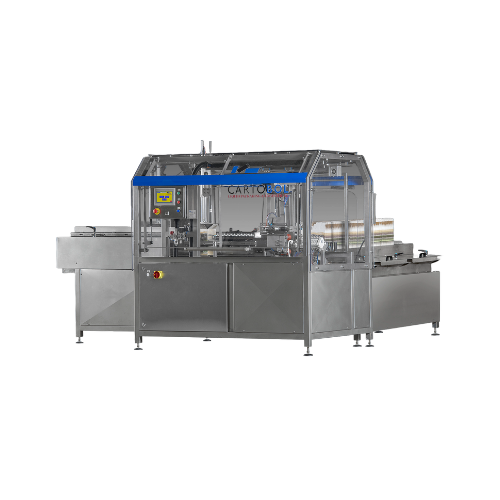
Bag-in-box carton erector
Experience seamless carton erection with advanced servomotor technology, enhancing both efficiency...
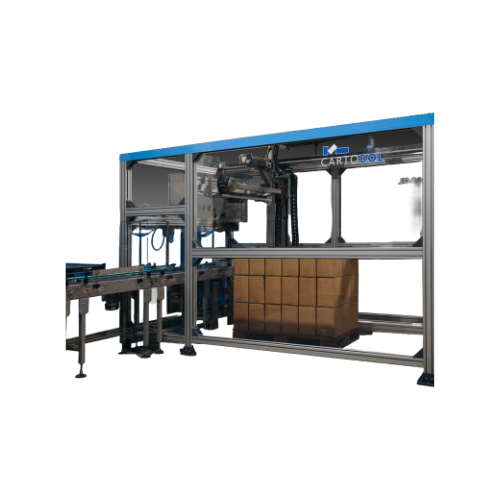
Automatic palletiser for bag-in-box packaging line
Streamline your packaging process with a cartesian palletiser designed...
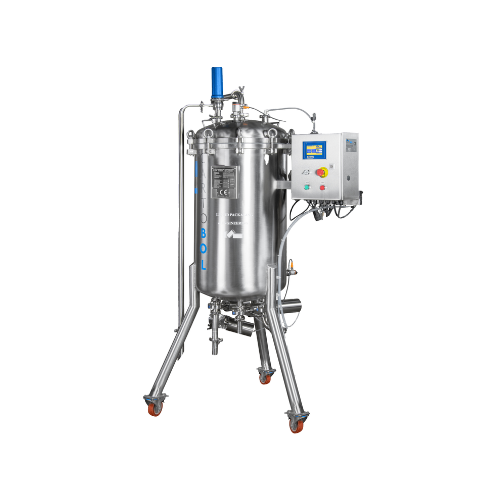
200l buffer tank for bag-in-box fillers
Ensure precise filling and consistent flow control with this stainless steel buffer...
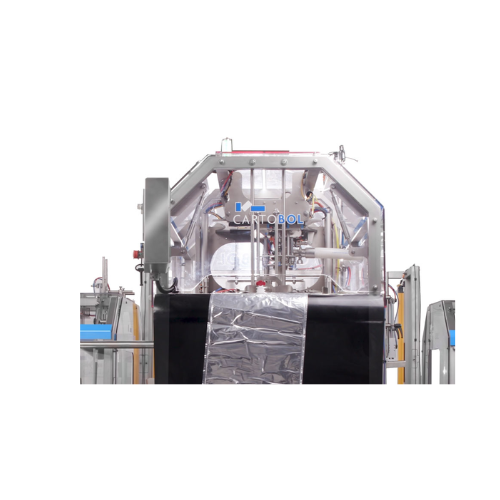
Bag-in-box fully automatic filling line
Streamline your liquid packaging operations with a modular system designed to enhan...
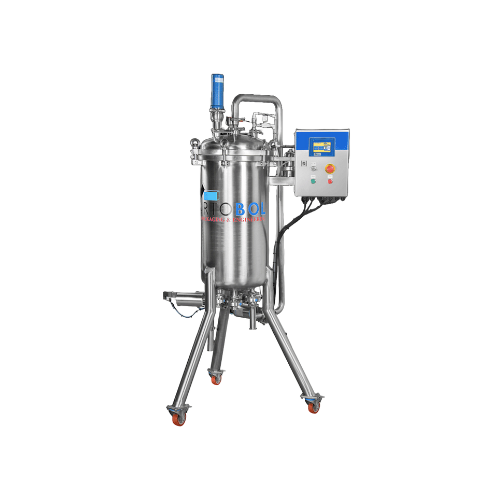
Buffer tank for bag-in-box filling
Optimize your liquid packaging with precise flow control and pressurization, ensuring st...
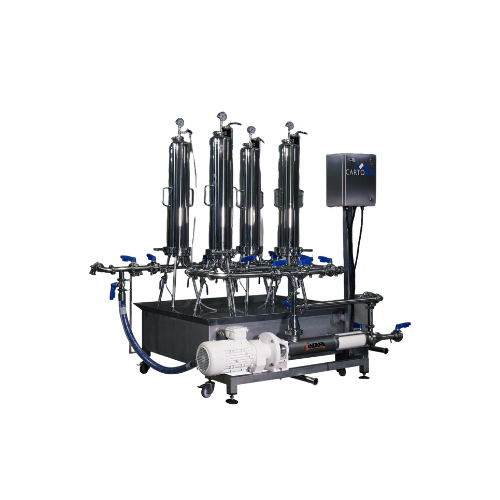
Wine filtration system for microbiological purity
Ensure your wines achieve the highest clarity and microbiological purit...
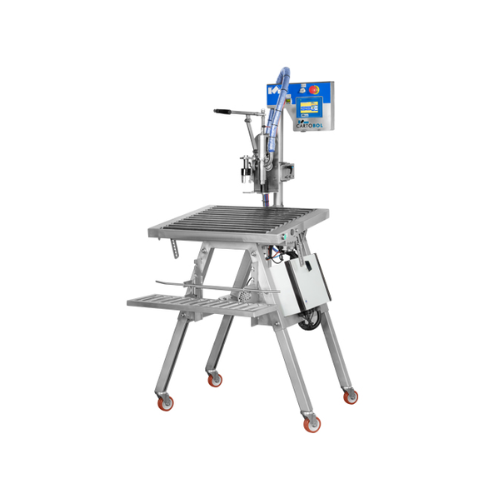
Manual bag-in-box filling solution
Streamline your liquid packaging with a compact, easy-to-operate filling system that sim...
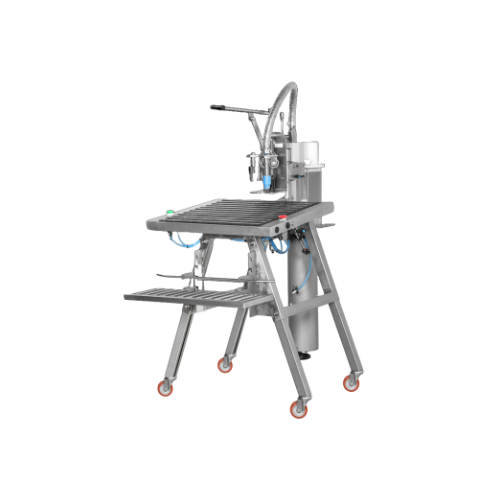
Manual pneumatic filler for bag-in-box
Experience seamless filling for liquid formulations with this pneumatic solution, en...
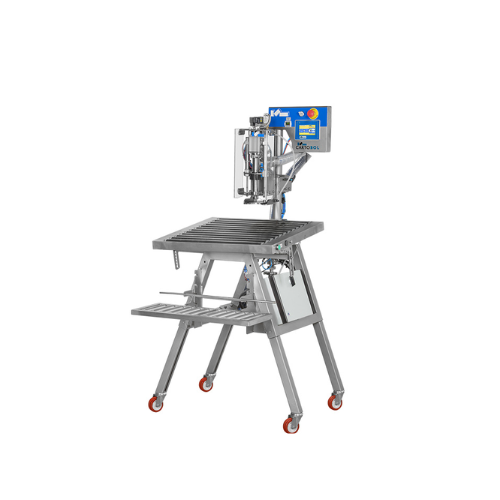
Manual filling system for bag-in-box packaging
Streamline your liquid filling process with a manual system designed for pr...
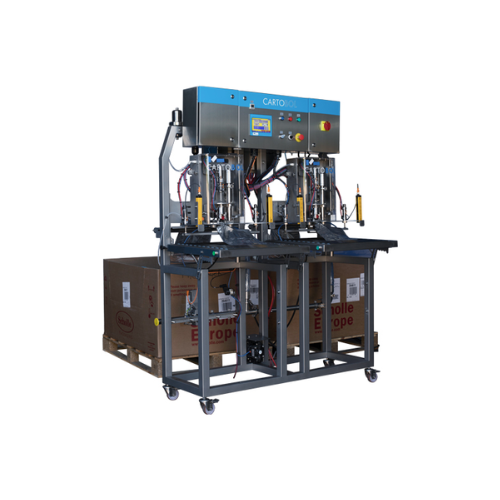
Bag-in-box filler with dual heads and automatic features
Boost your liquid production efficiency with a dual-head filling...
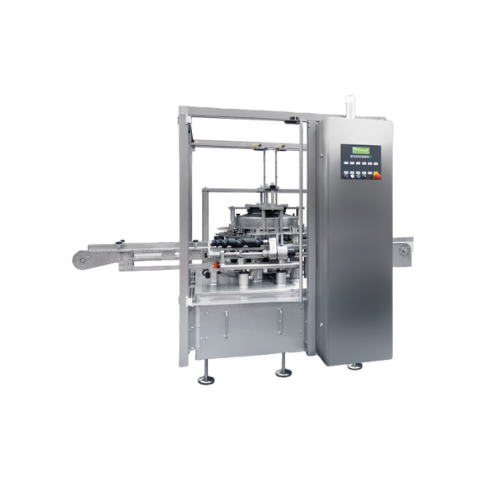
Rotary continuous motion bottle cleaning solution
Ensure pristine product integrity by effectively eliminating particles ...
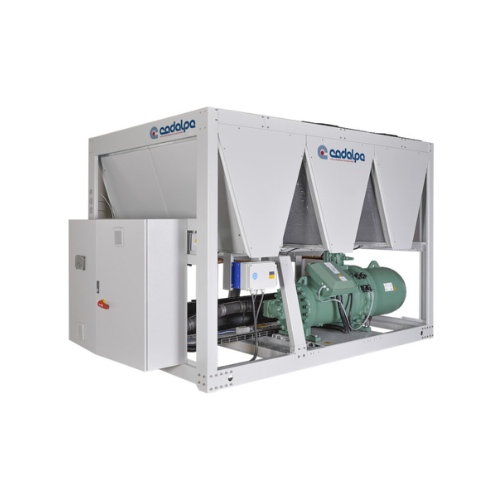
Industrial cooling unit for beverages and spirits
Ensure optimal chilling and condensation for beverages and spirits with...
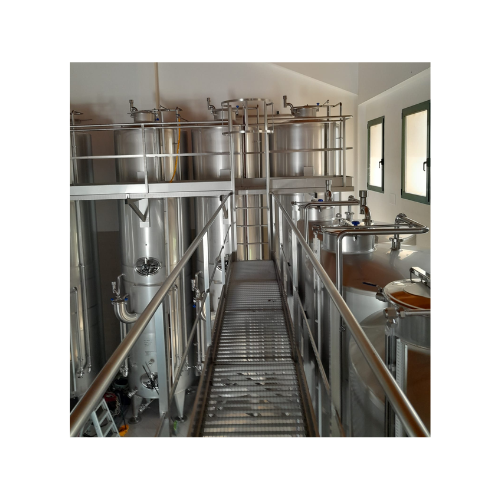
Storage tanks for wine preservation
Ensure optimal preservation of beverages with robust storage solutions featuring precis...
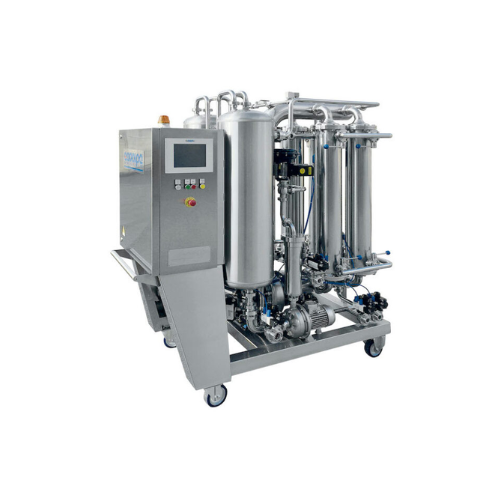
Automatic cross-flow filter for wine
Experience enhanced filtration efficiency with reduced waste, as this cross-flow filte...
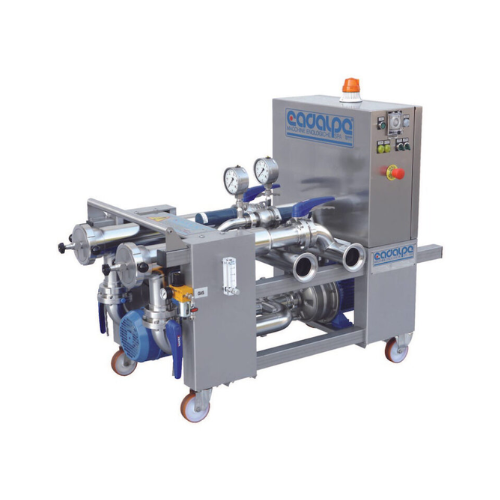
Discontinuous flotation unit for wine must clarification
Achieve rapid and effective clarification of wine musts using co...
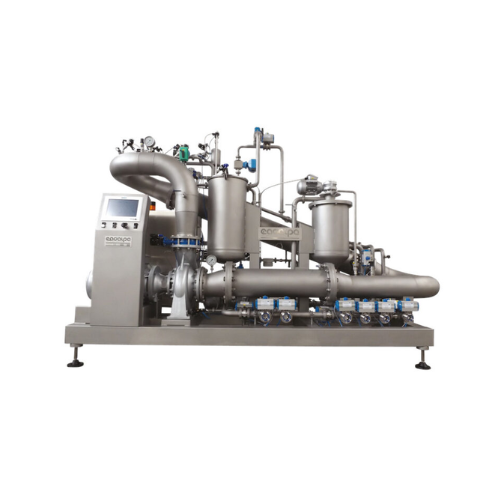
Cross-flow lees filter for wine and juice lees
Optimize your beverage filtration process by ensuring high-quality output a...
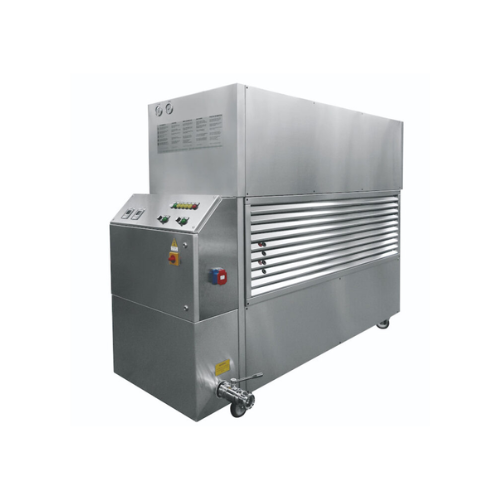
Advanced must, juice, and wine turbocooler
Optimize your beverage production with precise temperature control, ensuring co...
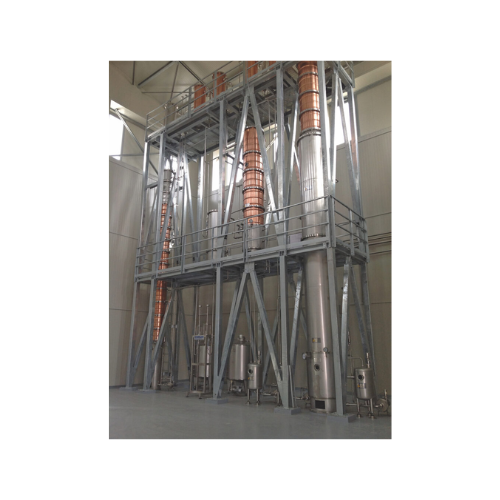
Continuous distillation columns for spirits production
Optimize your spirits production with advanced distillation column...
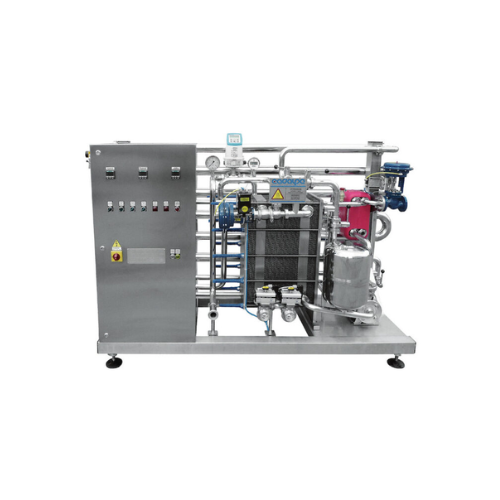
Thermostabilizer for beer and wine sterilization
Ensure biological stability in beverages by efficiently inactivating yeas...
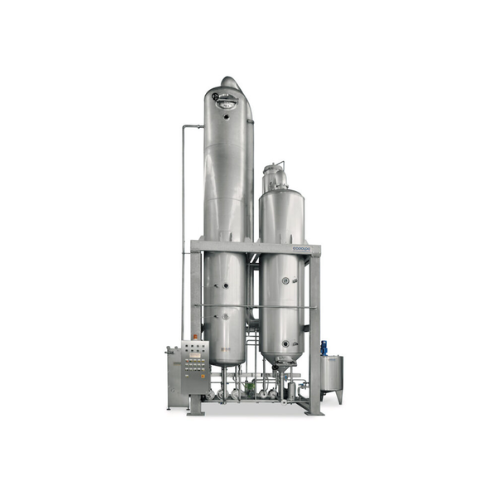
Desulphurisation of mute must
Ensure your wine’s purity by efficiently removing sulfur dioxide, safeguarding its chemi...

Plate filter for beverage sterilization
Achieve absolute clarity and sterilization of your beverages with a versatile plate...
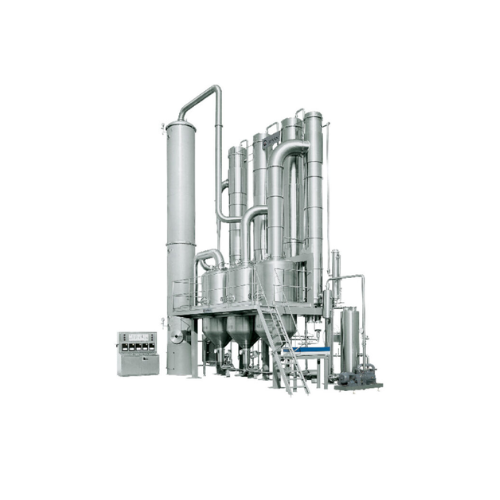
Vacuum concentrator for juice and chemical processing
Reduce energy and concentration costs significantly while enhancing...
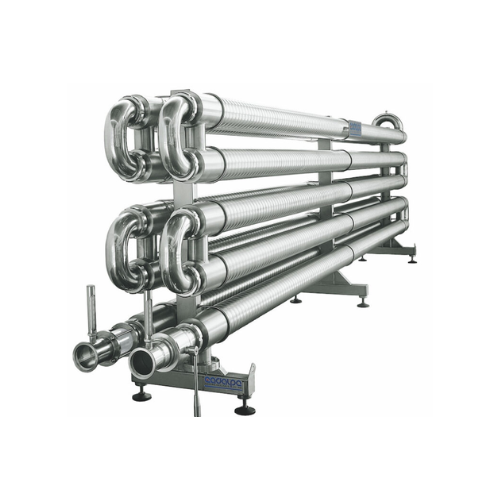
Helicoid heat exchanger for grape mash and fruit pulp
Enhance your beverage processing with a heat exchanger designed for...
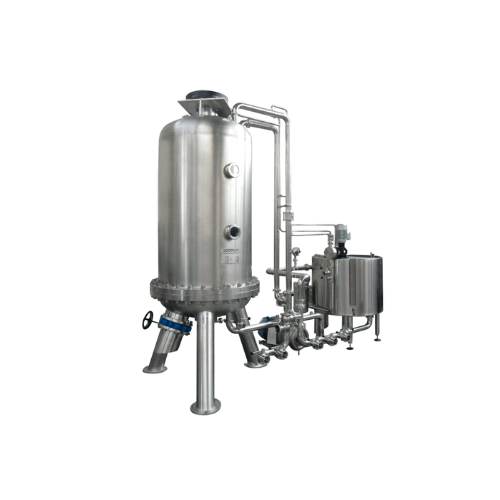
Pre-coat filter with horizontal discs for wine
Ensure optimal clarity in your beverage processes with a solution designed ...
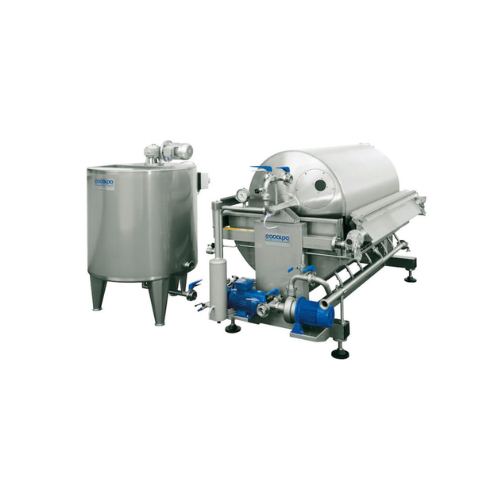
Rotary vacuum filter for wine filtration
Enhance your wine production with efficient filtration of grape must and wine lees...
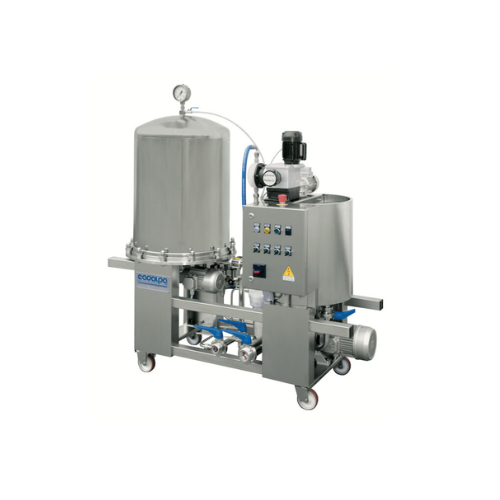
Self-cleaning pre-coat filter for wine filtration
Solve complex filtration challenges effectively with this advanced self...
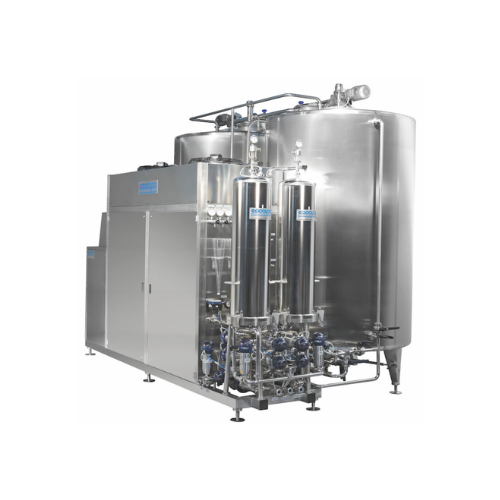
Continuous tartar stabilization for small wine batches
Achieve continuous tartar stabilization in wine with precise cryst...
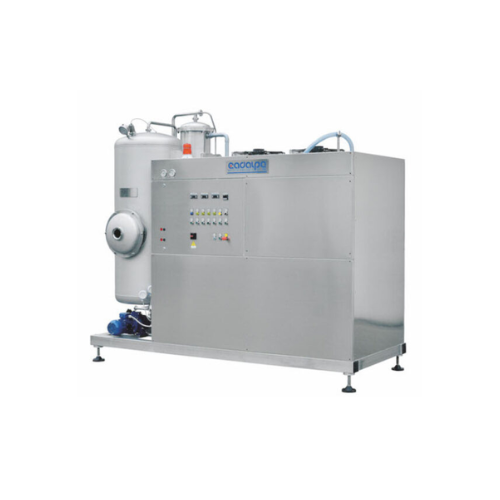
Heat pump vacuum concentrator for must concentration
Achieve delicate must concentration with minimal energy consumption,...
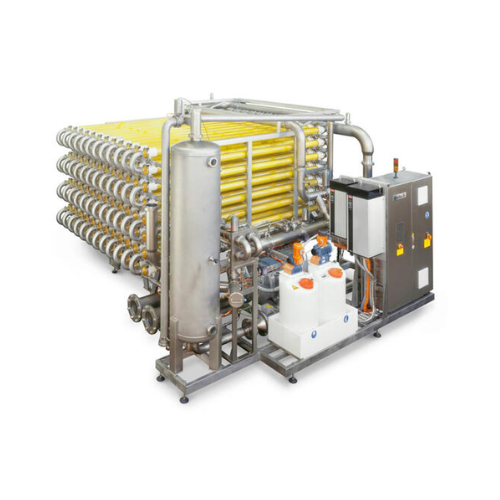
Cross-flow filtration unit for clarifying juice and wine
Achieve optimal clarity and yield with this semicontinuous cross...
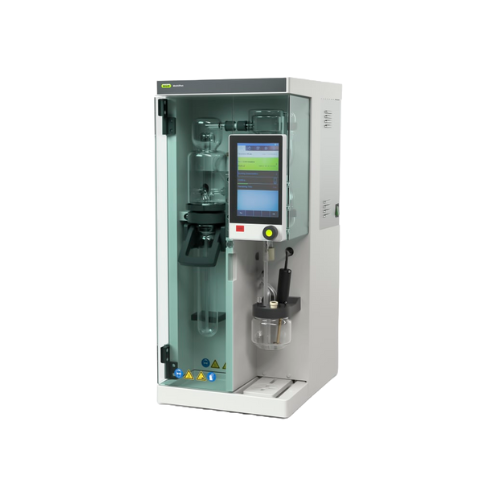
Versatile steam distillation unit for laboratory applications
Achieve reliable analysis of complex samples with this ste...
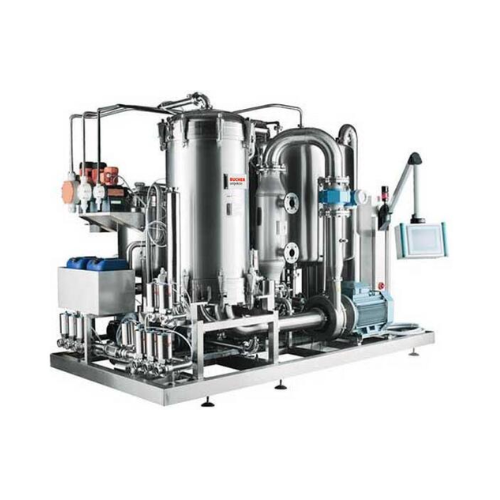
Cross-flow filtration for wine and fruit juice
Achieve high-quality filtration and purification for liquid and slurry prod...
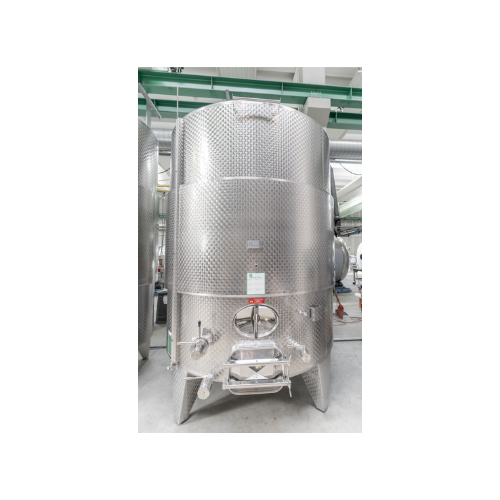
Wine storage and fermentation tanks
Designed for optimal wine fermentation and storage, these tanks offer precise temperatu...
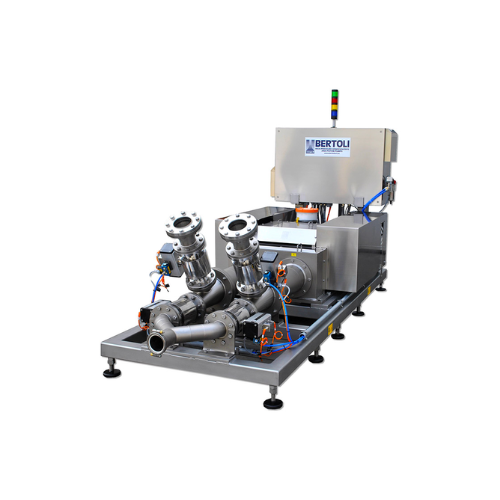
Industrial homogenizer for food and beverage applications
For manufacturers seeking consistent quality, this homogenizer...
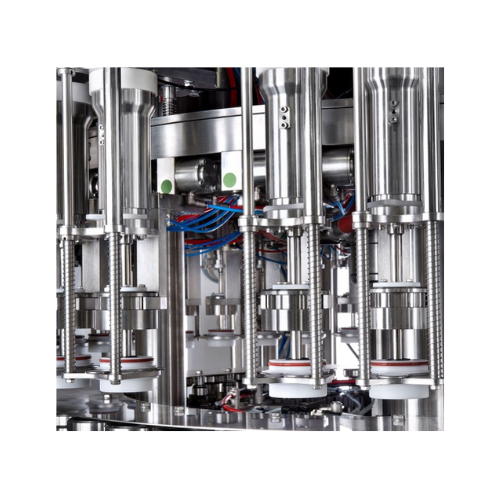
No-oxygen wine filler
Ensure product integrity with advanced no-oxygen filling systems, designed to preserve delicate flavors...
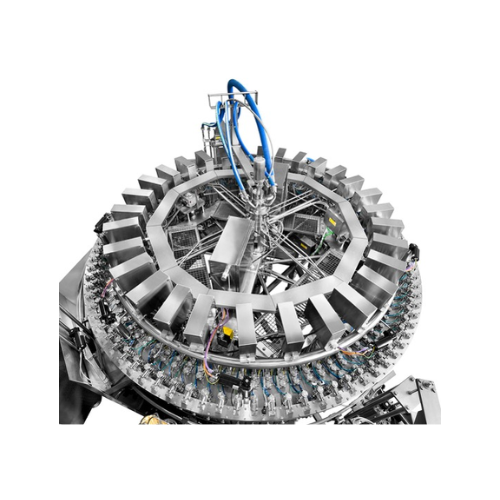
No-oxygen filler for wine bottling
Enhance liquid bottling with seamless integration that minimizes oxygen exposure, ensuri...
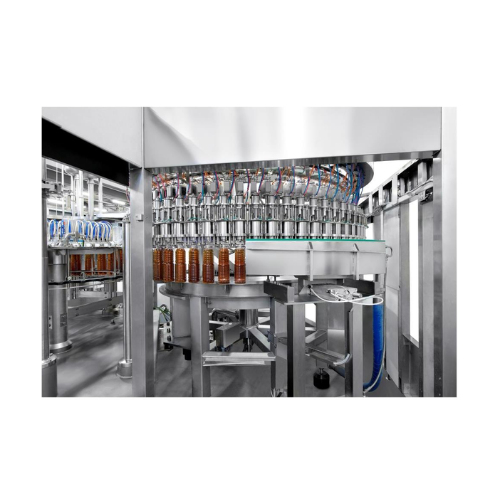
High-capacity no-oxygen wine filler
Ensure optimal flavor retention and prevent oxidation in your bottling process with adv...
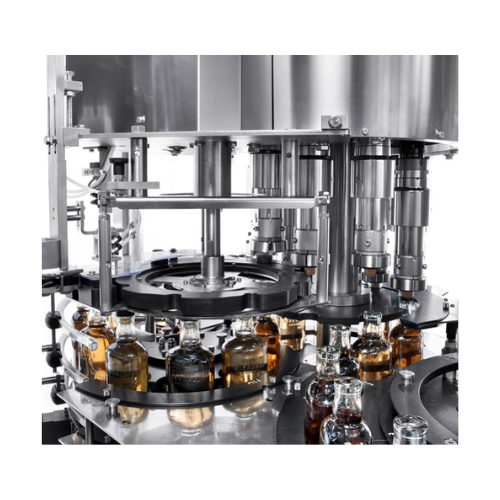
Industrial capping systems for bottling lines
Optimize your bottling process with versatile capping solutions designed for...
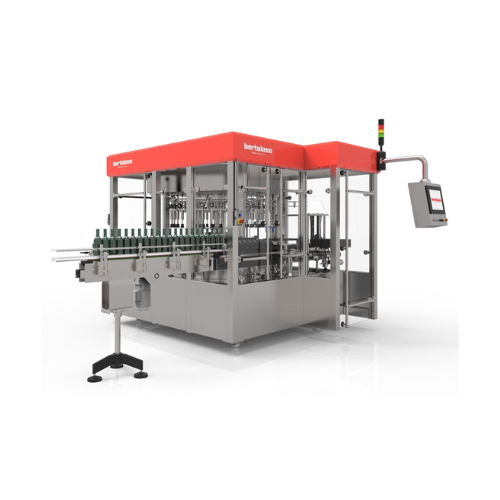
Inspection system for filled glass bottles
Ensure high-quality beverage bottling by detecting bottle faults, contaminants,...
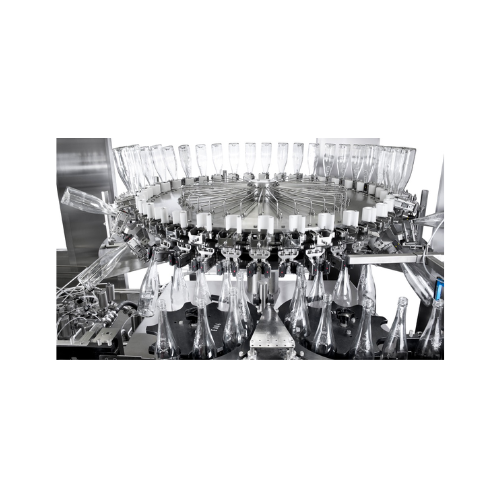
Industrial bottle rinsing systems
Ensure pristine bottle hygiene and maintain high production standards with advanced rinsi...
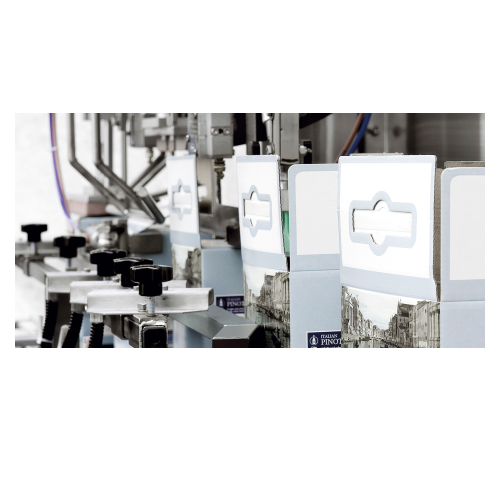
Automatic packaging line for bag-in-box
Streamline your bag-in-box production with a seamless solution that ensures precisi...
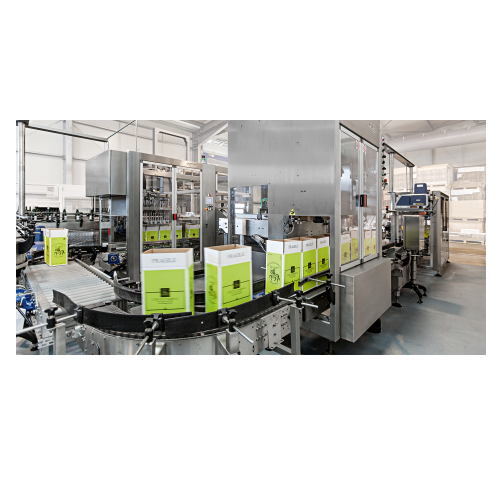
Automatic case erector for cartonboard packaging
Streamline your packaging process with precision engineering that simplif...
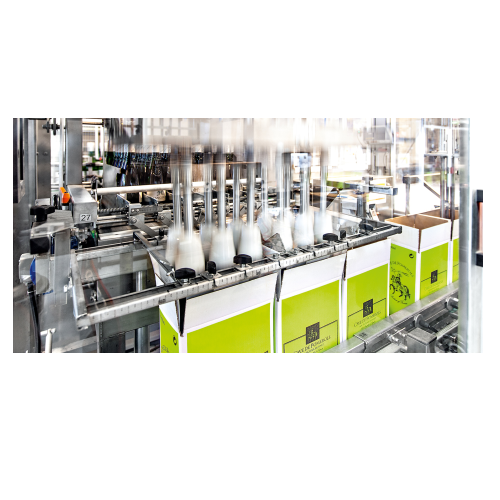
Automatic case erector for cartonboard packaging
Streamline your packaging process and enhance operational efficiency with...
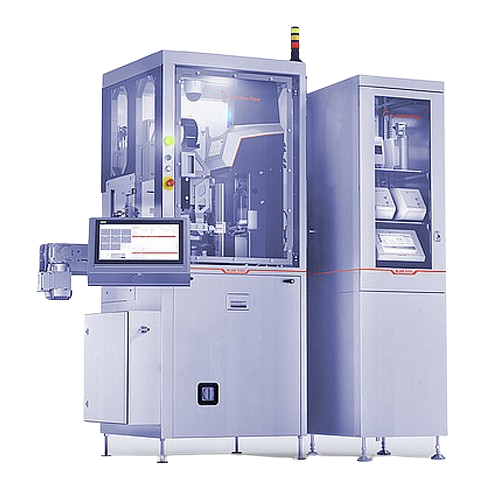
Automated quality control for beverage packaging
Streamline beverage quality control with 24/7 automated analysis, ensurin...
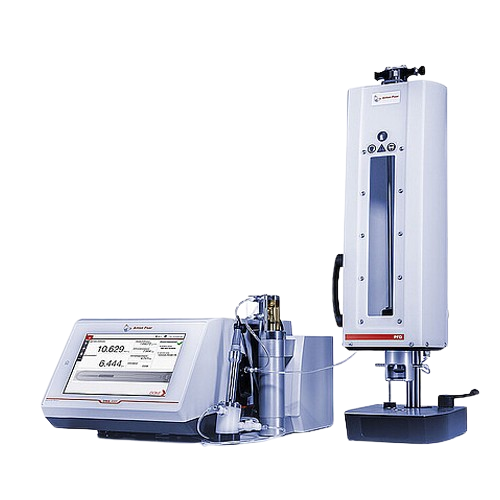
Co2/o2 beverage filling device
Ensure precise beverage analysis by maintaining carbonation integrity with a system that tran...
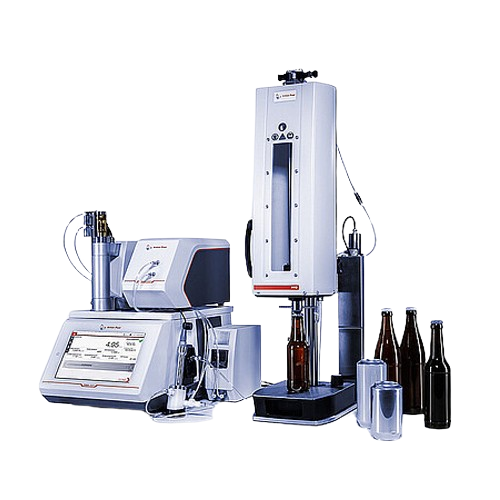
Packaged beverage analyzer for alcohol and Co2
Ensure precise beverage analysis with a streamlined solution that integrate...
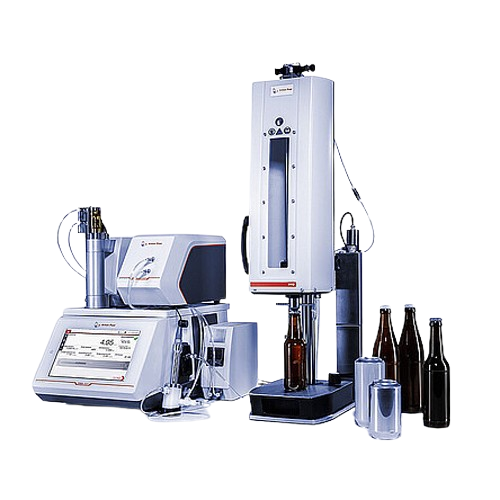
Packaged beverage analyzer for beer, wine, and cider
Ensure precision in beverage quality control with rapid, direct samp...
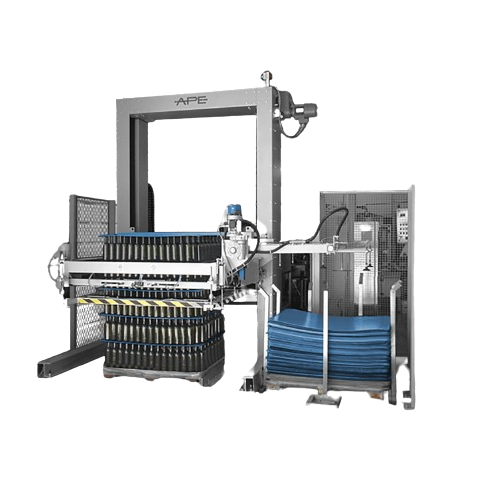
Depalletising solutions for bottles and containers
Optimize your production line with advanced depalletising solutions th...
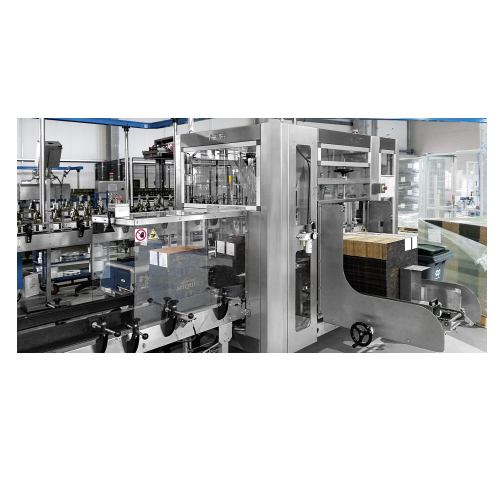
Automatic case erector for american cases
Streamline your packaging line with high-speed case erecting, reducing labor cos...
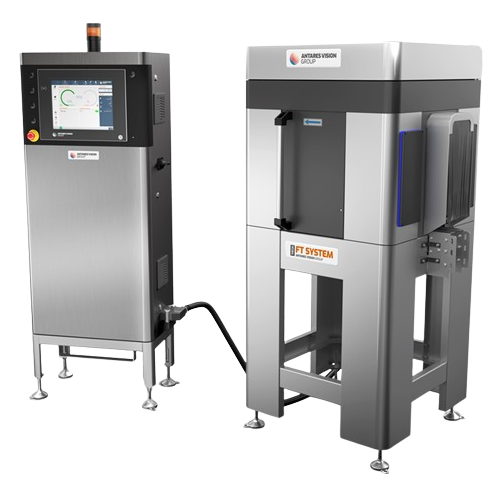
Full label inspection system for not-oriented containers
Ensure precise label application and integrity on any container ...

Gas analyzer for beverage bottle vacuum level
Ensure precise vacuum level measurement in bottle headspace with non-destruc...
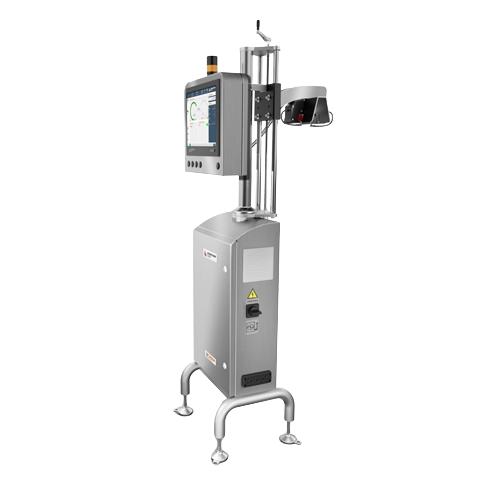
Pressure monitoring system for classic method wine production
Ensure your sparkling wine’s quality with precise in...
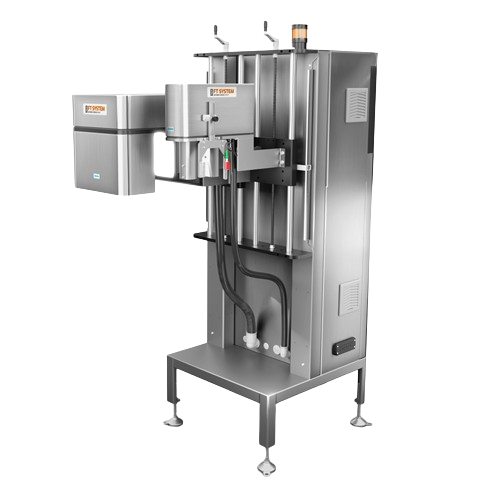
Cap inspection and fill level inspection system for beverage containers
Ensure precise cap application and fill level m...
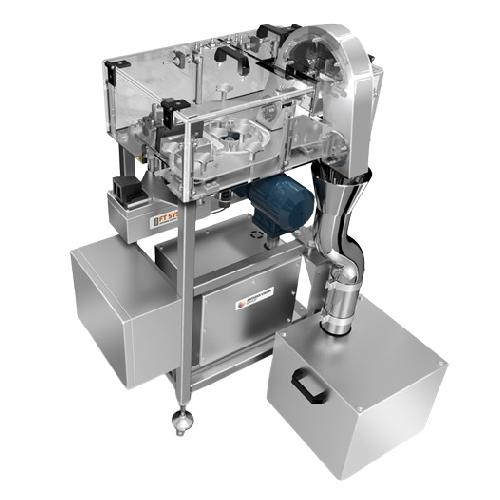
Cap quality inspection system for beverage industry
Ensure flawless cap performance and prevent production disruptions wi...
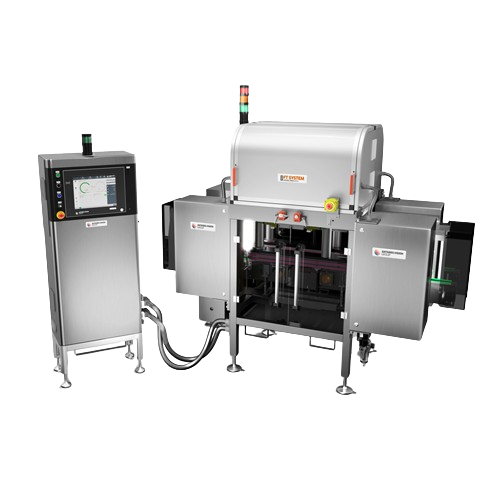
Empty bottle inspection system for beverage industry
Enhance your production line’s efficiency by detecting defects...
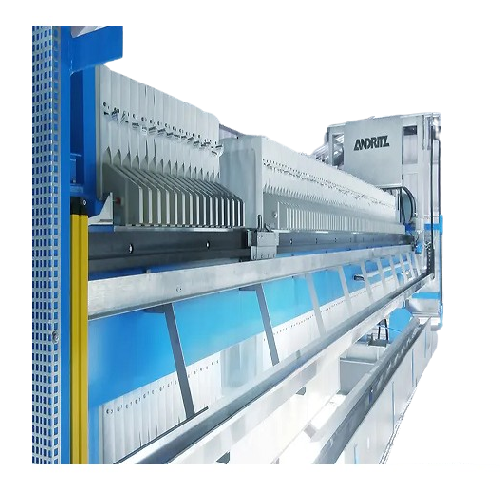
Industrial filter press for dewatering and filtration
Optimize your dewatering and filtration needs with a highly adaptab...
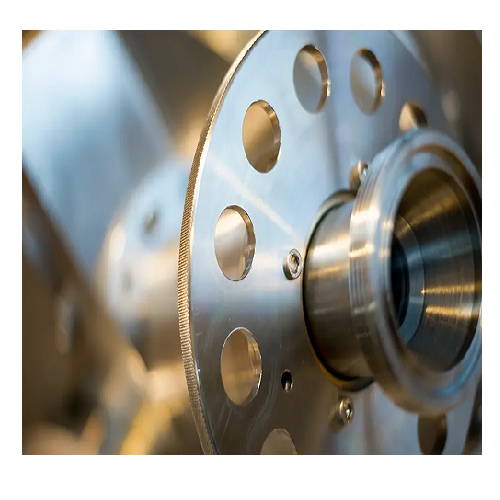
Decanter centrifuge for food industry separation
Achieve precise separation and ensure optimum product quality with our ad...
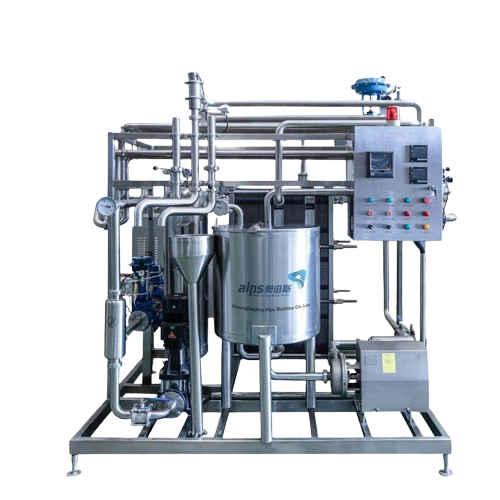
Plate type pasteurizer for juice and tea drinks
Ensure optimal heating, sterilization, and cooling for juice and tea produ...
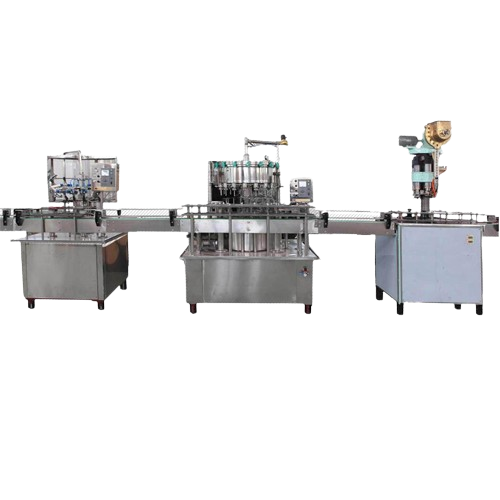
Small bottle linear type beverage filling production line
Optimize your bottling efficiency with a high-speed solution d...
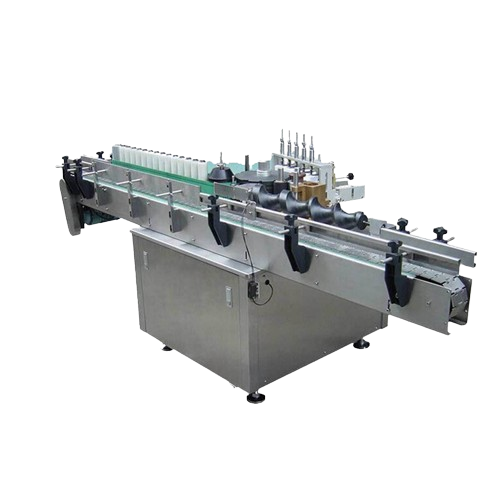
Automatic bottle cold glue labeling solution
Achieve precise labeling for diverse container types, enhancing your producti...
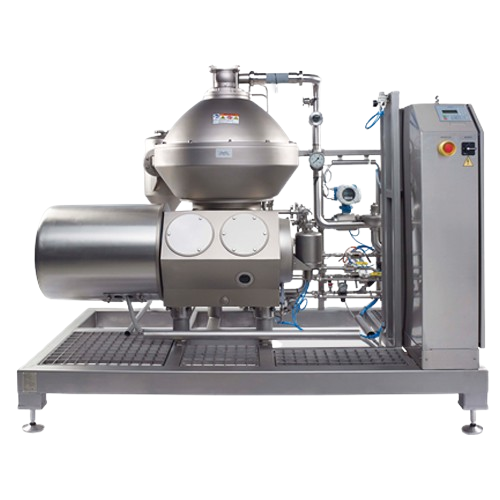
Centrifuge separator for food and beverage clarification
Ensure high efficiency and minimal product loss in your producti...
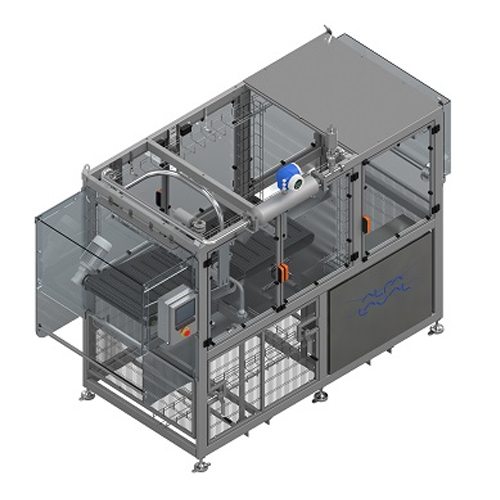
Bag-in-box filling solution for non-aseptic products
Maximize your production line’s efficiency with a high-speed f...
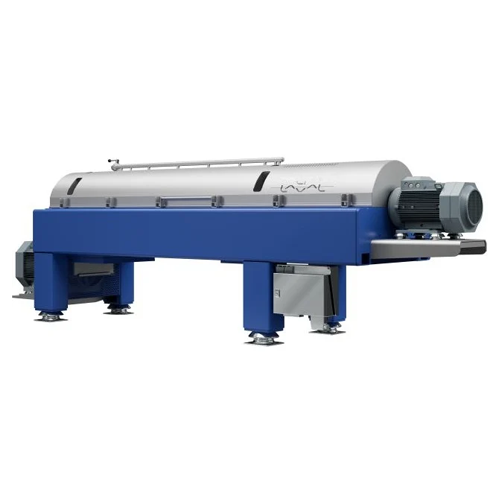
Foodec decanter centrifuge for food processing
Achieve high yields and clear liquid separation in your food processing lin...
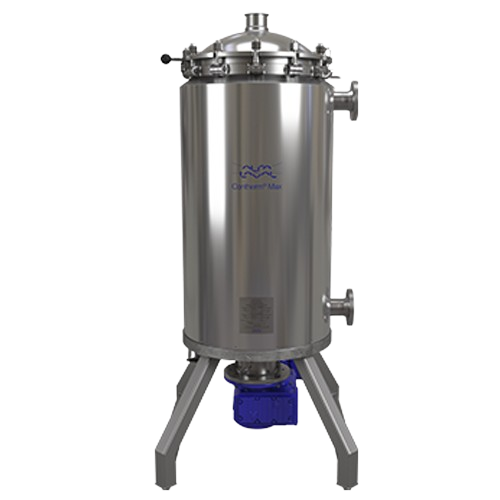
Double-wall scraped surface heat exchanger
Achieve high-capacity processing with gentle handling for shear-sensitive produ...
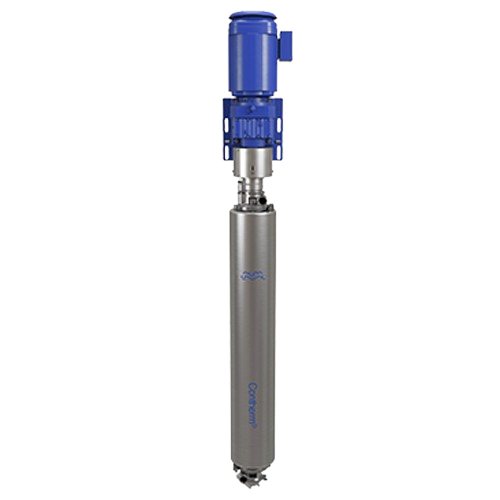
Scraped surface heat exchanger for viscous products
Efficiently handle challenging viscosities and heat-sensitive product...
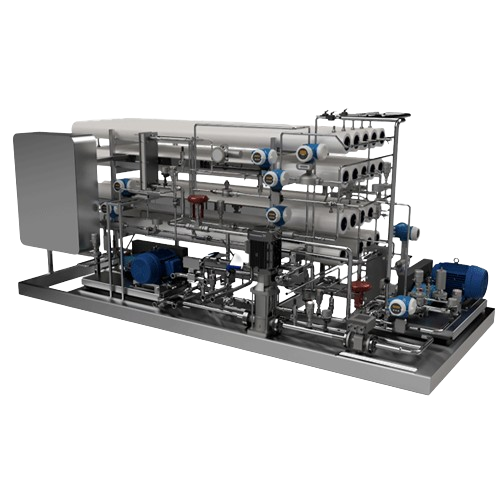
Reverse osmosis concentration system for beer and beverages
Optimize transport and storage of beverages by reducing volu...
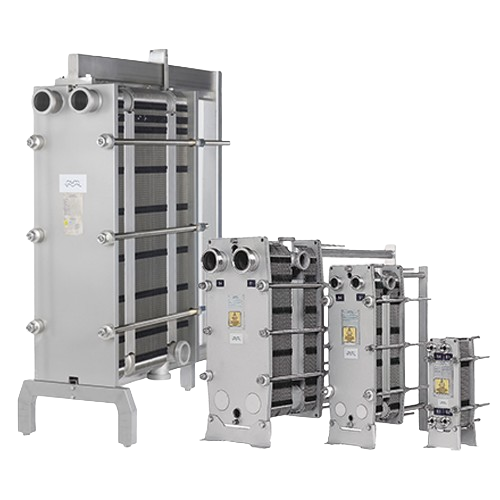
Gasketed plate heat exchangers for hygienic applications
Ensure optimal hygiene and thermal efficiency in your processing...
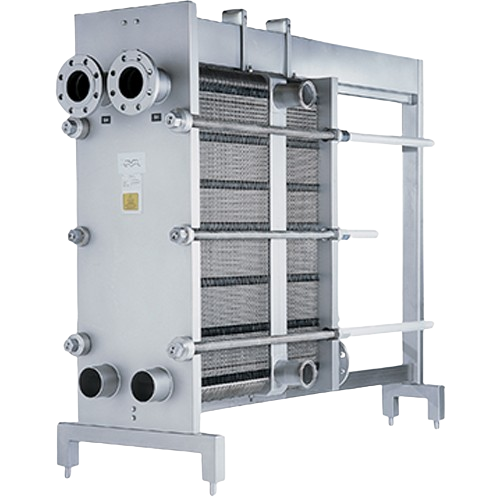
High pressure gasketed plate heat exchangers for carbonated beverages
When ensuring high-pressure handling in your past...
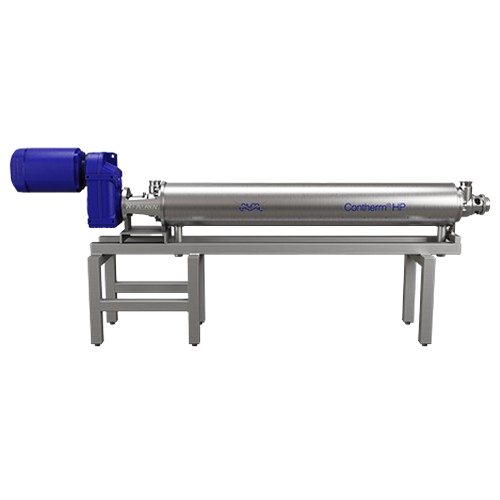
Scraped surface heat exchanger for high-pressure applications
Handle high-viscosity and particulate-rich products with p...
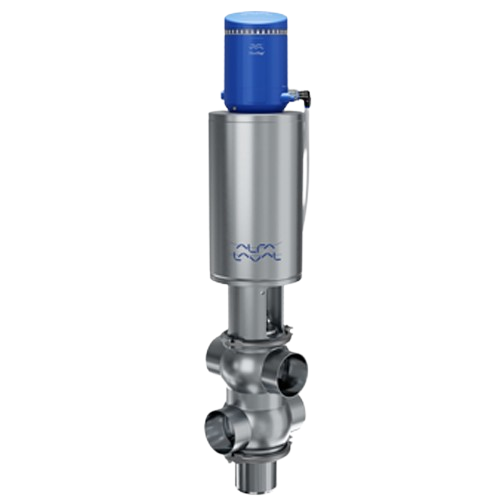
Double seat valve for hygienic processing
Eliminate cross-contamination risks and enhance efficiency with a modular valve ...
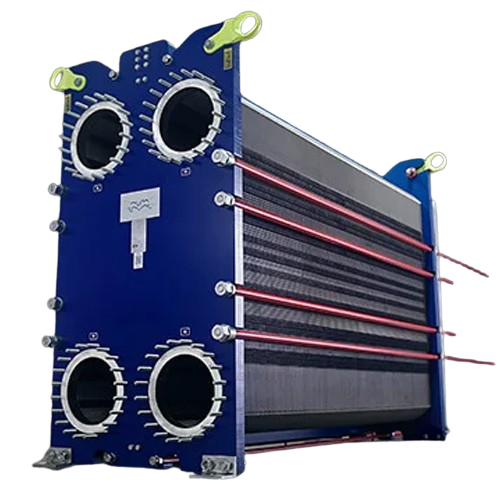
Gasketed plate-and-frame heat exchangers for industrial applications
Optimize your production with precise thermal mana...
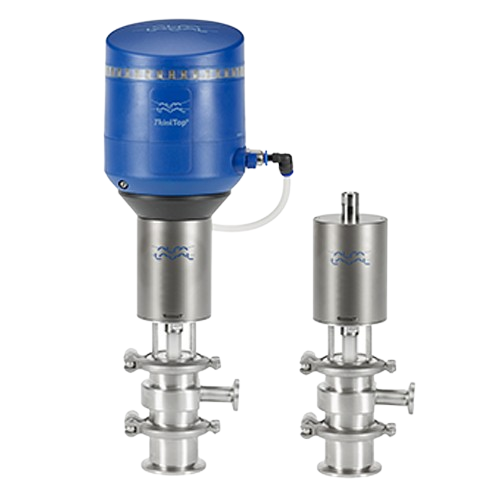
Vacuum breaker valve for Htst pasteurization systems
Prevent vacuum conditions in high-temperature pasteurization systems...
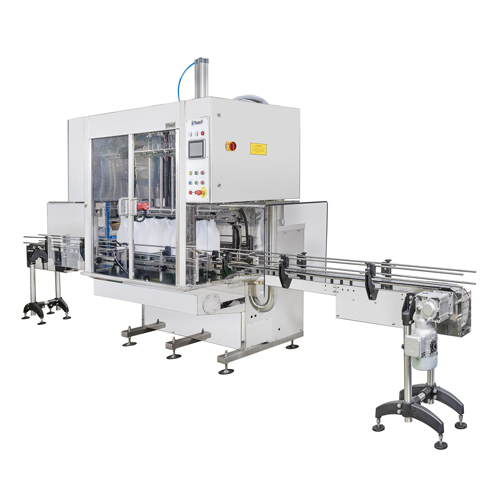
Automatic volumetric filler for liquid products
Optimize your production with this high-precision volumetric filler, desig...
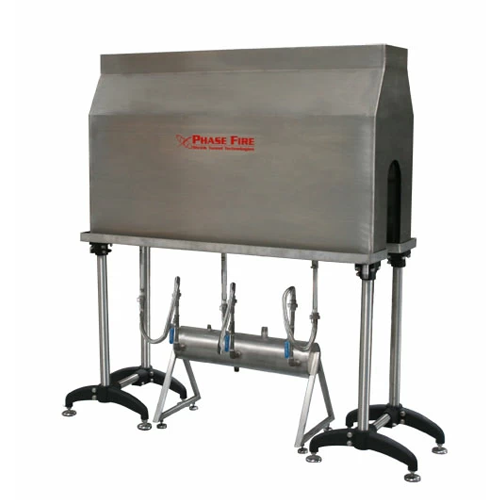
Steam shrink tunnels for versatile packaging
Enhance your packaging efficiency with this adaptable steam shrink tunnel, de...
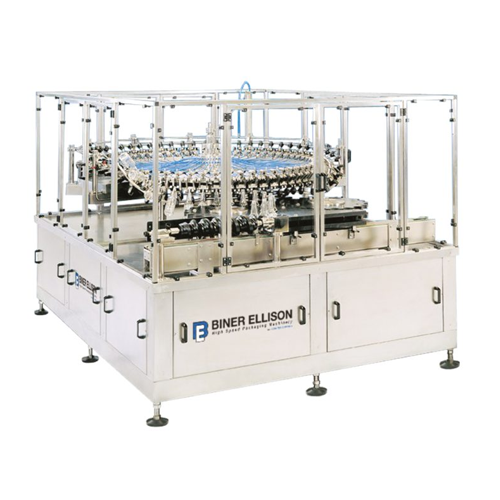
Rotary bottle rinser for high-speed production lines
Ensure thorough cleaning and preparation of containers with a high-s...
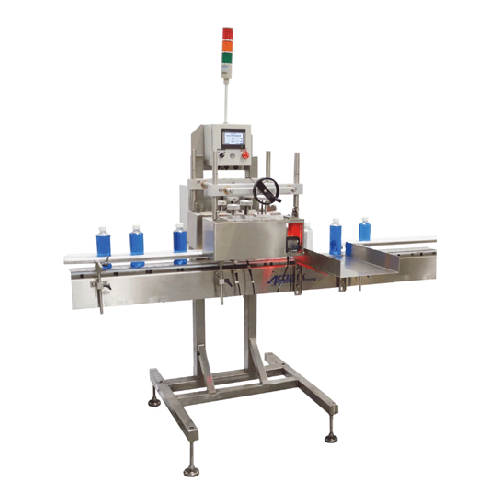
Inspection-rejection station for bottled products
Ensure your bottled and packaged products ship defect-free by automatic...
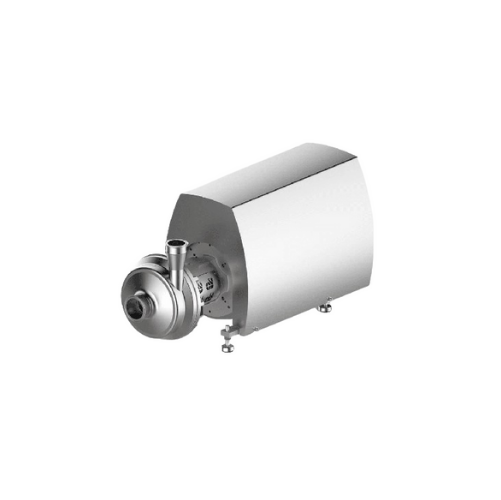
Centrifugal pump for high-pressure systems
Designed for high-pressure systems, this centrifugal pump ensures precise filtr...
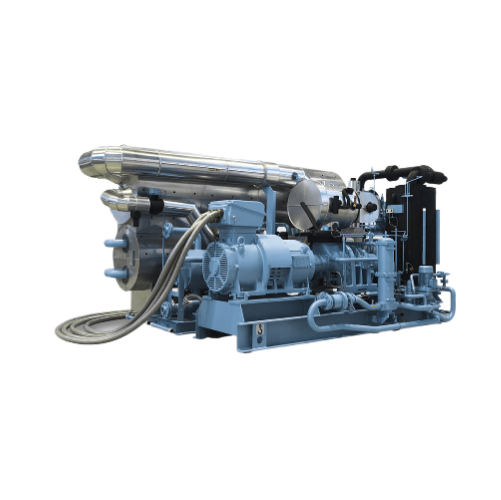
Customized industrial heat pumps
Optimize your industrial processes with versatile heat pumps that recover and utilize waste...
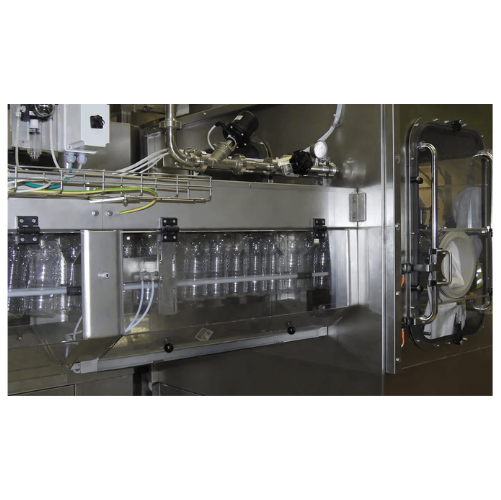
Air conveyor for empty Pet bottles
Optimize your bottling line with an advanced air conveyor that reduces energy consumptio...
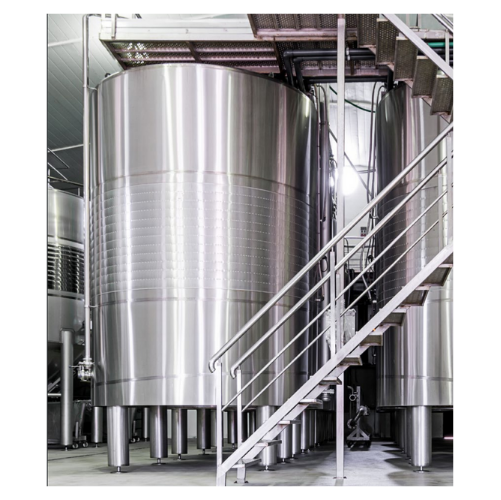
Reverse osmosis dealcoholization technology
Elevate your beverage production capabilities with advanced dealcoholization t...
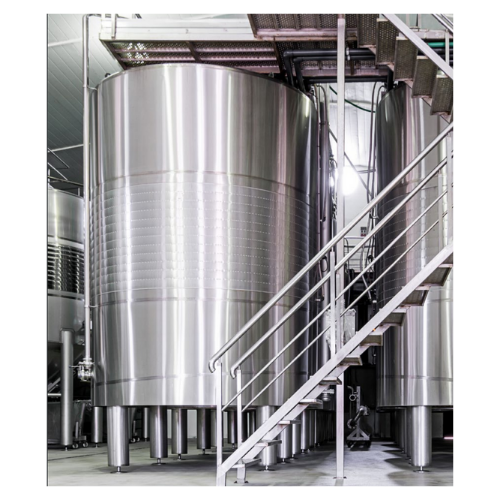
Centrifuge for beverage clarification
Elevate your beverage production with enhanced clarification, ensuring your drinks me...
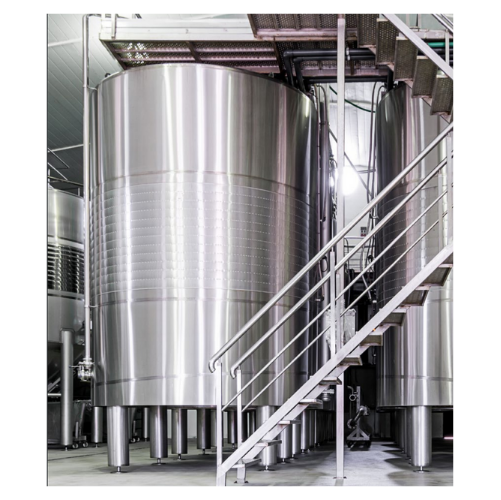
Reverse osmosis dealcoholization technology for beer
Achieve consistent flavor profiles in your non-alcoholic beer produc...
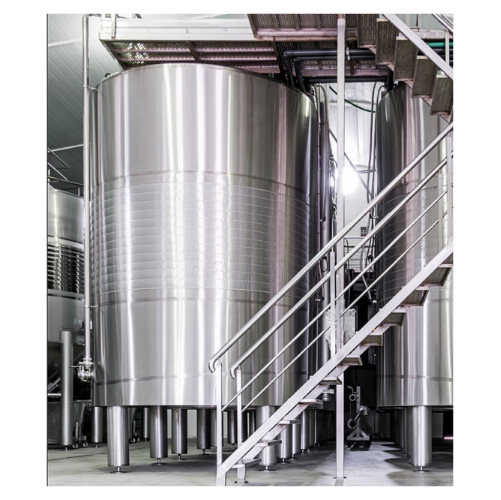
Reverse osmosis beer dealcoholization technology
Achieve precise alcohol removal from beer while preserving flavor integri...
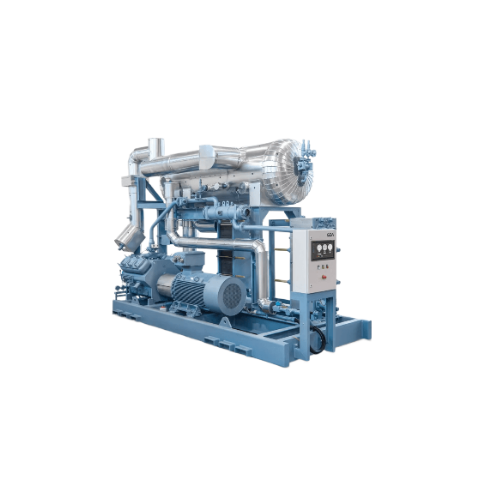
Industrial chiller with high part-load efficiency
Optimize your cooling processes with a versatile chiller designed for p...
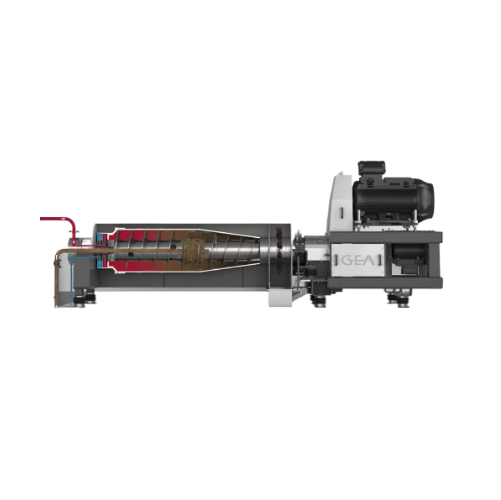
Wine decanting and clarification system
Streamline your wine production with a multi-functional decanting system designed t...
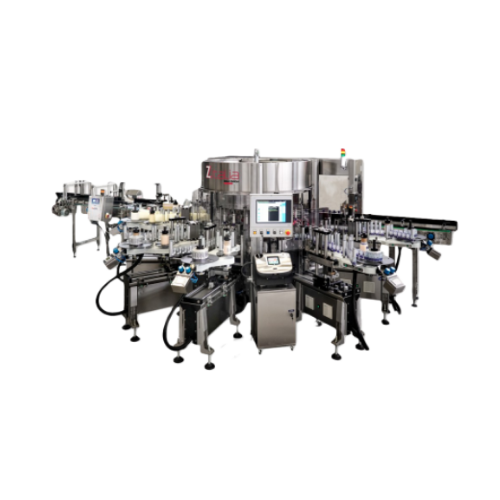
Glass bottle washing and delabelling system
Effortlessly transform used bottles into pristine, reusable containers with th...
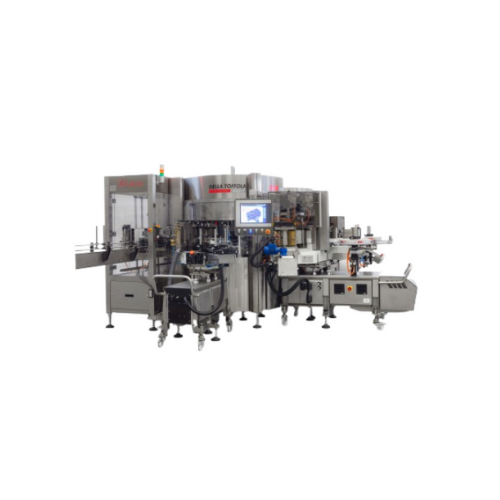
Cold-glue labeller for cylindrical or shaped containers
Achieve seamless high-speed labeling of glass, plastic, and metal...
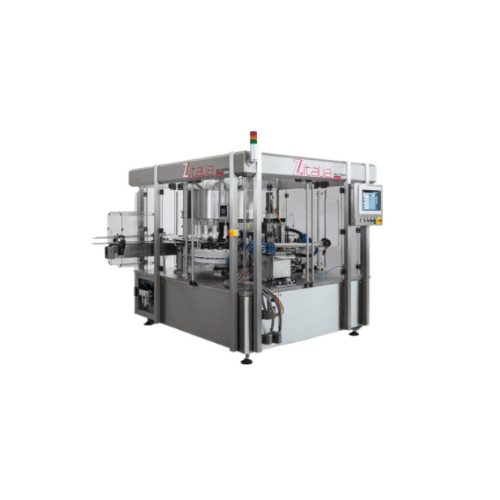
Modular and combined labeling machines for bottling
Achieve high-speed labeling with unmatched flexibility, combining mul...
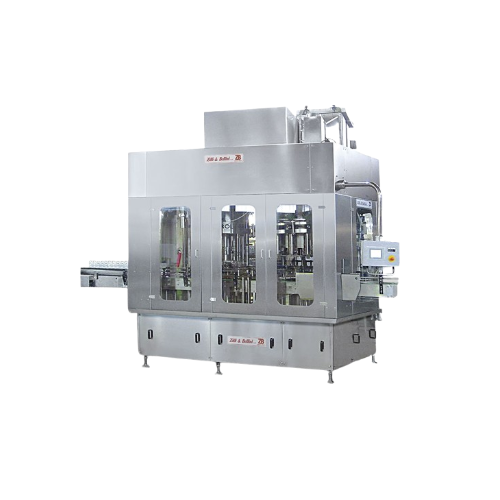
Ultraclean filling monoblocks for food industry
Enhance product safety and quality with monoblocks designed for ultraclean...
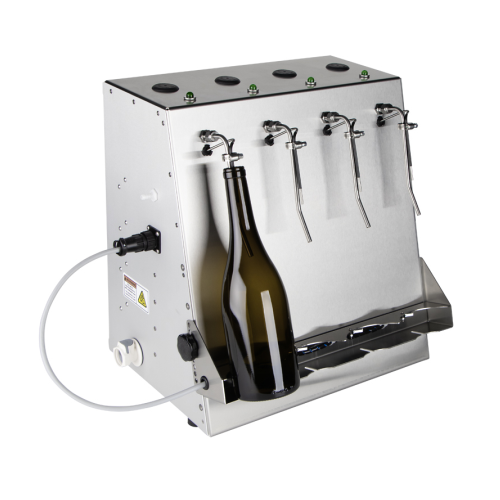
Hot fill bottling unit for juices and isotonic beverages
Ideal for producers handling delicate or specialty liquids, this...
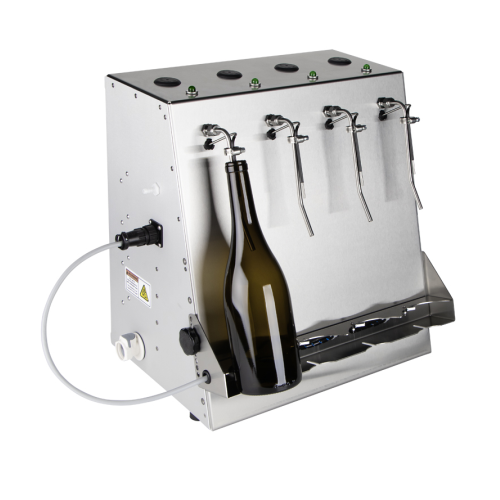
Level bottle filler for wine and spirits
Achieve consistent fill levels with precision sensor technology, ideal for ensurin...
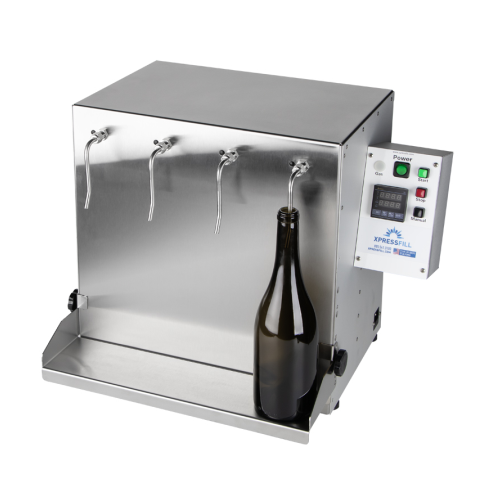
Volumetric bottle filler for distilled spirits
Ensure precise volume control and compliance with regulatory standards in y...
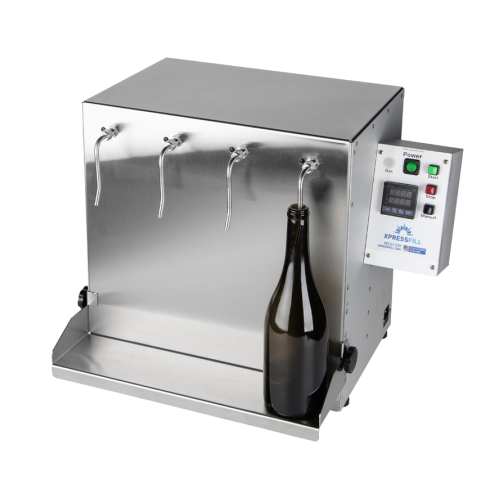
Volumetric bottle filler for high proof spirits
Ensure precise and consistent bottle filling for high-proof spirits with t...
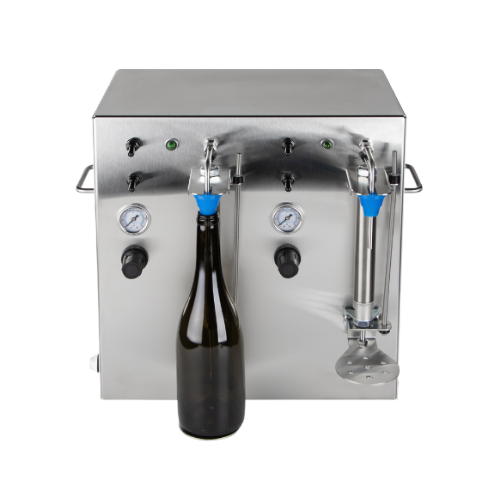
Counter pressure filler for carbonated beverages
Ensure optimal carbonation and minimal oxygen exposure during bottling, e...
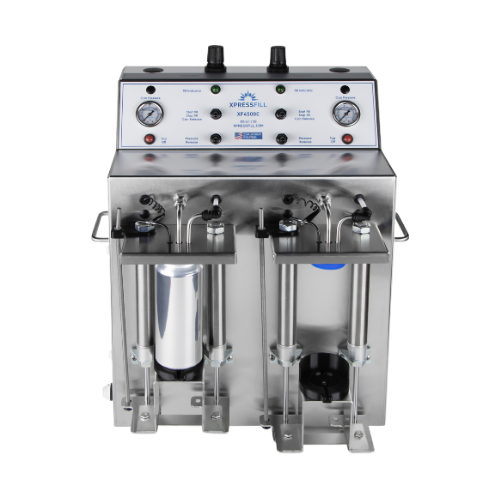
Counter pressure can filler for carbonated beverages
Achieve precise carbonation levels and minimal oxygen exposure in ca...
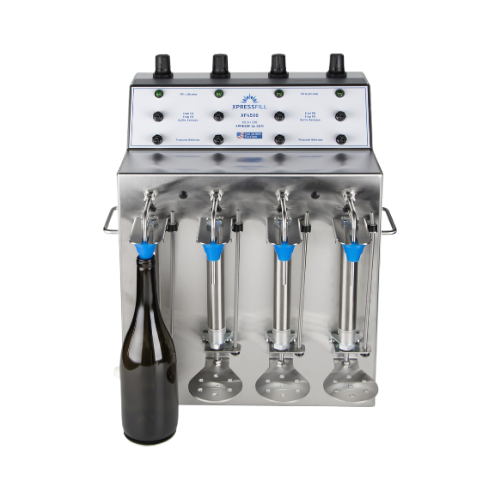
Counter pressure bottle filler for carbonated beverages
Maintain carbonation levels while filling bottles efficiently, en...
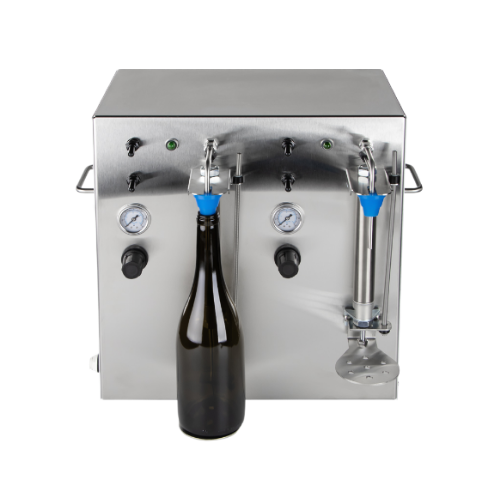
Counter pressure bottle filling system for carbonated beverages
Enhance your bottling efficiency with a versatile counte...

Cip system for bottling line sanitation
Ensure optimal hygiene in your bottling operation with efficient CIP systems that i...
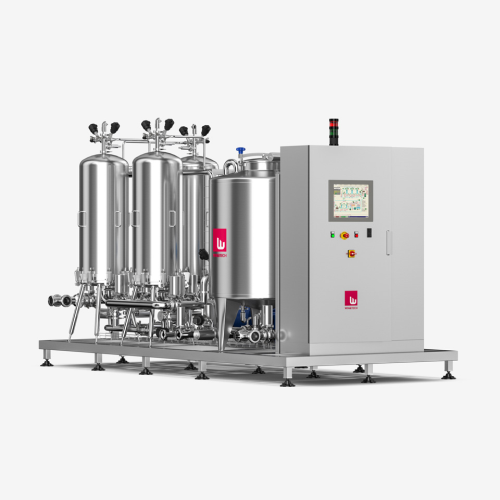
Frontal filtration system for wine clarification
Ensure your wine retains its unique flavors and aromas with an energy-eff...
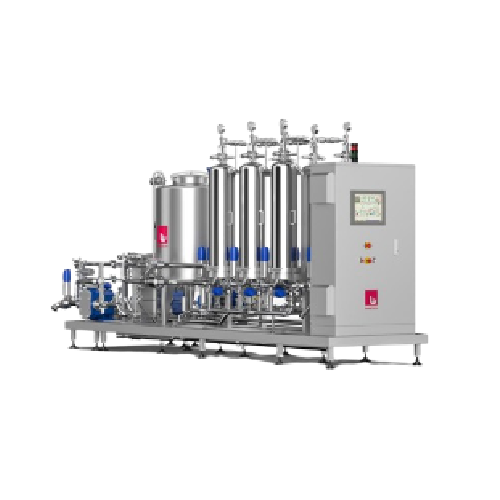
Microfiltration systems for wine pre-bottling
Ensure product stability in pre-bottling by efficiently removing particles t...
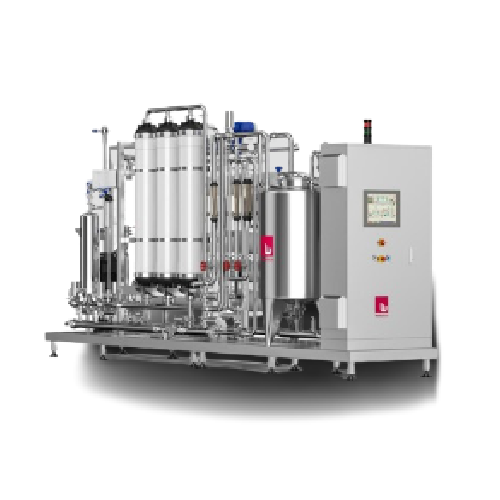
Ultrafiltration and reverse osmosis for beverage industry
Optimize water treatment with combined ultrafiltration and rev...
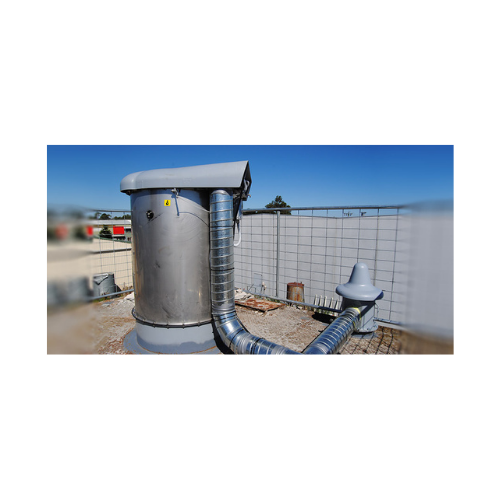
Low profile slide valve for controlling powder flow
Optimize your powder and granule flow management with precision-engin...
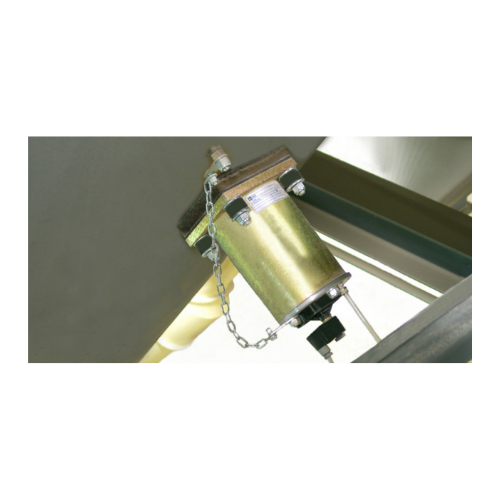
Pneumatic hammers for bulk solids discharging
Optimize your production efficiency and solve material flow challenges with ...
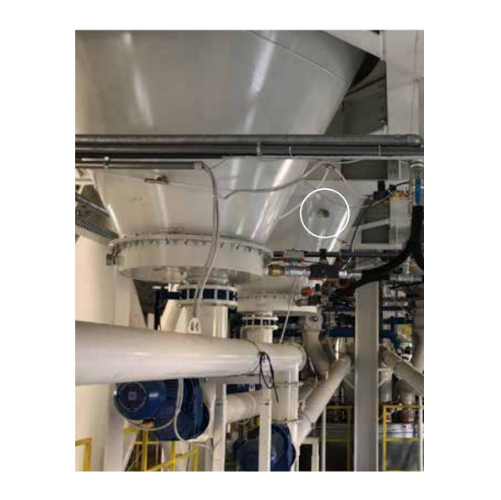
Continuous impact vibrators for bulk material removal
Combat material flow issues like bridging and rat-holing with our i...
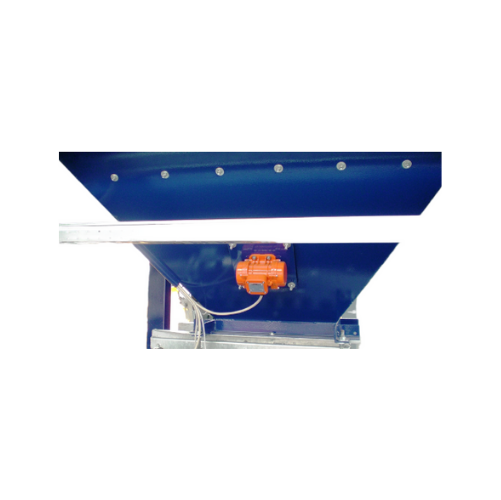
External electric motovibrators for bulk solids conveying
Enhance material flow efficiency and solve challenging dischar...
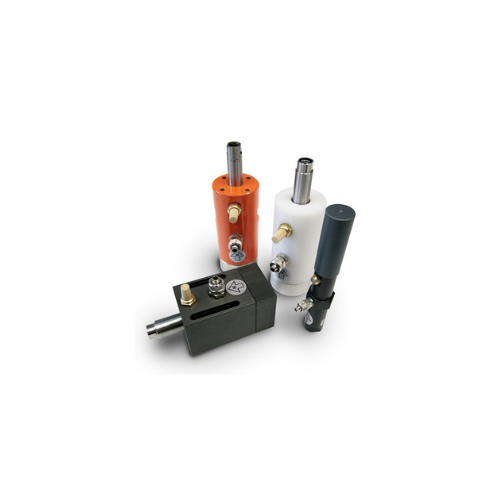
Cushioned pneumatic vibrators for coarse particle materials compaction
Enhance your material flow and compaction proces...
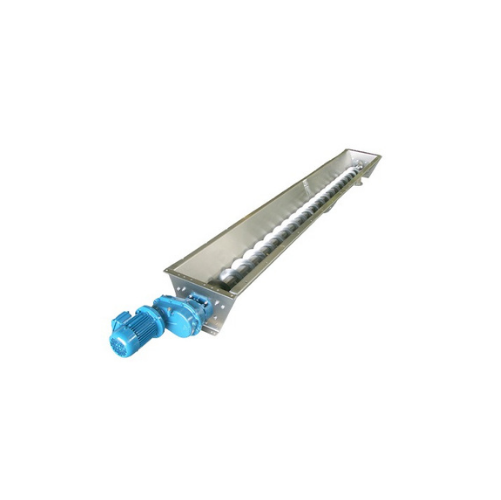
Stainless steel trough screw conveyor
Ideal for precise handling of powdery and granular materials, this solution ensures m...
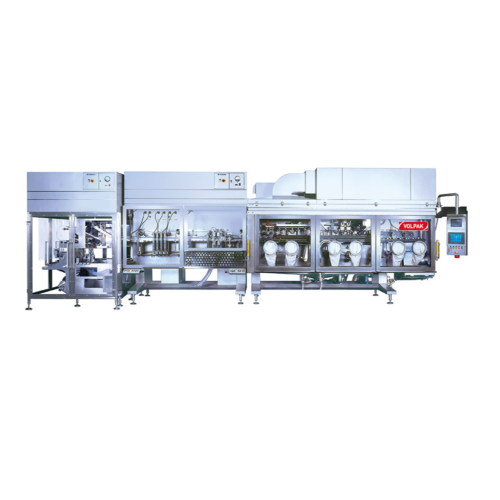
Horizontal stand-up pouching for beverages, dairy, and pet care
Optimize your liquid product packaging with rapid, high-...
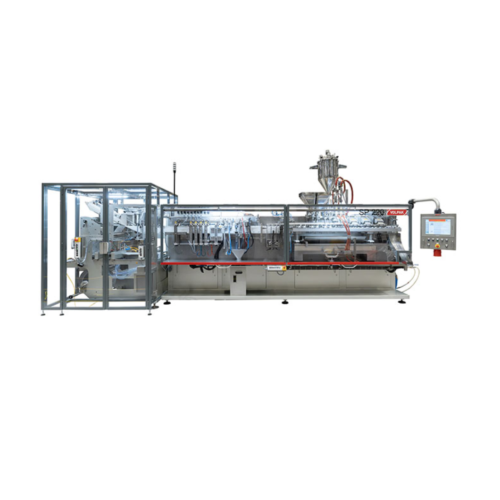
Stand-up pouch packaging for various industries
Elevate your packaging capabilities with a high-speed horizontal pouching ...
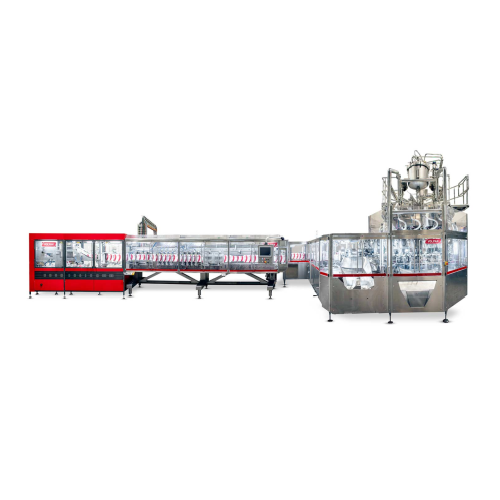
Continuous stand-up pouching solution for up to 1000ml
Maximize efficiency in high-speed production lines with precise st...
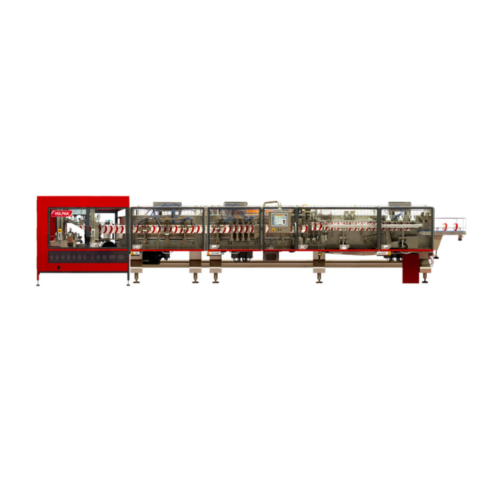
Horizontal stand-up pouching system for liquids and solids
For producers aiming to optimize efficiency and precision, th...
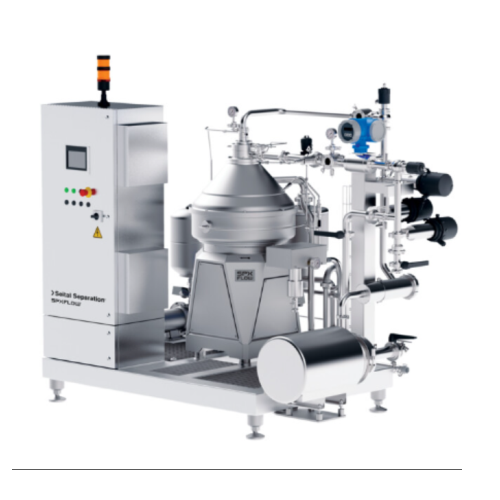
Centrifugal separators for liquid/liquid/solid separation
Achieve efficient separation and clarification for diverse app...
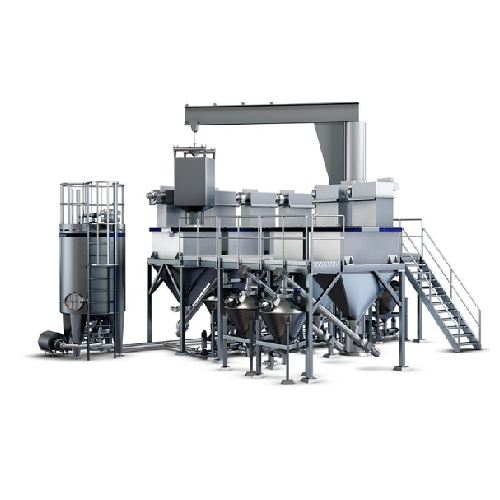
Autonomous ingredient dissolver for high-volume dry ingredient mixing
Efficiently mix multiple high volumes of dry ingr...
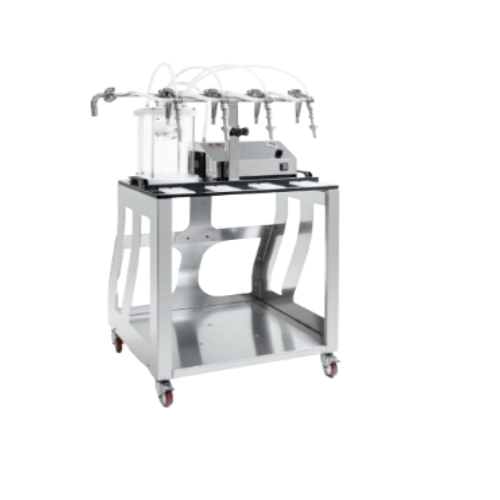
Vacuum bottling equipment for wineries and breweries
Optimize your bottling process with a vacuum solution that fills up ...
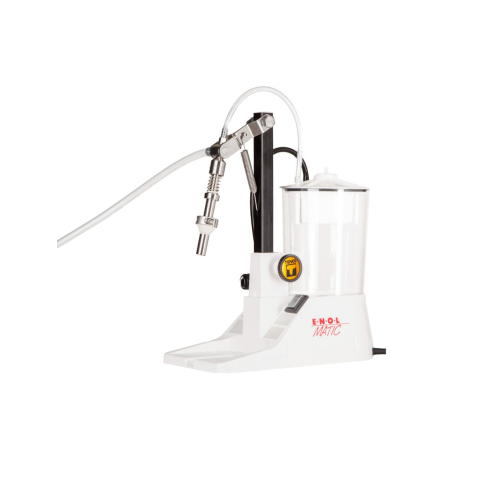
Vacuum filler for wine and oils
Optimize your beverage bottling process with a compact vacuum filler designed for precise le...
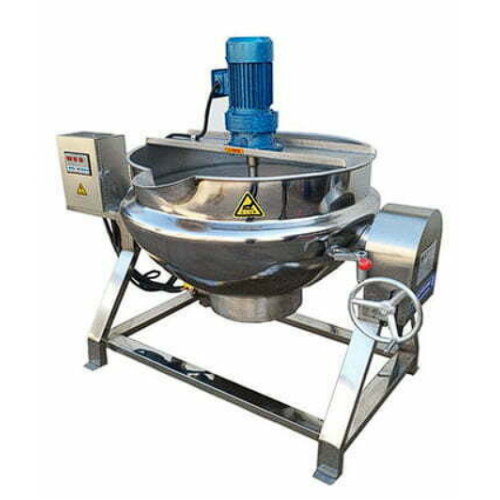
Jacketed kettle for porridge and sauce cooking
Efficiently heat and mix diverse liquid and slurry products with precise te...
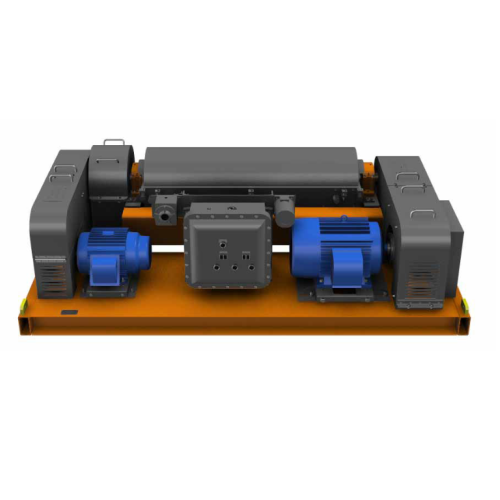
Industrial decanter centrifuge for solids separation
Optimize your production line with high-speed decanter centrifuges t...
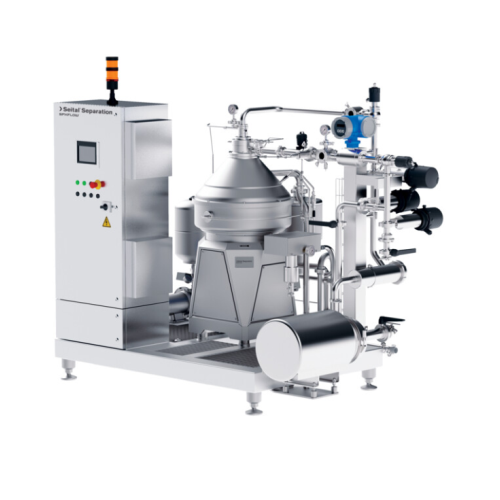
Direct drive centrifuges for dairy and beverage processing
Optimize energy efficiency in high-speed liquid separation wi...
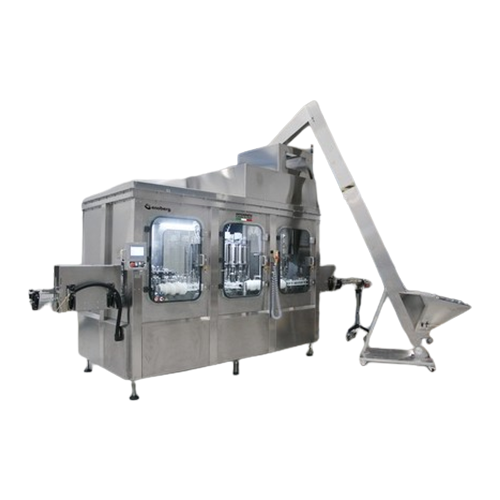
Hyper-clean electronic volumetric filler for Pet bottles
Enhance your liquid filling operations with precision and hygien...
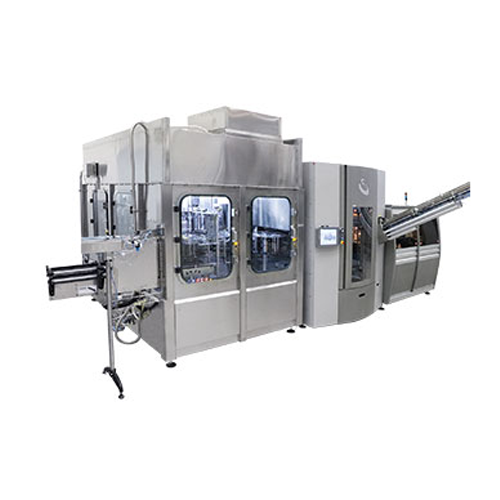
Integrated stretch-blow moulding, filling, and capping system for still liquids
Streamline your bottling process with ...
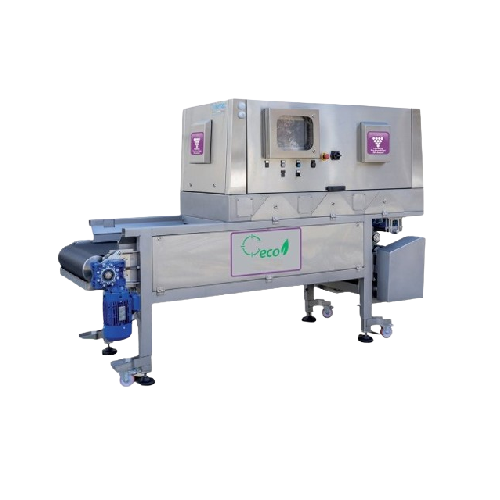
Optical sorting for vinification grapes
Enhance grape quality with precise optical sorting, effectively eliminating under-r...
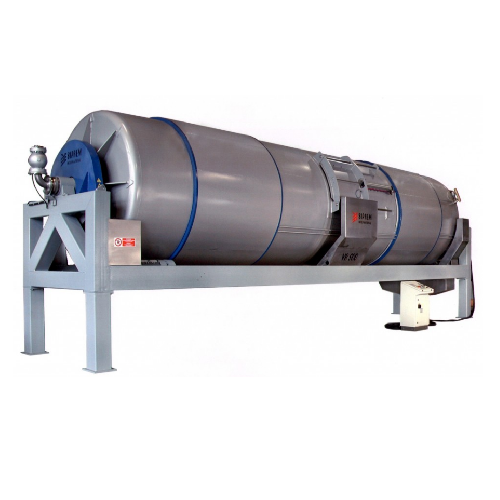
Rotating fermenters for wine making
Enhance your wine production with advanced fermenters designed for rapid extraction of ...
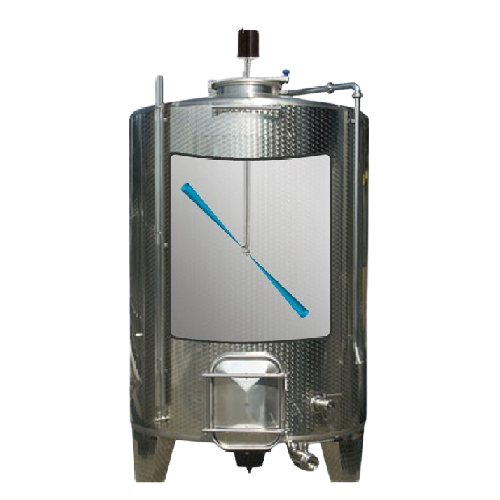
Tank washers for barrel and vat cleaning
Effortlessly maintain hygiene and efficiency in your production line with tank was...
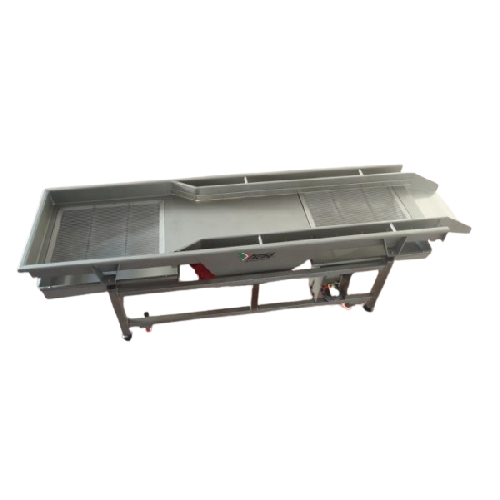
Vibrating table for grape selection
Effortlessly enhance the quality of your grape processing with precision sorting, ensur...
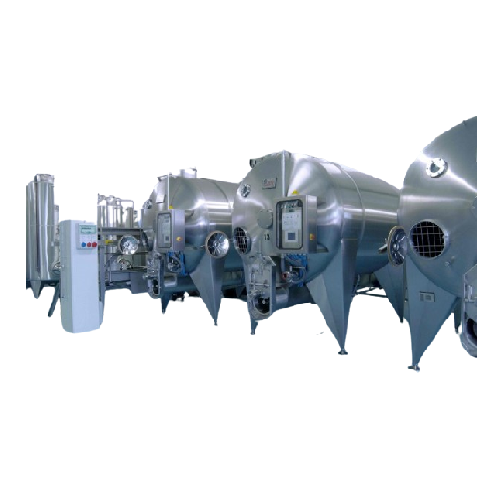
Horizontal fermentation tanks for winemaking
Achieve optimal fermentation with minimal liquid lees through advanced cap ma...
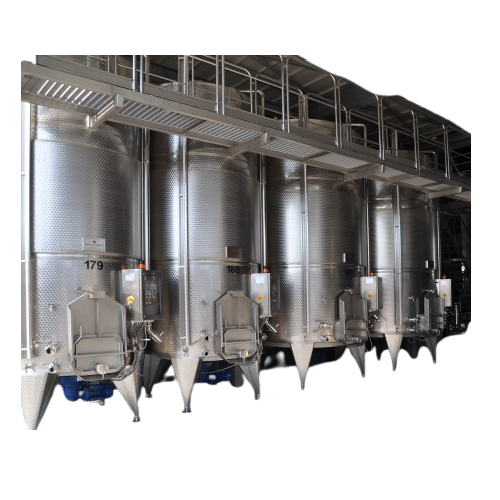
Vertical fermentation tanks for winemaking
Achieve optimal fermentation with vertical tanks designed for gentle must movem...
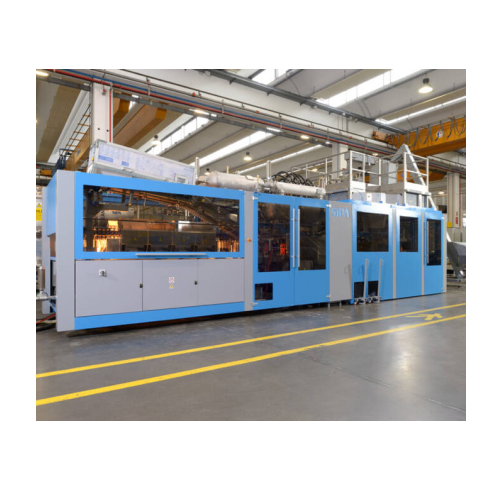
Integrated linear blowing and filling system for Pet containers
Streamline your PET container production with integrated...
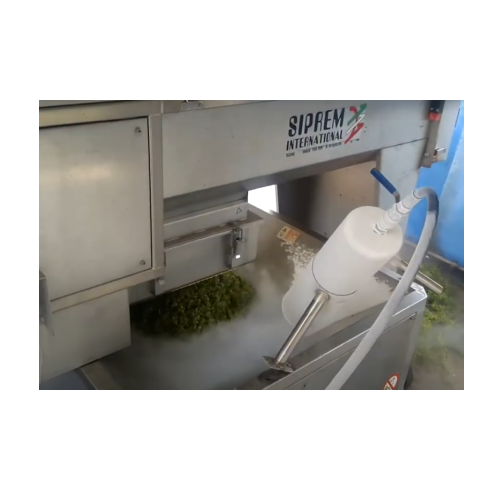
Cryogenic pre-treatment system for grapes
Prevent premature fermentation and enhance extraction in wine production with a ...
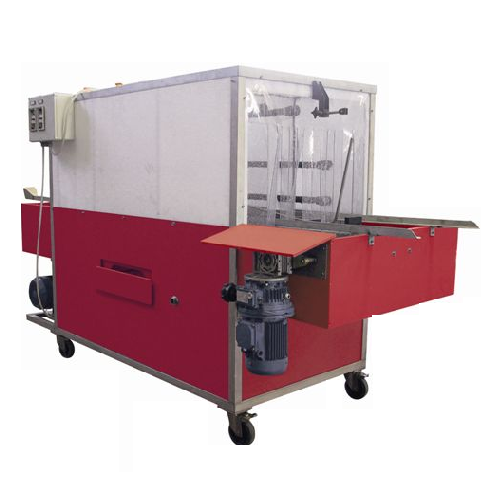
Industrial box washer for wineries
Efficiently tackle the challenge of residue build-up in your processing containers with ...
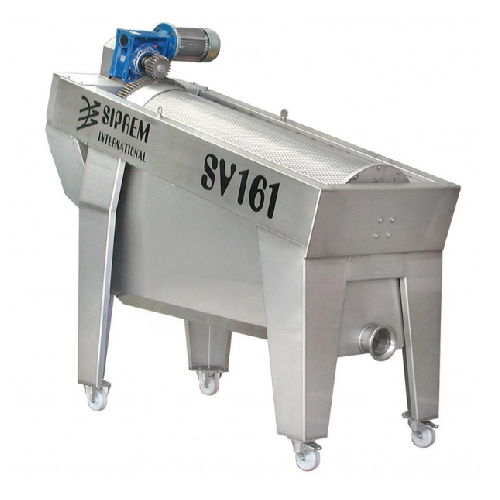
De-juicing unit for wine must processing
Optimize your winemaking process by effectively separating seeds and skins from wi...
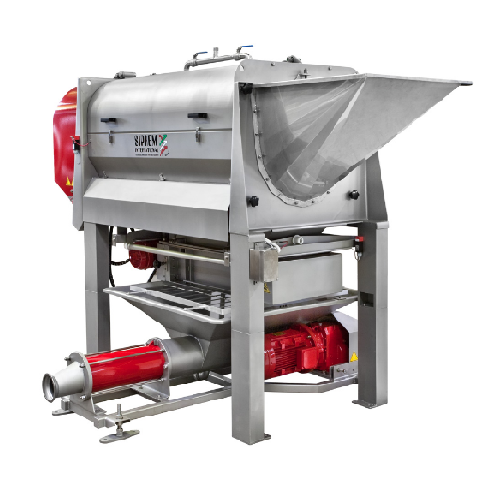
Industrial grape destemmer and crusher
Optimize your wine production with precise destemming and crushing, ensuring top qua...
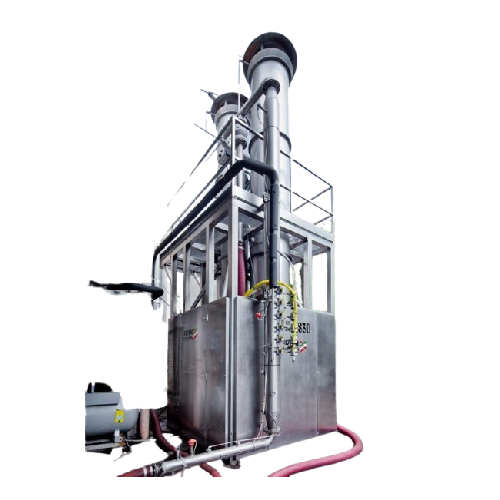
Cold pre-fermentation system for wine extraction
Enhance your wine’s flavor profile with rapid extraction of color, ...
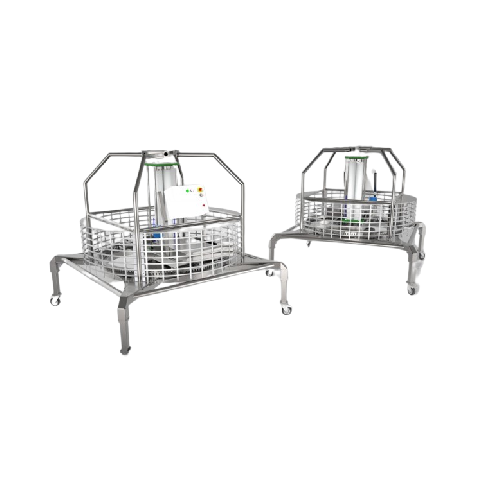
Pneumatic fuller for grape marc cap immersion
Achieve optimal grape marc cap immersion with pneumatic precision, ensuring ...
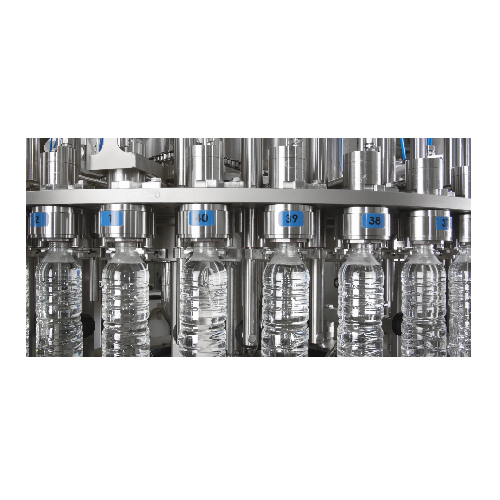
Gravity filling system for Pet bottles
Optimize your beverage production with an advanced gravity filling system, designed ...
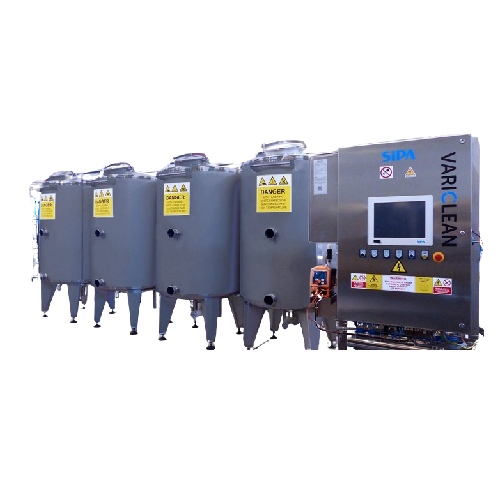
Cip sanitizing unit for food and beverage production
Ensure meticulous hygiene with a compact unit designed for seamless ...
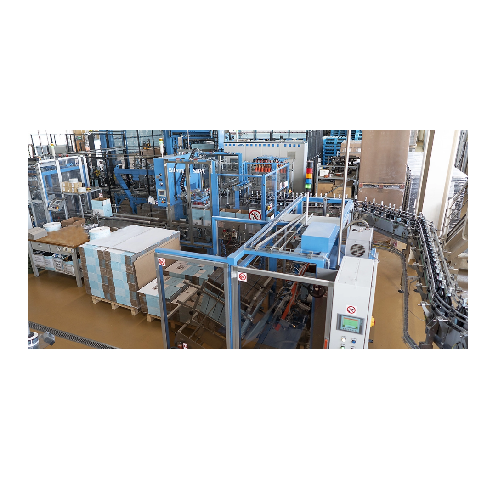
Cartoning solutions for beverage and food industries
Optimize your packaging line with a versatile range of cartoning sys...
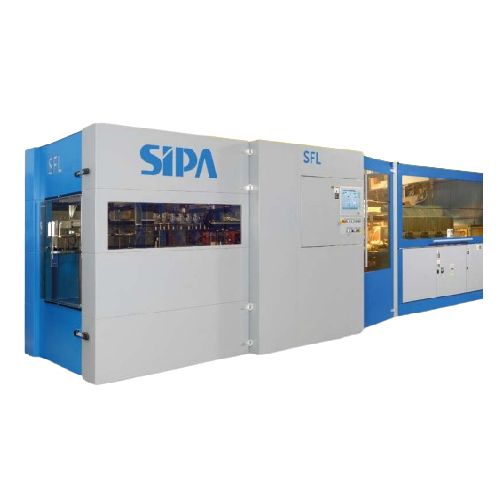
Large size container linear blow molder
Optimize your large-scale production of containers with a solution designed to stre...

Heat exchangers for wine processing
Ensure precise temperature control and efficient cooling for your wine-making process w...
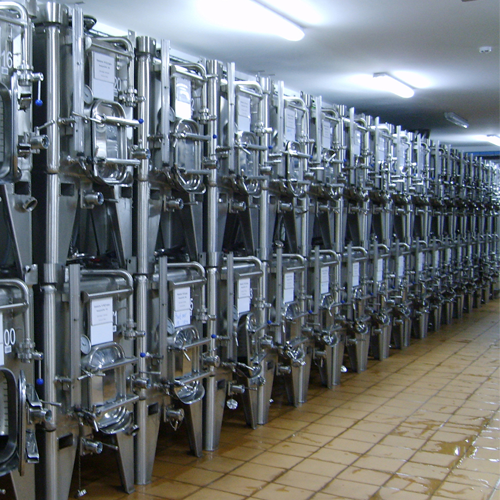
Punching down trolley for wine fermentation
Enhance the extraction of flavors and aromas in your wine fermentation process...
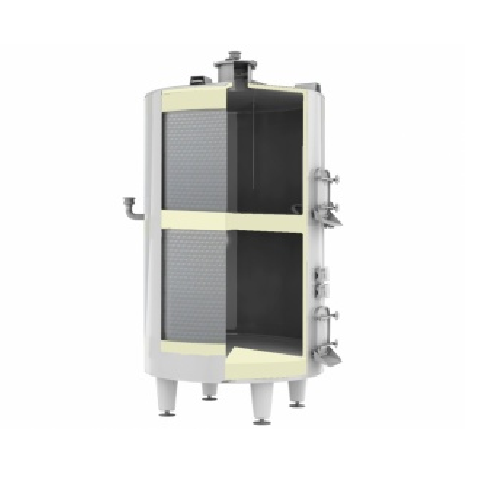
Compartmented tank for wine processing
Optimize your wine production with precise temperature control and efficient space u...
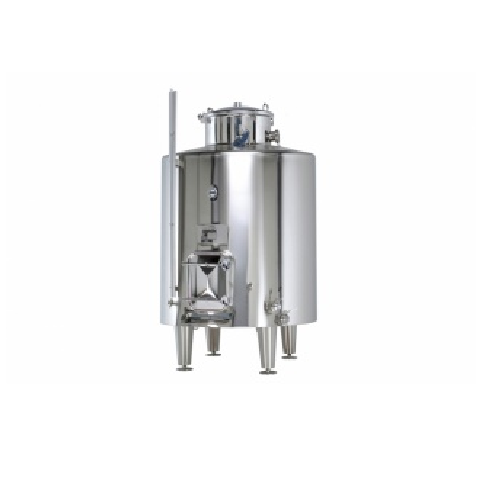
Cylindrical insulated tanks for wine production
Optimize fermentation and storage stages with precision temperature contro...
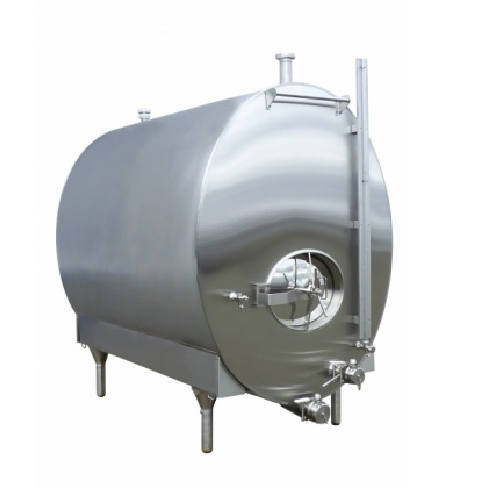
White and rosé wine-making Se elliptical tank
Optimize your wine production with an elliptical tank designed for perfect a...
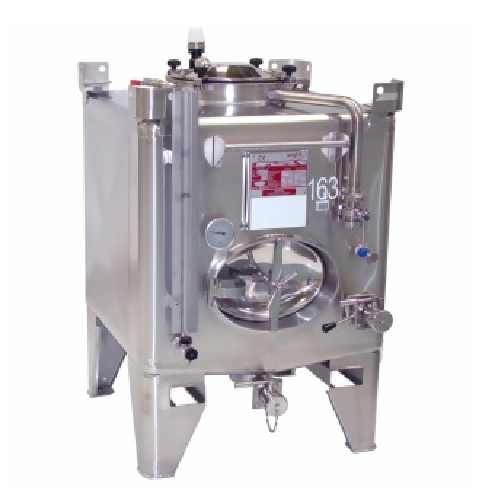
Parallelepipedic tank for wine processing
Streamline your wine-making processes with a versatile tank designed for both re...
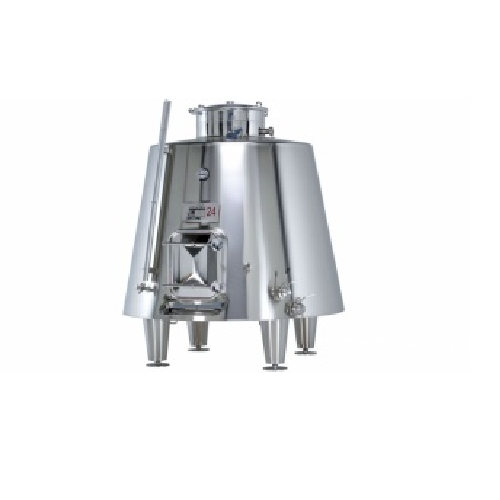
Truncated wine fermentation tank
Achieve optimal temperature control and efficient maceration for red wine production with a...
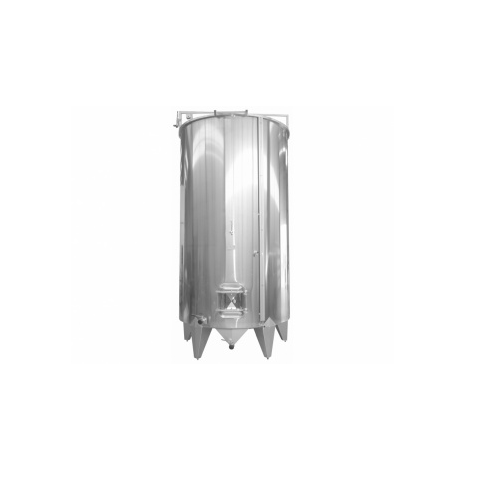
Wine storage tanks for temperature monitoring and control
Optimize your wine-making process with advanced tanks, designe...
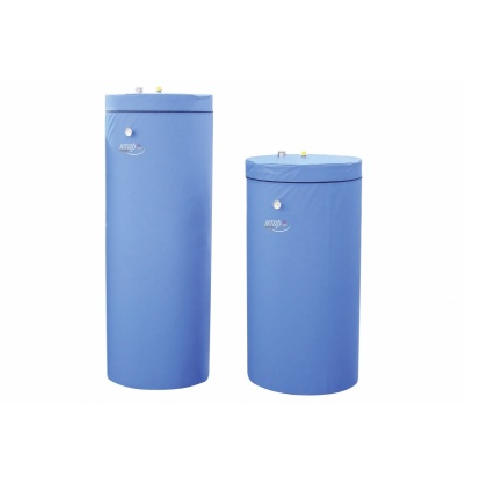
Heat recovery boiler for milk cooling systems
Capture the wasted thermal energy from milk cooling and transform it into us...

Instant milk cooling systems for dairy farms
Optimize your dairy operations by instantly cooling milk with systems designe...
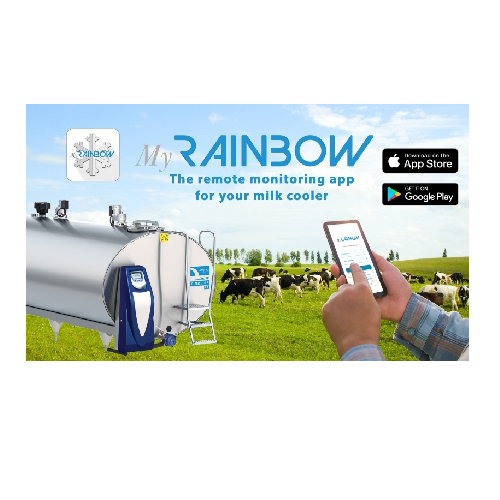
Remote monitoring app for milk coolers
Ensure milk quality and streamline operations with a remote monitoring app that prov...
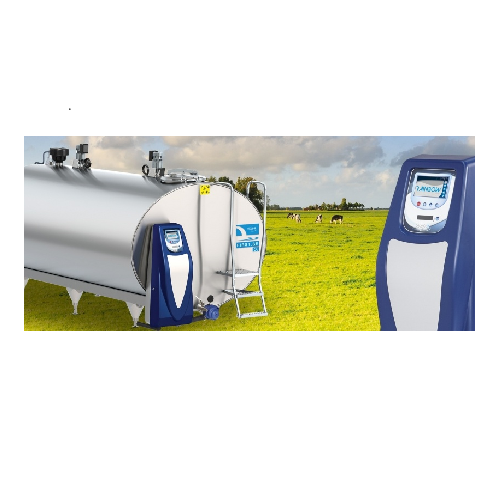
Tank cleaning system for milk quality assurance
Ensure immaculate milk quality and operational efficiency with an automate...
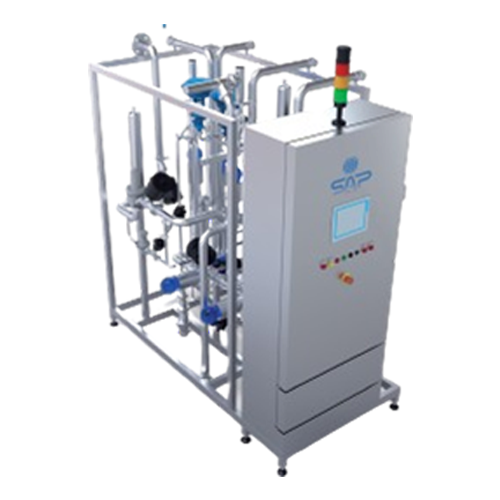
Aseptic tank for liquid food storage
Store and maintain the sterility of low and high acid liquid foods while ensuring prod...
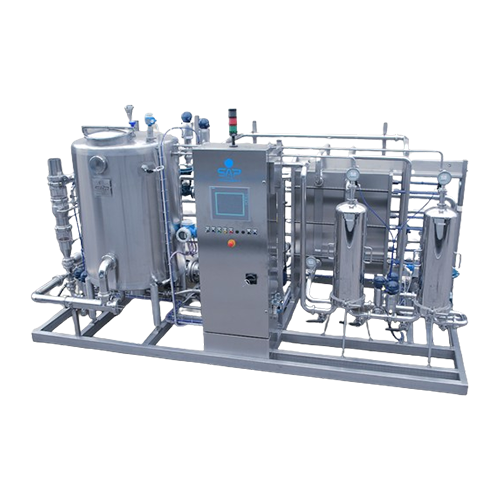
Continuous sugar dissolver for high brix solutions
Optimize your beverage production with a system that dissolves sugar u...
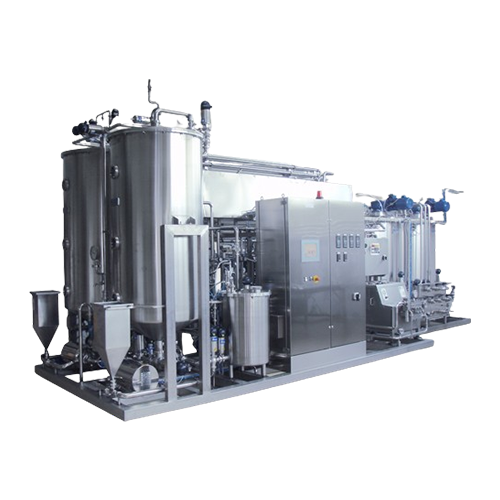
Pasteurization solution for food liquids
Extend the shelf-life of your liquid products while maintaining their quality with...
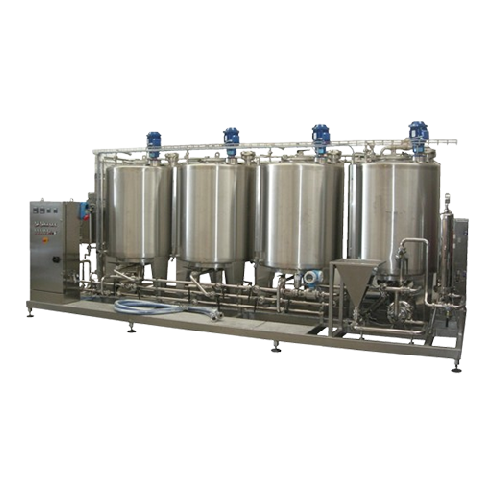
Custom syrup preparation systems
Optimize your beverage production with precision-engineered syrup preparation systems desig...
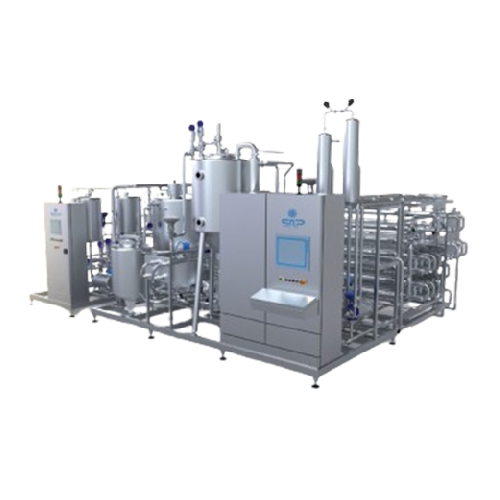
Uht sterilization solution for liquid food products
Enhance your liquid food processing with reliable UHT sterilization, ...
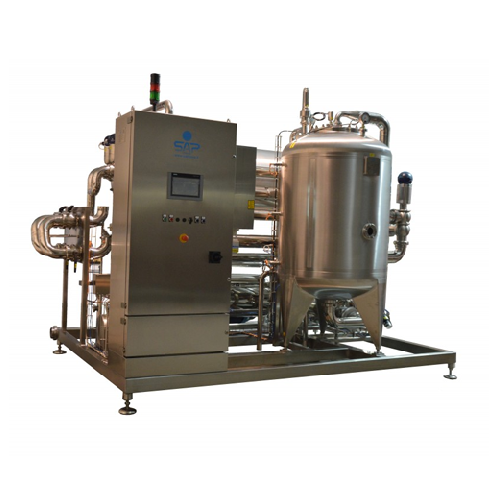
Industrial solutions for beverage mixing and carbonation
Optimize your beverage production with precise mixing and carbon...
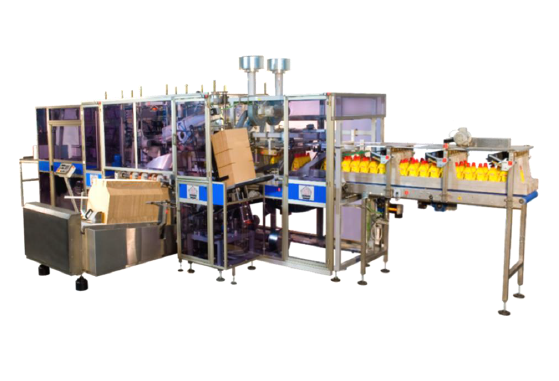
Multifunction case packer for bottles and jars
New ways of packaging products are popping up all the time on the market. T...
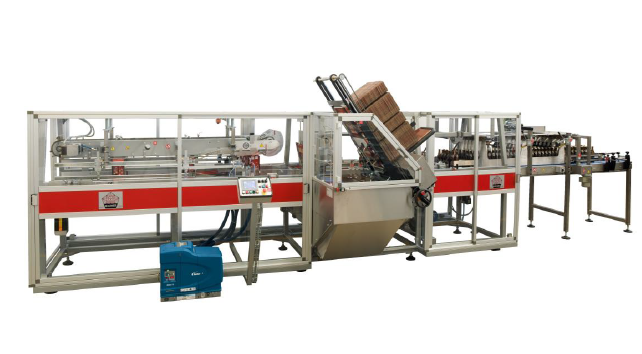
Wrap-around case packer for cans or bottles
When it comes to beer packaging, most of the manufacturers use plain box carto...

Wraparound case packer
Packaging companies need to pay attention to personalization in shape and design in addition to the at...
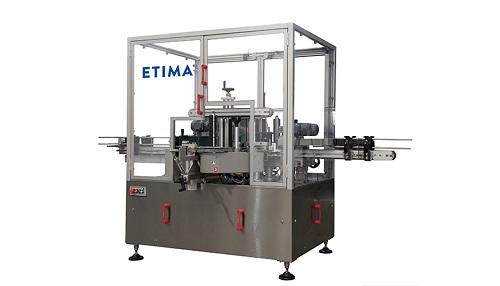
Self-adhesive linear labeling machine for bottles
It is vital to have precise and long-lasting labels on bottles to avoid...
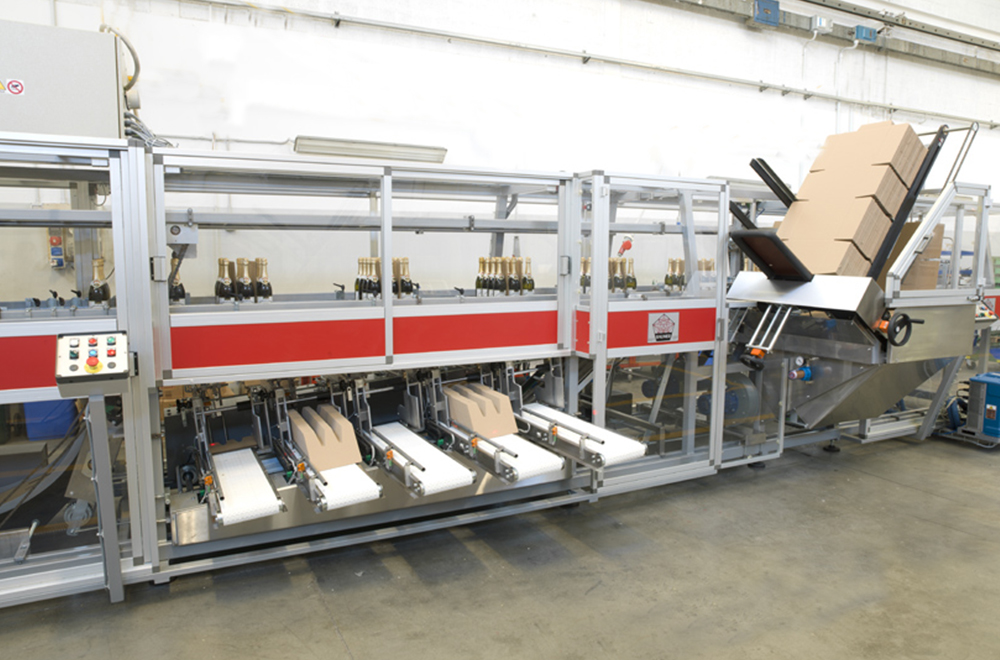
Cartoner with partitions for wine
Products filled in glass containers like wine, usually require carton packaging with pref...

Industrial crate washing machine
In order to meet the increasing demand of the beverage industry, it’s essential to find a c...
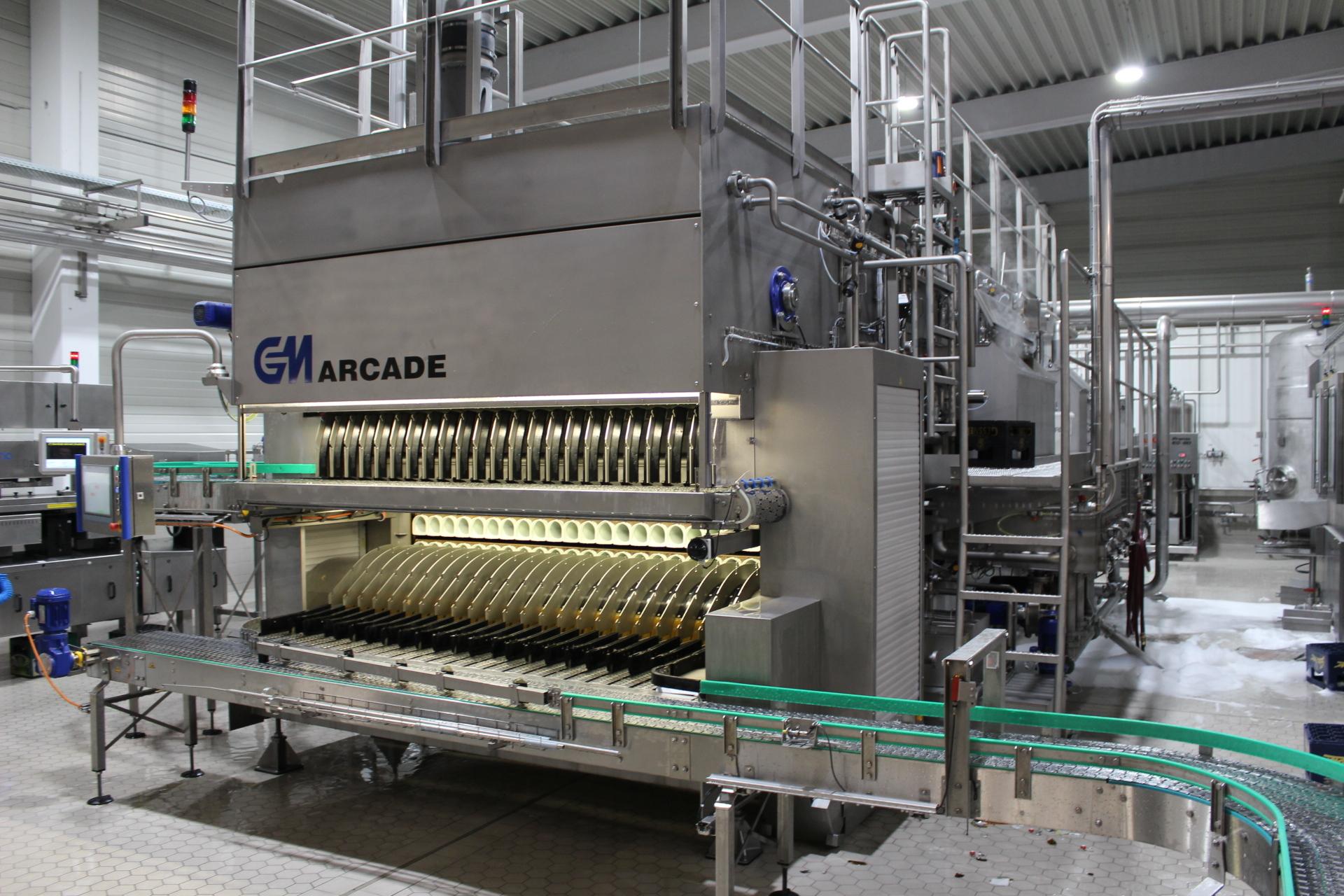
Industrial bottle washing machine
Polyethylene terephthalate (PET) and glass bottles are widely used in the beverage indust...
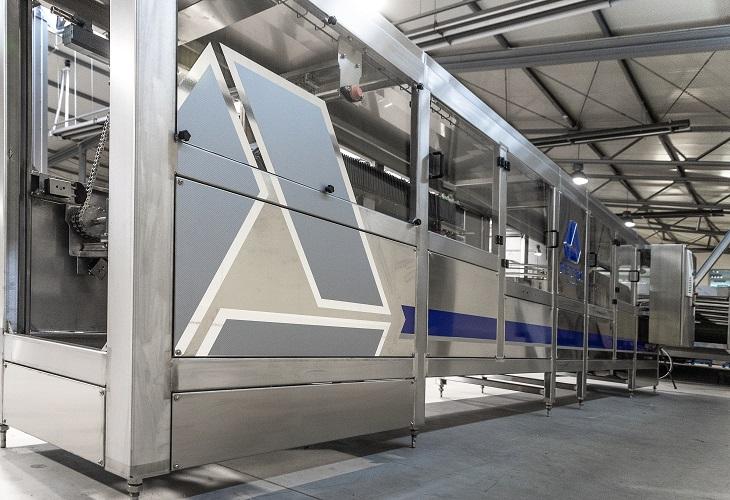
Industrial bottle sterilizer
Sterilization is an important process in the beverage industry to kill microorganisms. It is im...
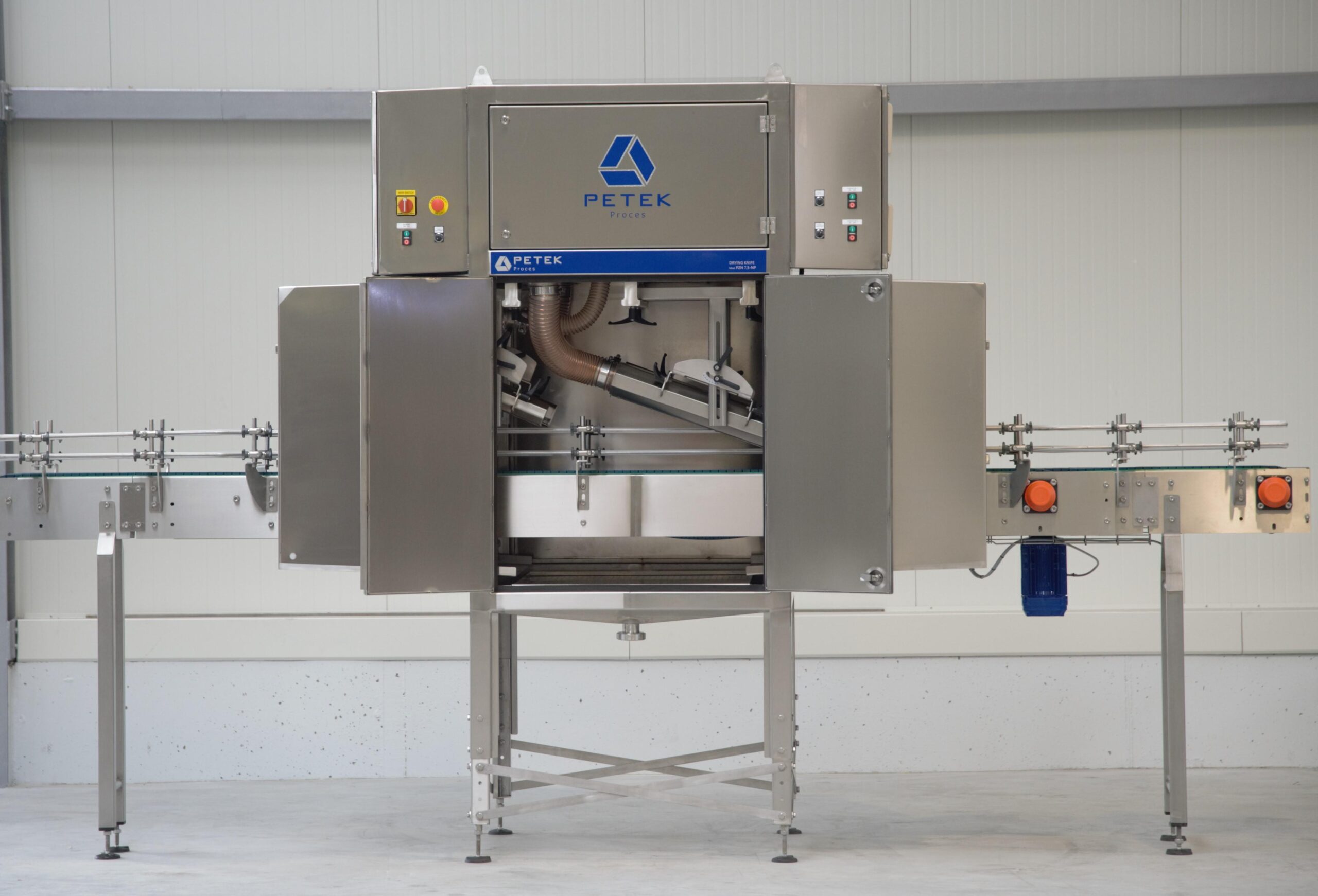
Air knife system for bottling lines
Wet containers are unacceptable and can be problematic in the food and beverage industr...
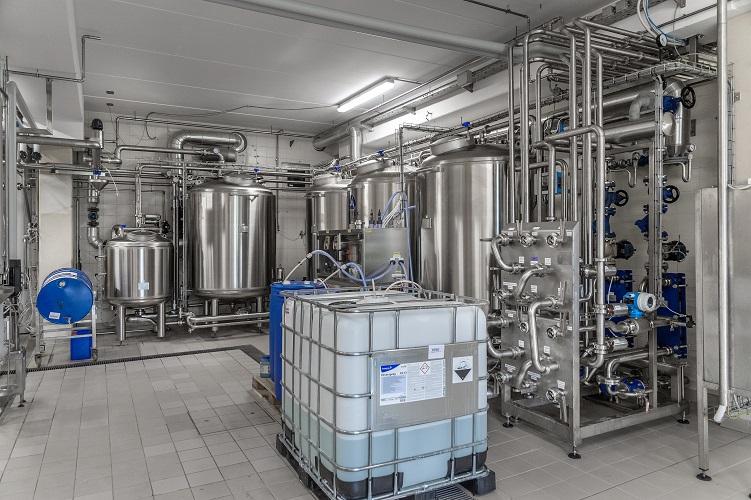
CIP system for beverage
Clean-in-place operations are a mandatory part of food and beverage processing which cannot fail. How...
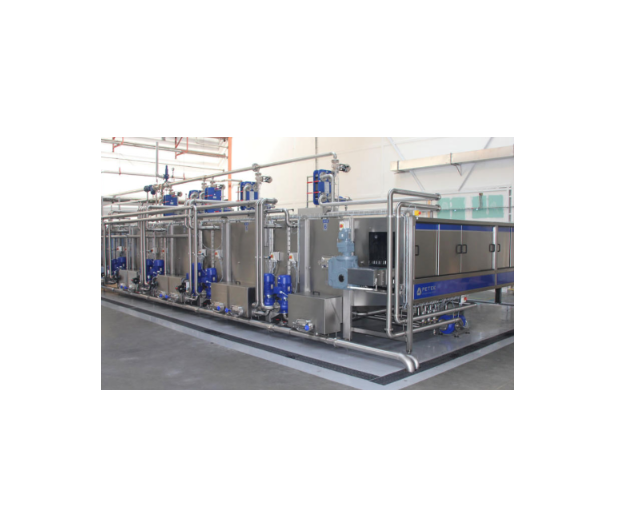
Tunnel pasteurizer for beverage
In the beverage industry, beverages need to be pasteurized in order to destroy pathogens, an...
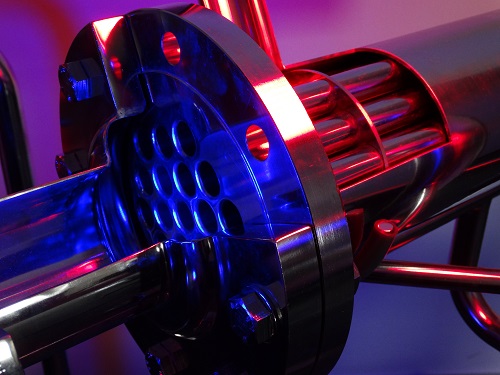
Shell and tube heat exchanger
Heating, cooling and tempering are important processes in the production of many products acro...
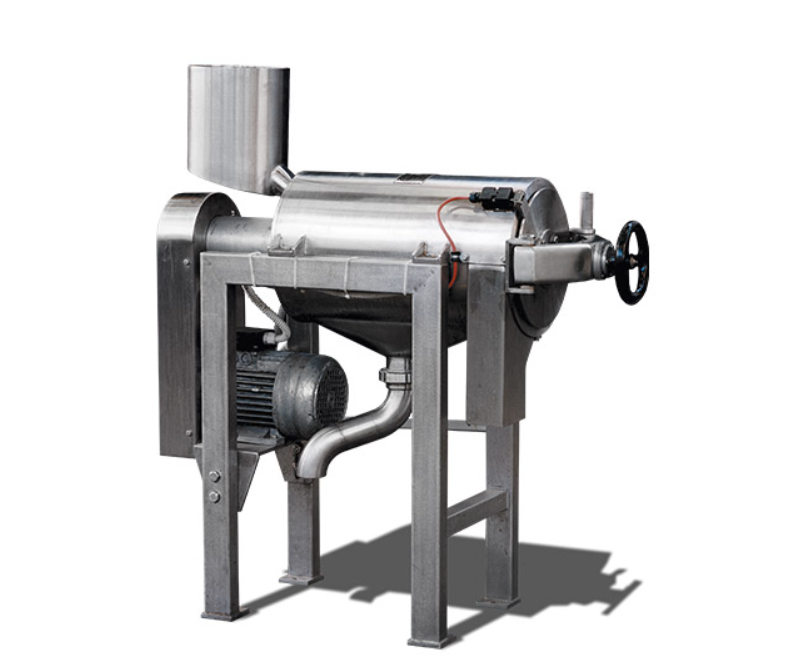
Fruit pulping machine
When making fruit pulp, a pulping machine helps you remove seeds, stems, and skins from your fruit. How...
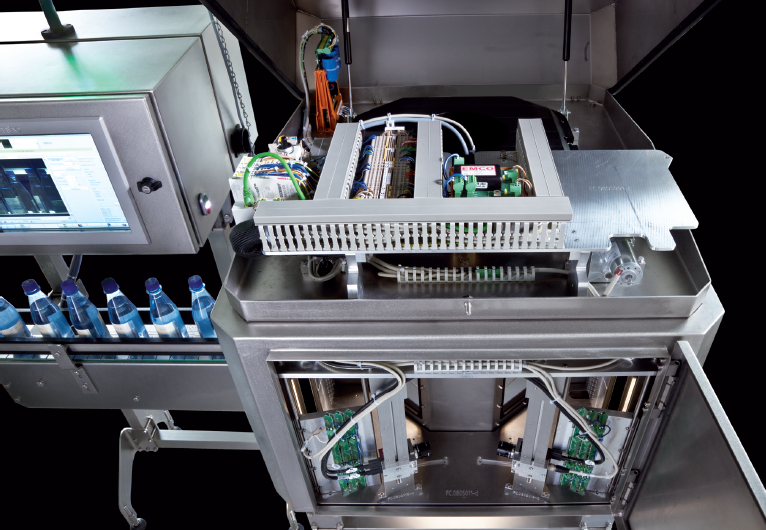
Versatile bottle sorting system
Quality bottle sorting machine and inspection system which can be put to use not only after ...
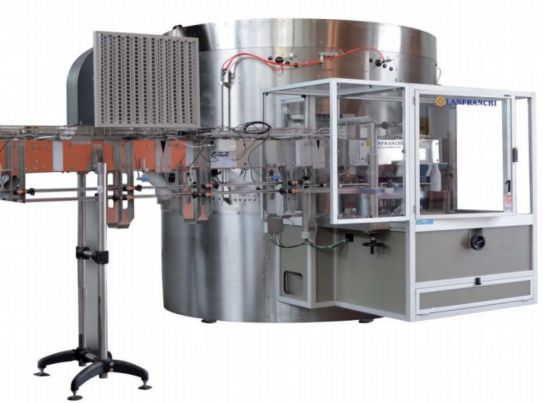
High-speed unscrambler for large bottles
Large volume plastic bottling plants need high-speed unscramblers suitable for lar...
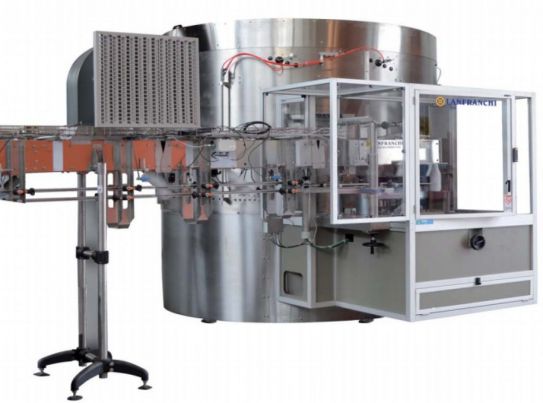
High-speed unscrambler for small bottles
Large-scale production of smaller volume bottled product needs a gentle, accurate ...
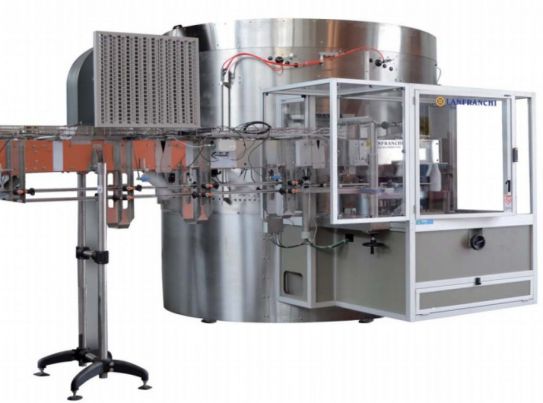
Low-speed unscrambler
Smaller plastic bottling lines need a lower cost, lower volume unscrambling machine that maintains gent...
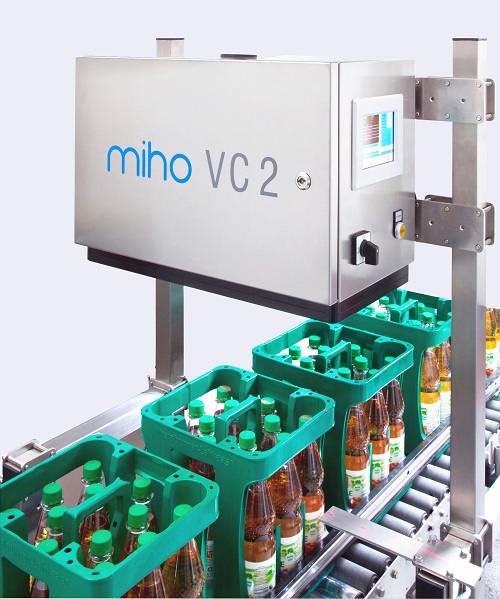
Full crate inspection system
State of the art crate inspection system that uses a laser camera system to see if the bottles ...
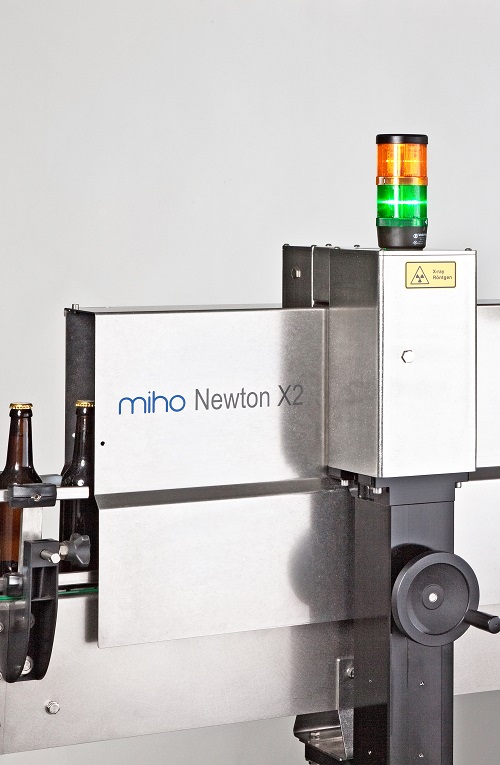
High-precision X-ray fill level controller
High-speed, high precision X-ray system to inspect containers that are difficul...
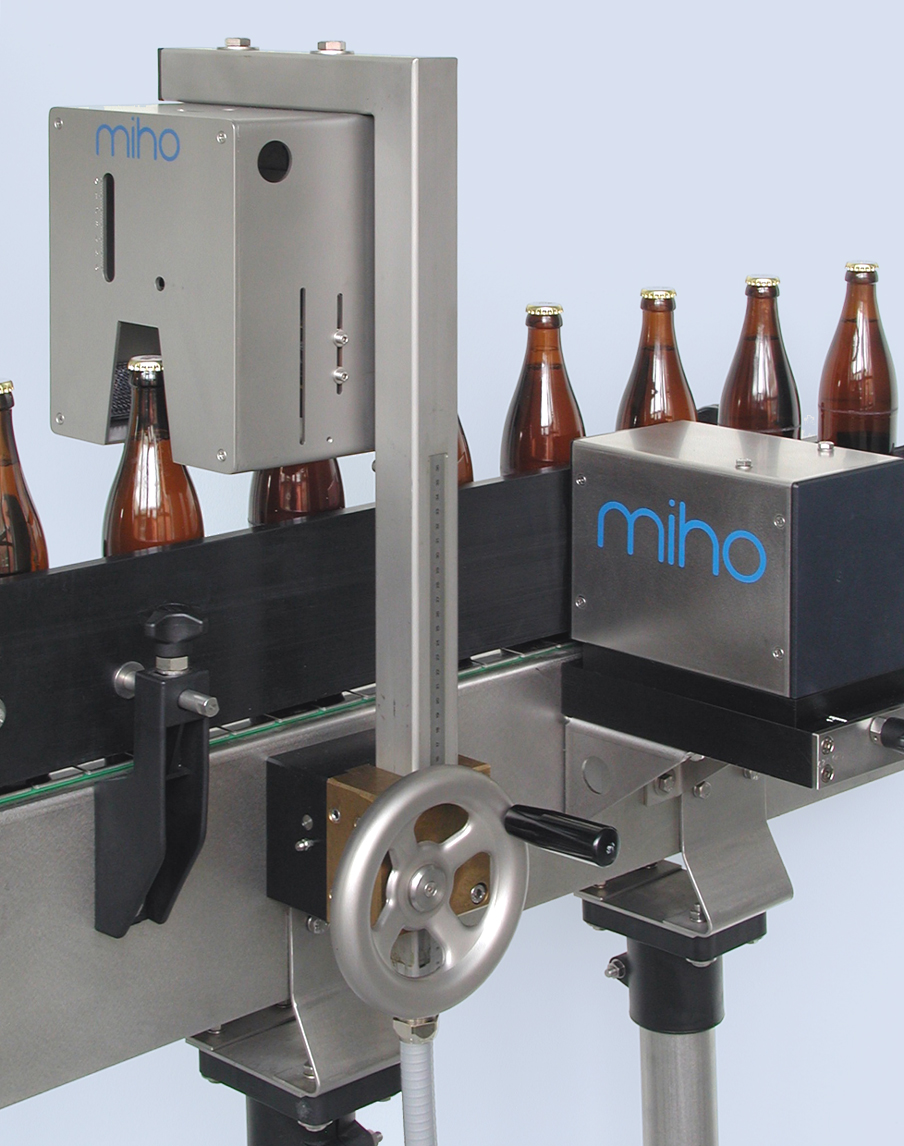
High-frequency fill level controller
In terms of high-frequency technology, the fill level detection is considered a standa...
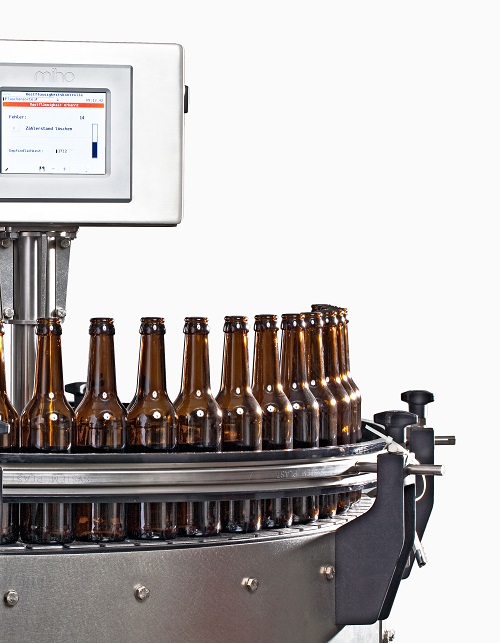
Advanced residual liquid inspection system
Advanced and easy to use inspection system that eliminates the risk of residual...
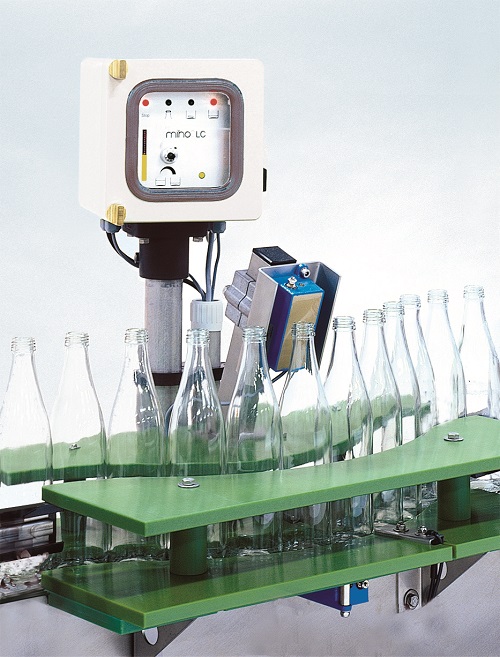
Residual liquid inspection system
Inspection system that eliminates the risk of residual liquid, water or left over drink i...
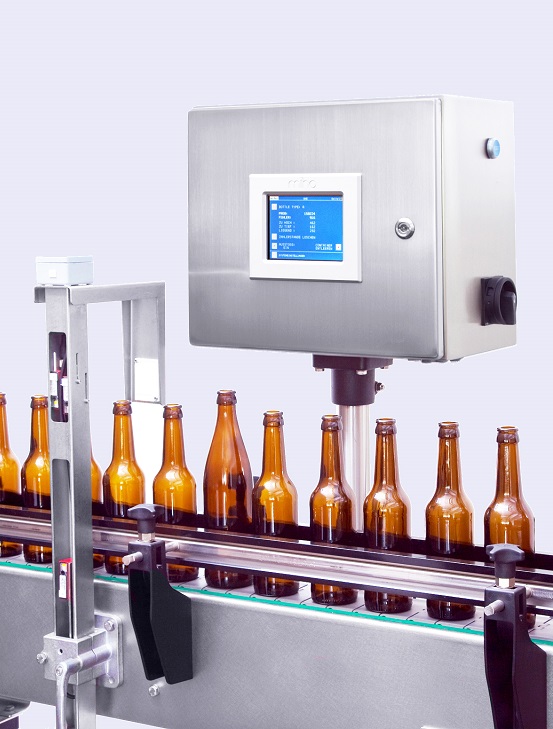
Empty bottle height sorting system
An empty bottle sorting system that uses the light barrier technology. It detects bottle...
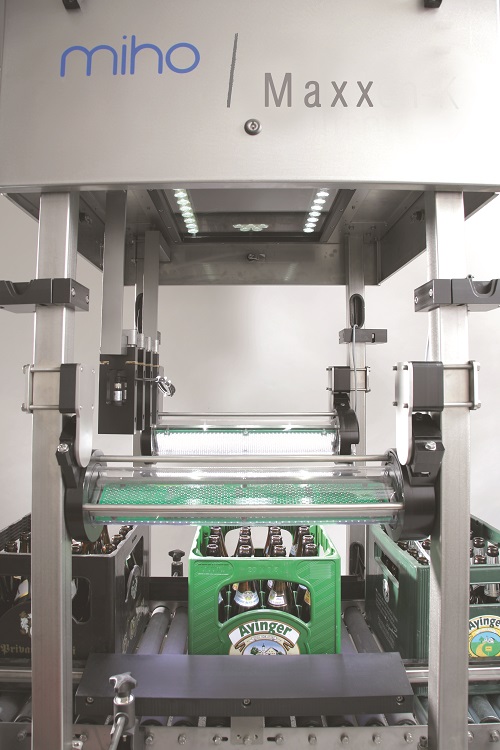
Empty crate inspection system
Extensive and much-differentiated inspection of both the crate and the bottle that allows you ...
